As you may expect, the public regularly contacts us regarding watches and other military items they are looking to sell.
One such enquiry last year surpassed all our expectations and lead to a truly remarkable discovery.
After a series of brief telephone calls and a rather arduous journey from London to Plymouth, I arrived at the seller’s home to find what can only be described as a vast treasure trove of items belonging to the late Jessie Edwin George Hancock DFC.
Incredibly, the collection had been stored in the loft for thirty years since Hancock passed away, aged 81, in 1992.
Following the 80th anniversary of the second and decisive battle of El Alamein, now would seem an appropriate time to shine a light on this very special collection and reflect on Hancock’s extraordinary service in the RAF.
Jessie “Hank” Hancock joined the RAF Volunteer Reserve on 3 April 1939 and was mobilised on 2 September 1939, just a day before Britain declared war on Germany. He received his commission as a Pilot Officer on 5 May 1940.
Immediately after his initial training as a Navigator and Bomb Aimer, Hancock joined 38 Squadron, which was one of the few RAF squadrons to fly the Vickers Wellington bomber throughout the entire war. One of its former commanders was Arthur T Harris, who famously went on to become C-in-C of Bomber Command.
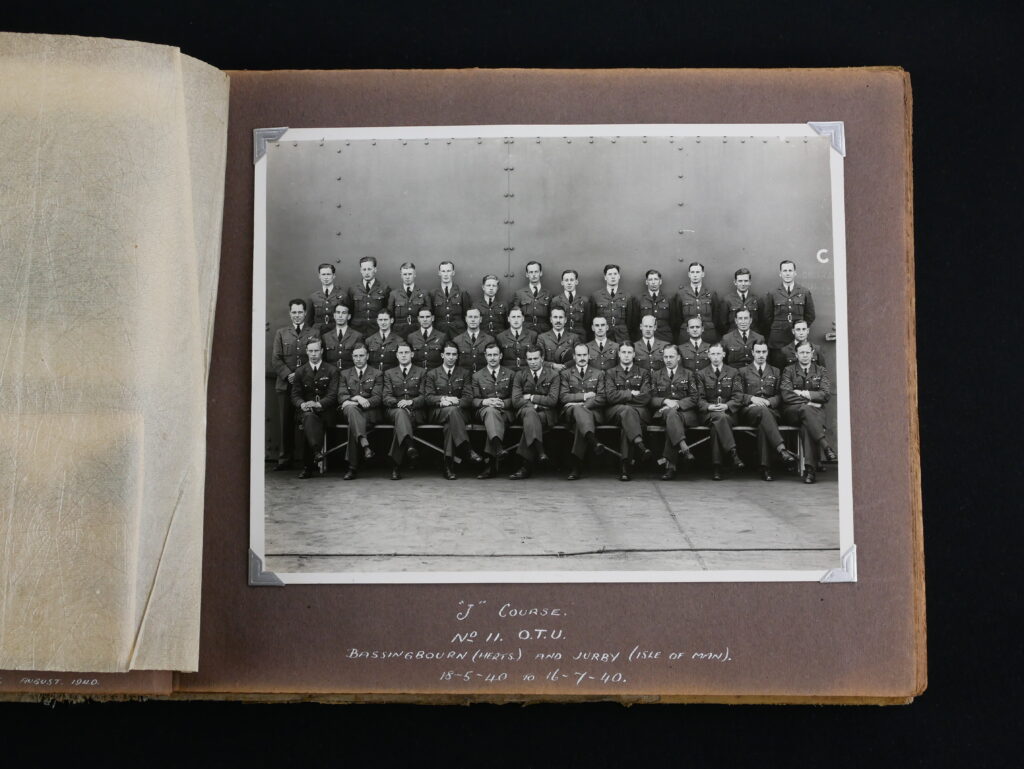
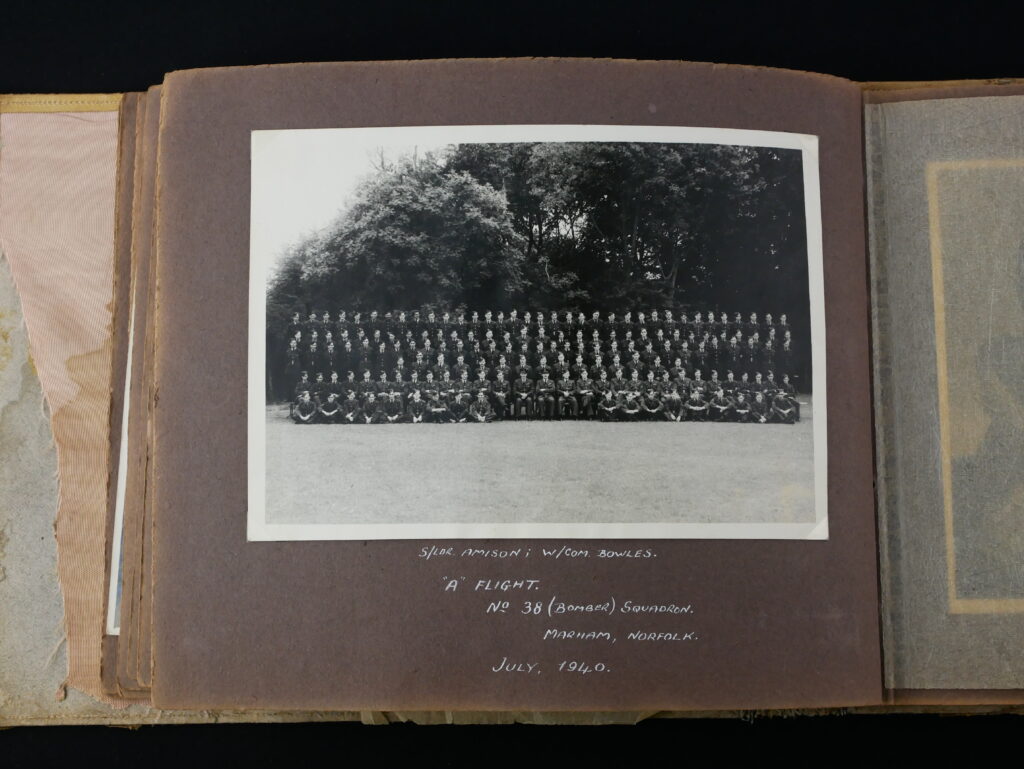
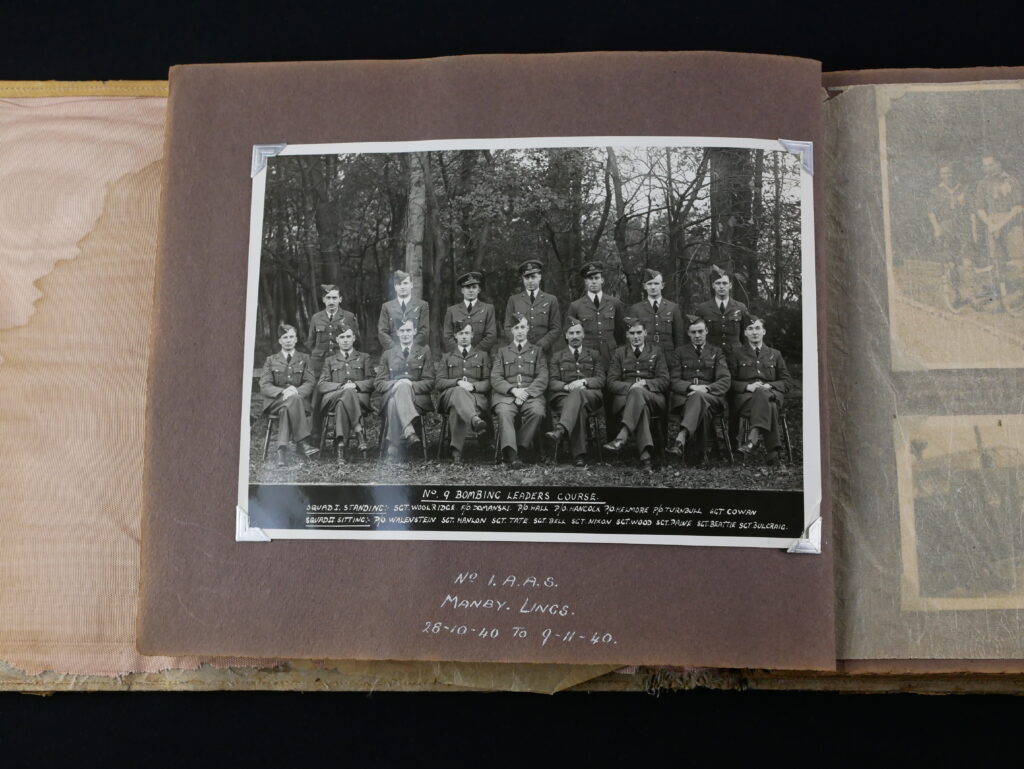
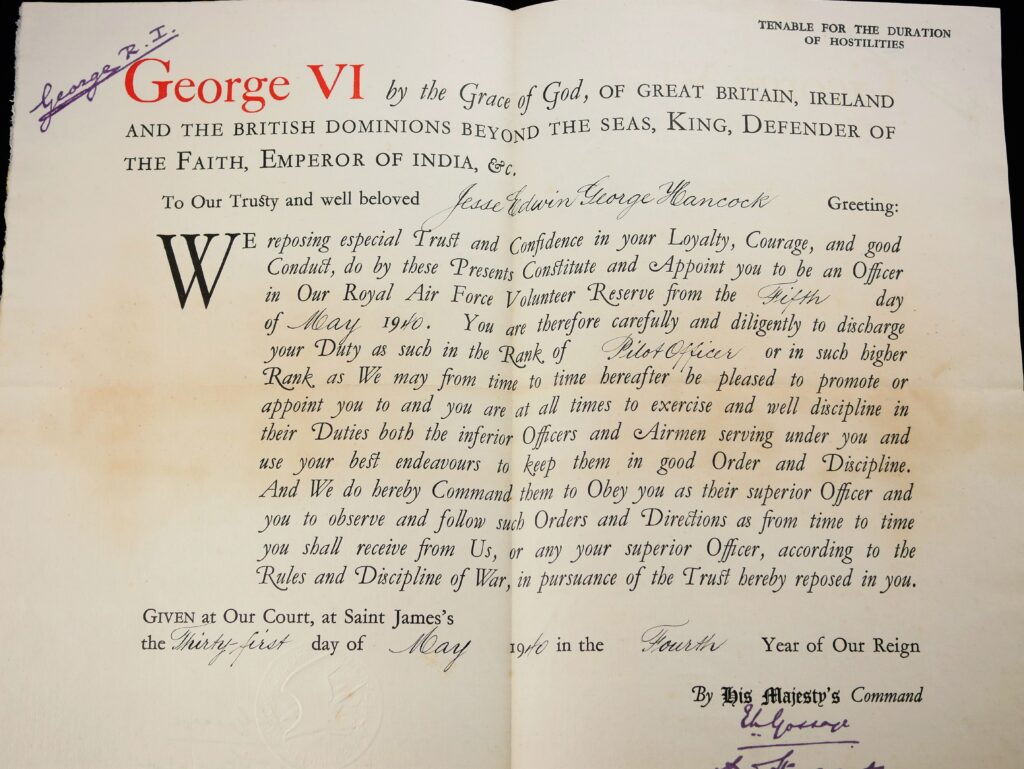
Hancock flew operational sorties during the Battle of Britain in 1940 over Germany and France.
His two logbooks confirm he flew raids on Kiel and Hamburg and sighted the famous German battleships, Bismarck, Gneisenau, Scharnhorst and Deutschland.
Remarkably, Hancock also flew raids over Calais and Le Havre in September 1940 to attack the invasion barges being prepared for Hitler’s planned invasion of Britain, codenamed Operation Sea Lion.
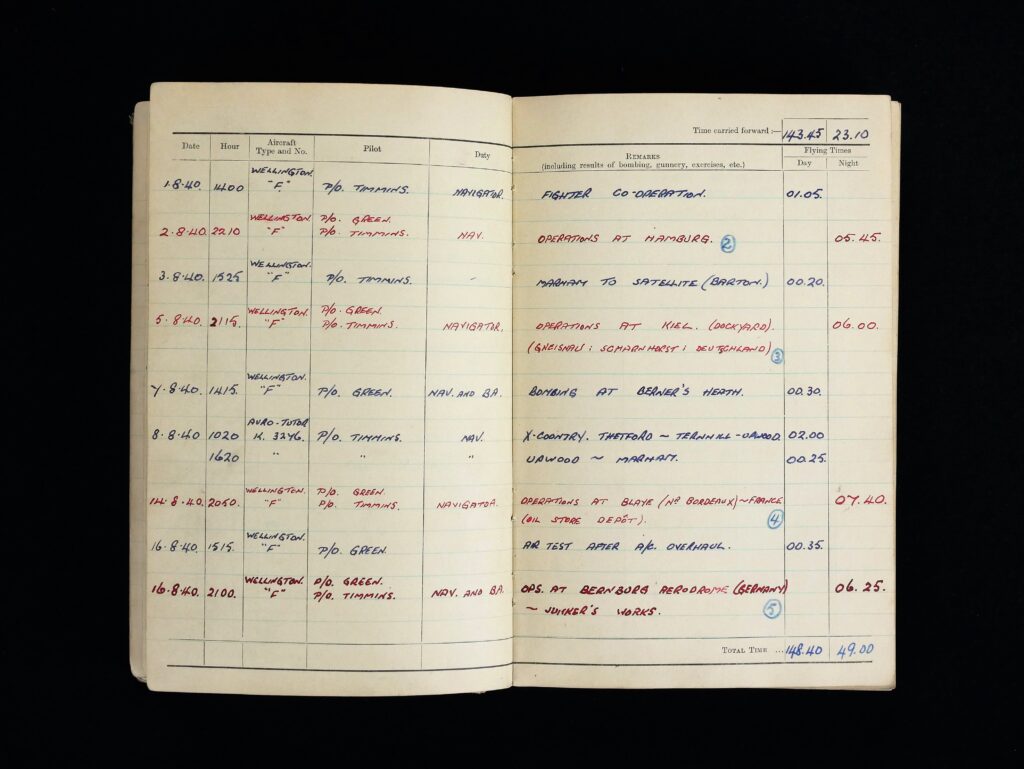
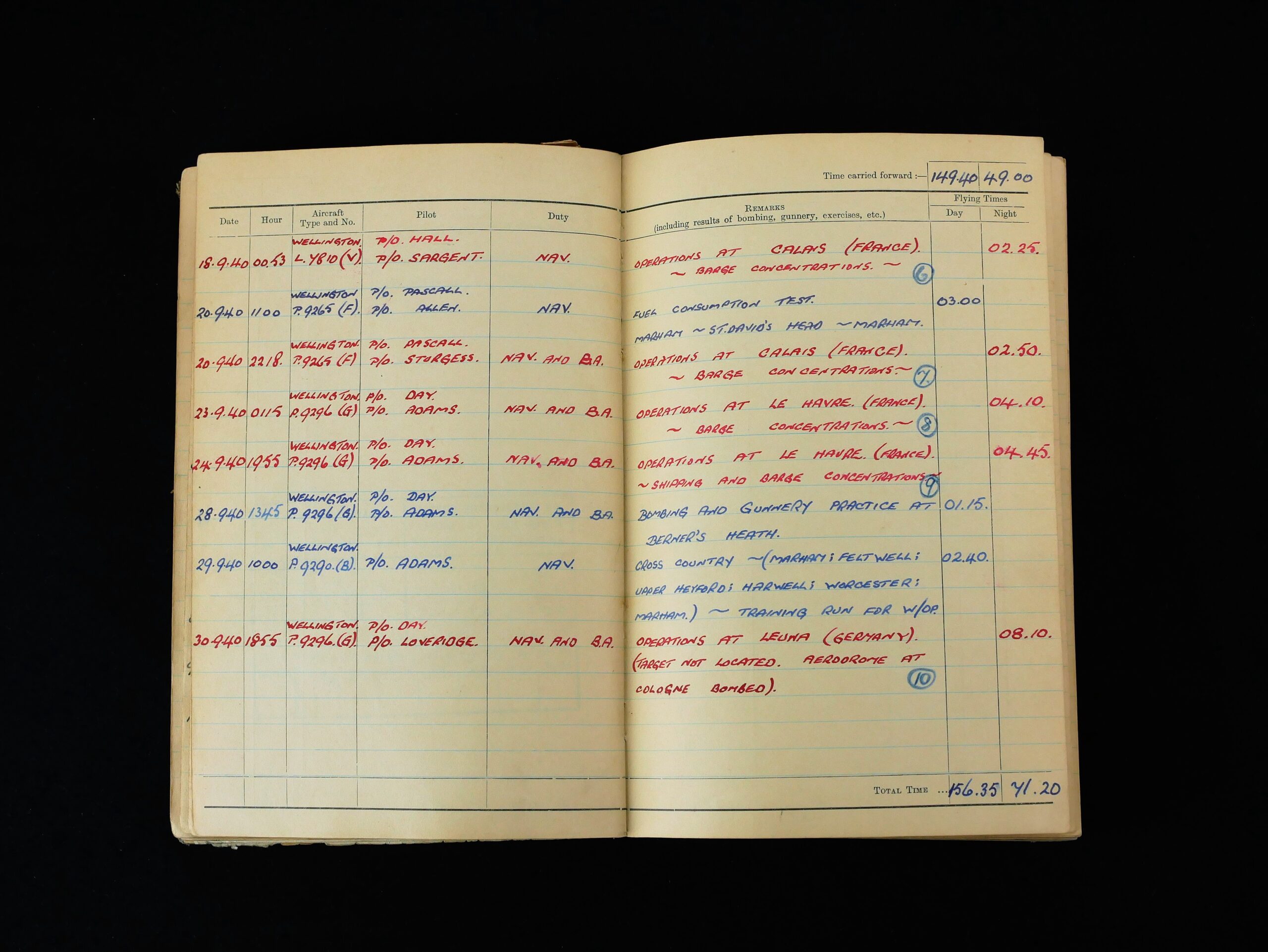
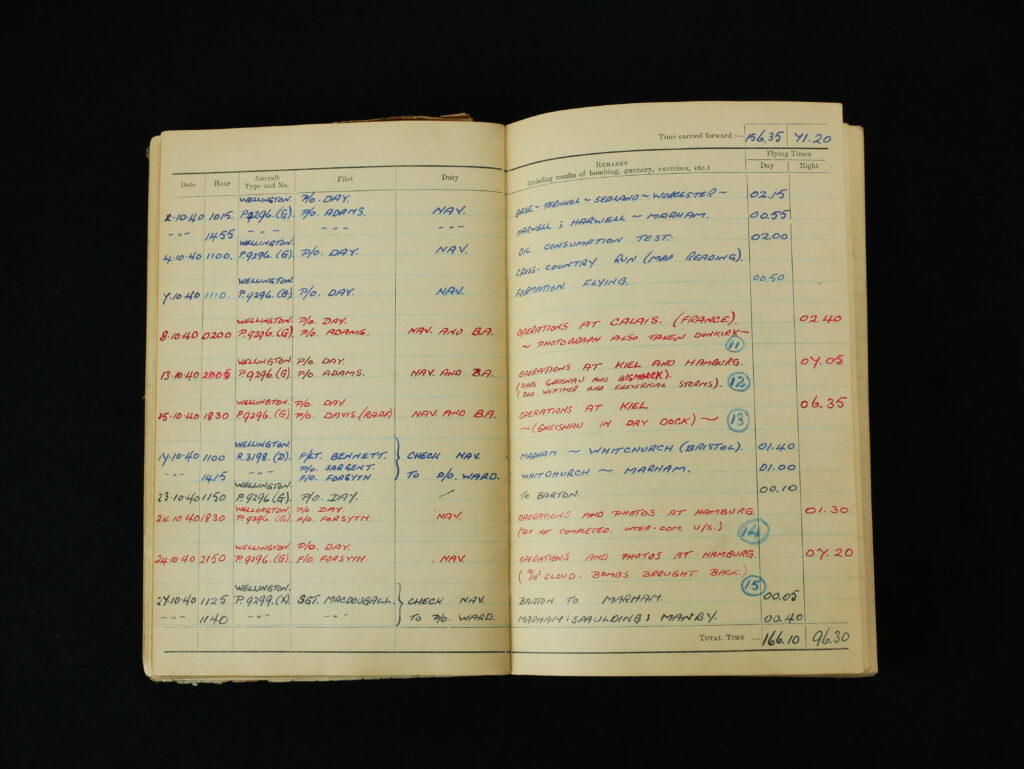
Hancock and 38 Squadron then transferred to the Middle East where they played a pivotal role in the Allied victory at El Alamein.
The Wellingtons of 38 Squadron were adapted to carry torpedoes which were used to attack Axis convoys carrying the vital fuel supplies Rommel needed to keep his tanks on the move.
Hancock’s logbooks note the special training involved in the lead-up to these crucial attacks. The collection also contains amazing original photos of their low-level practice bombing runs and instructions on how to fly the modified Vickers Wellington armed with torpedoes.
These specially adapted Wellington torpedo bombers became affectionately referred to as “Torpingtons” and one could say they were the Dambusters of the sea!
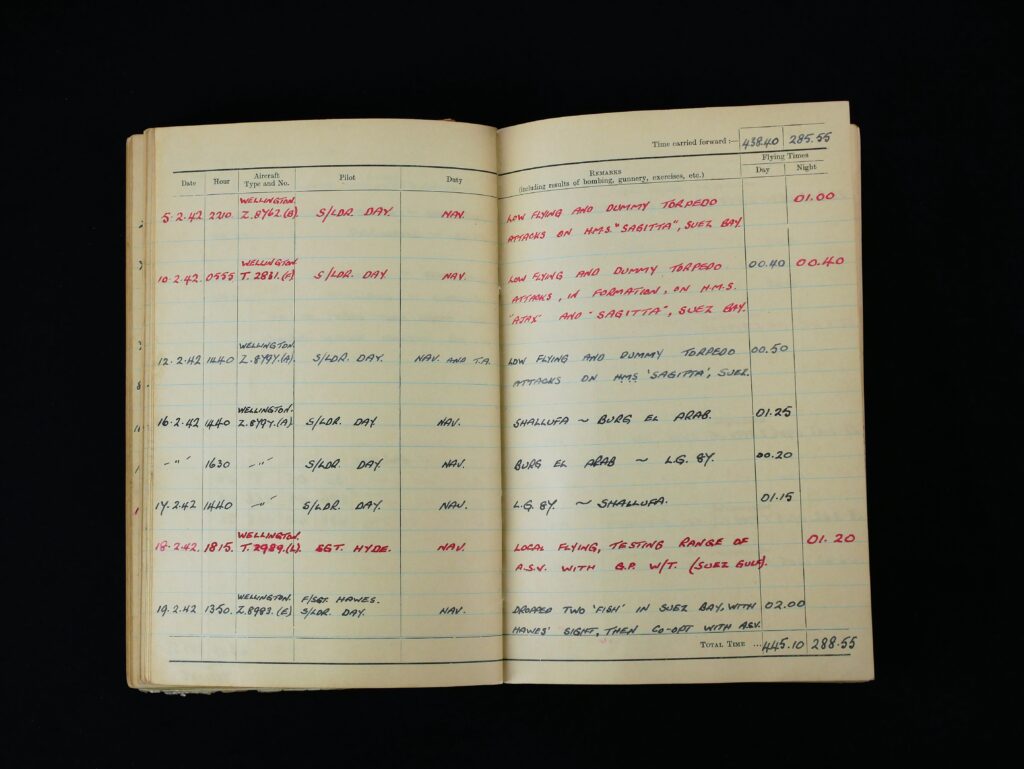
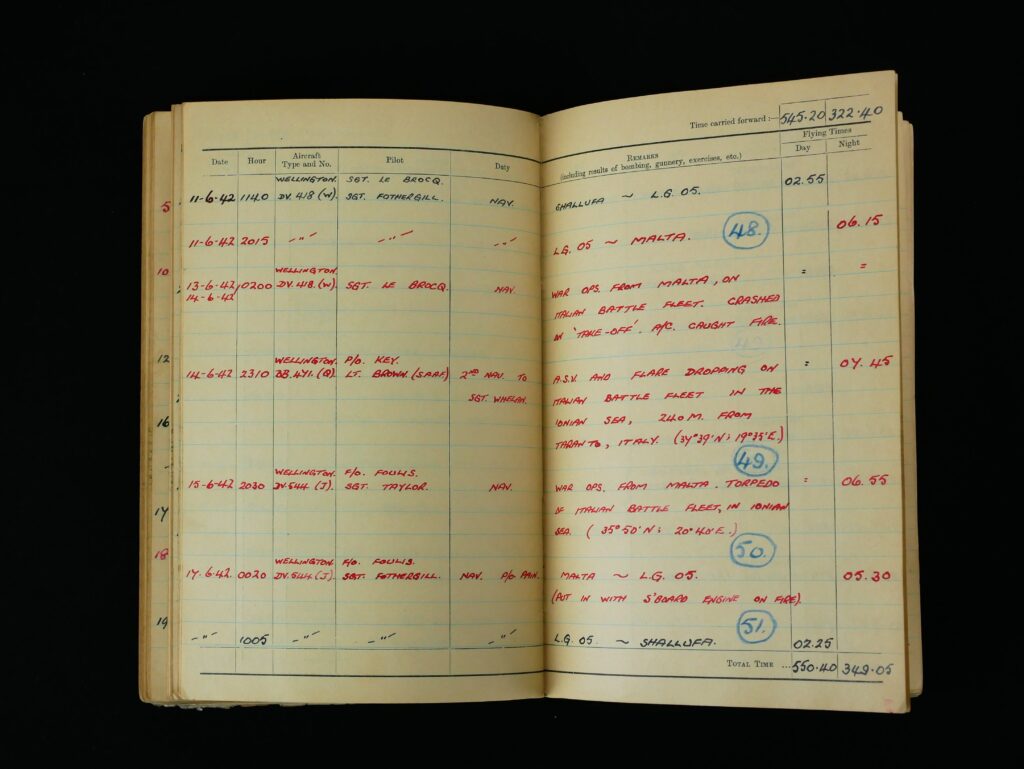
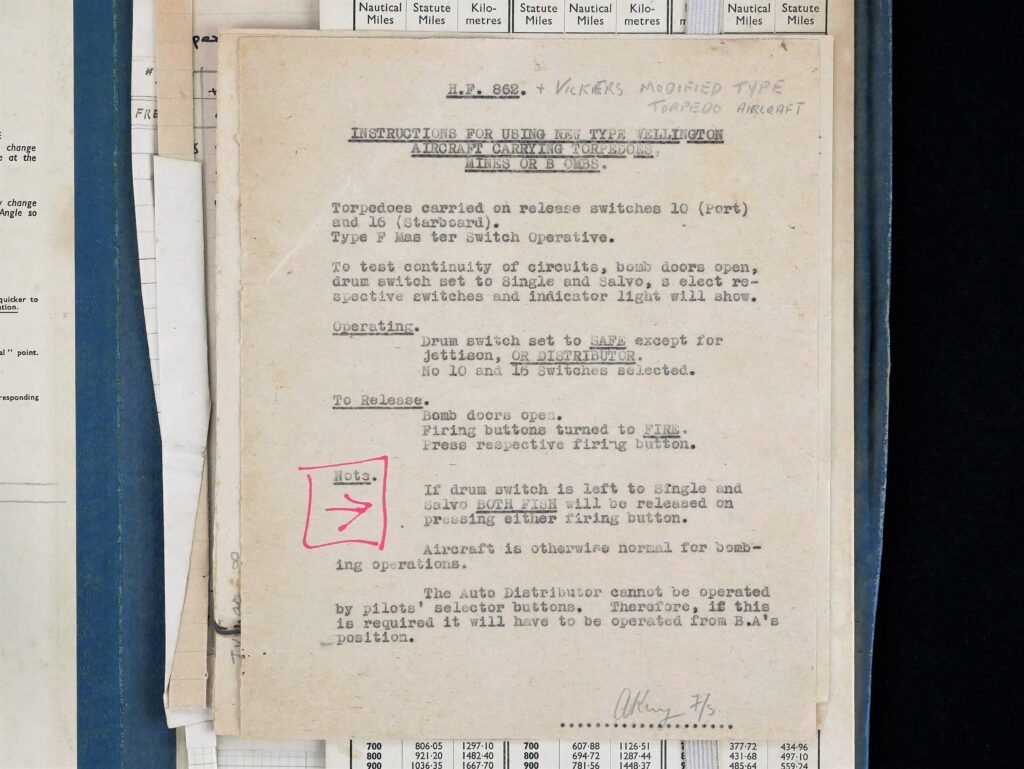
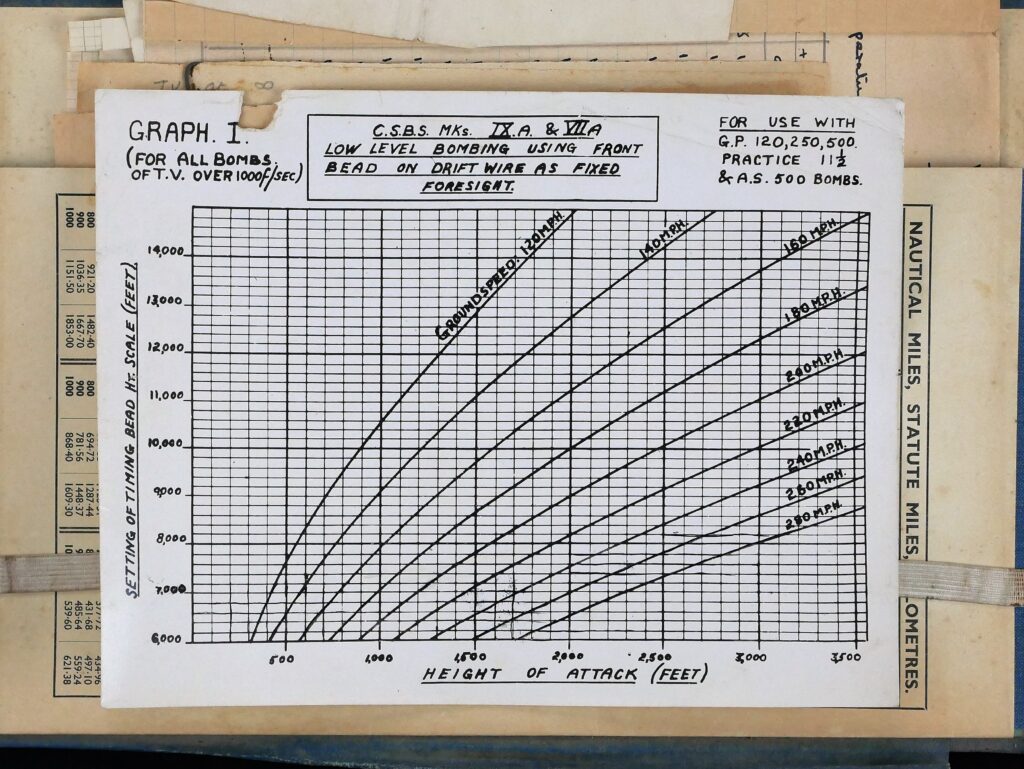
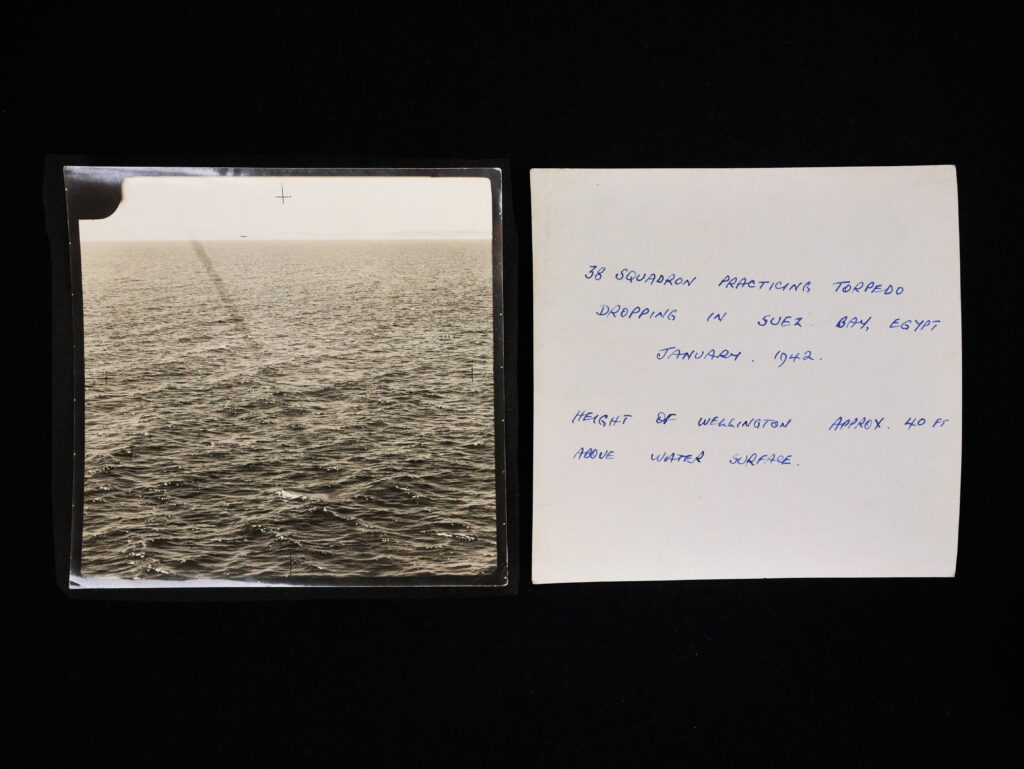
A very interesting article detailing the “Torpingtons” can be viewed via the following link:
https://www.key.aero/article/38-squadrons-wellington-torpedo-bombers
Montgomery had a huge appreciation for the efforts of 38 Squadron and 201 Group RAF and sent the following note of thanks to them:
“Recent attacks carried out against enemy ships so vital…were a wonderful achievement. I would be grateful if you would convey to those responsible our gratitude for operations carried out…epic against ships at sea”.
The victory in the desert at El-Alamein is considered by many to be a major turning point in the Second World War. Winston Churchill certainly thought as much and included the following in his memoirs: “It may almost be said, before Alamein we never had a victory. After Alamein we never had a defeat”.
Hancock was mentioned in dispatches in January 1942 and won the Distinguished Flying Cross (DFC) in December 1942, shortly after the victory at El Alamein.
His DFC with original box and citation and nine medal group with miniature mess medals are included within the collection.
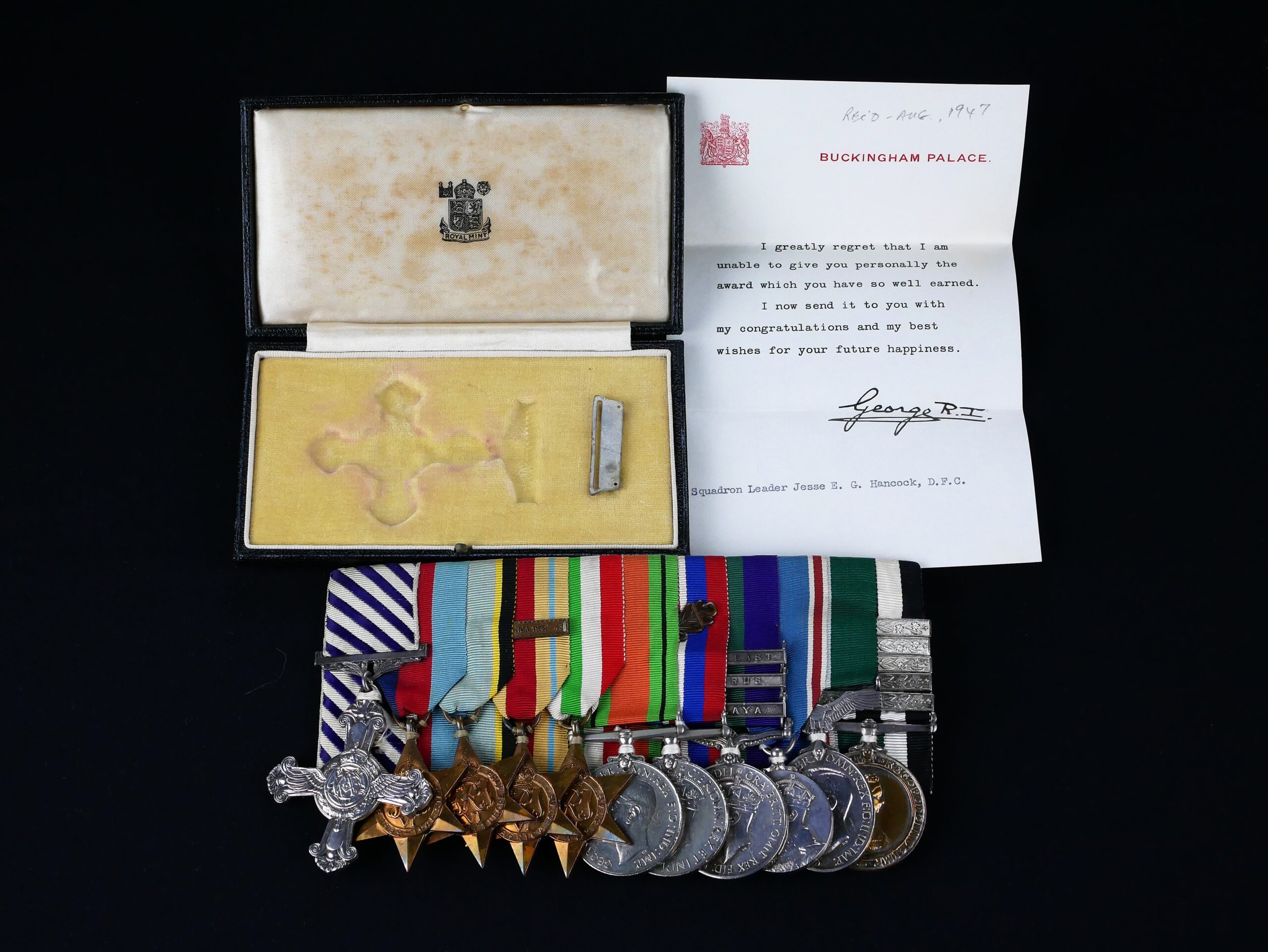
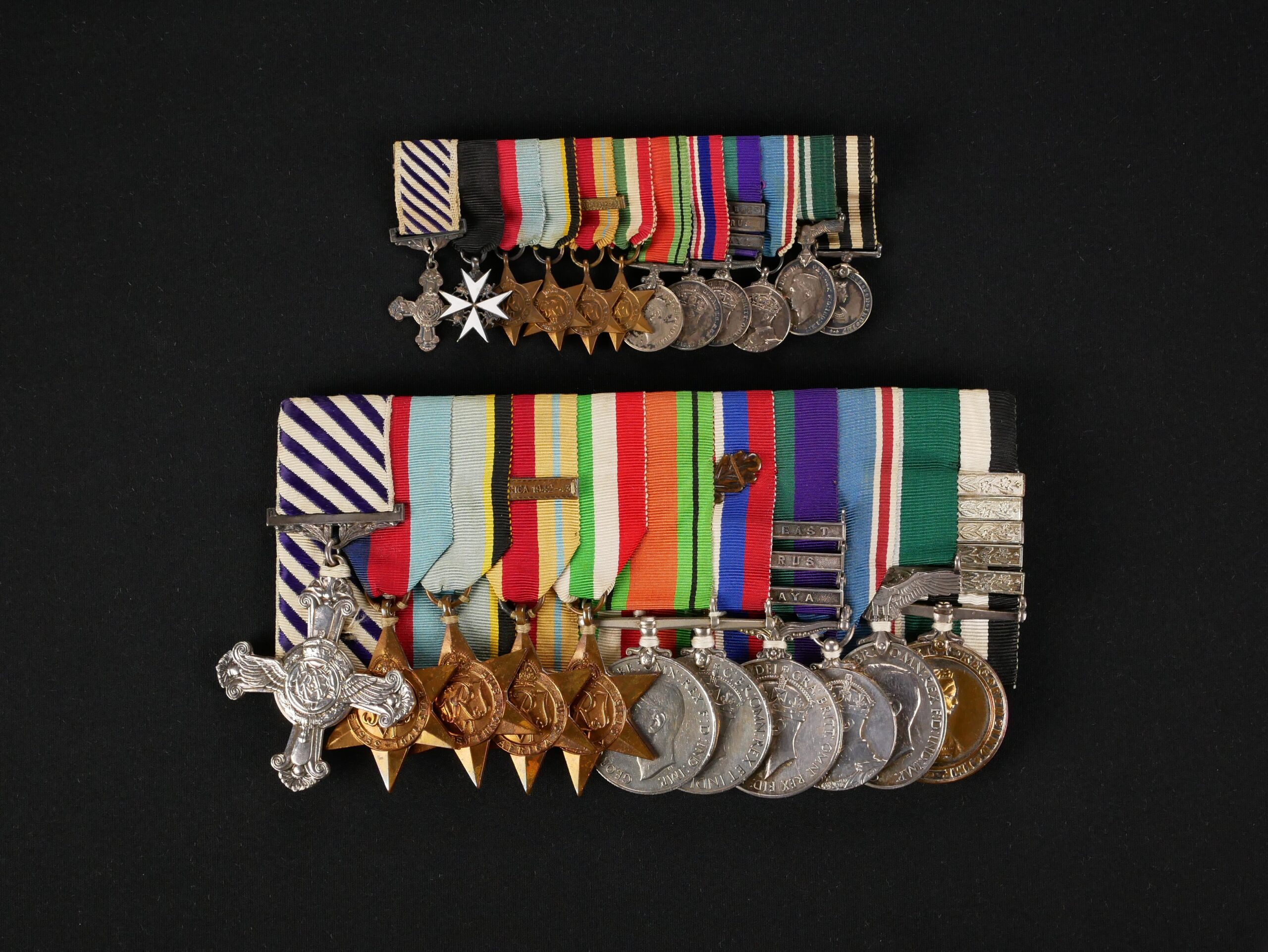

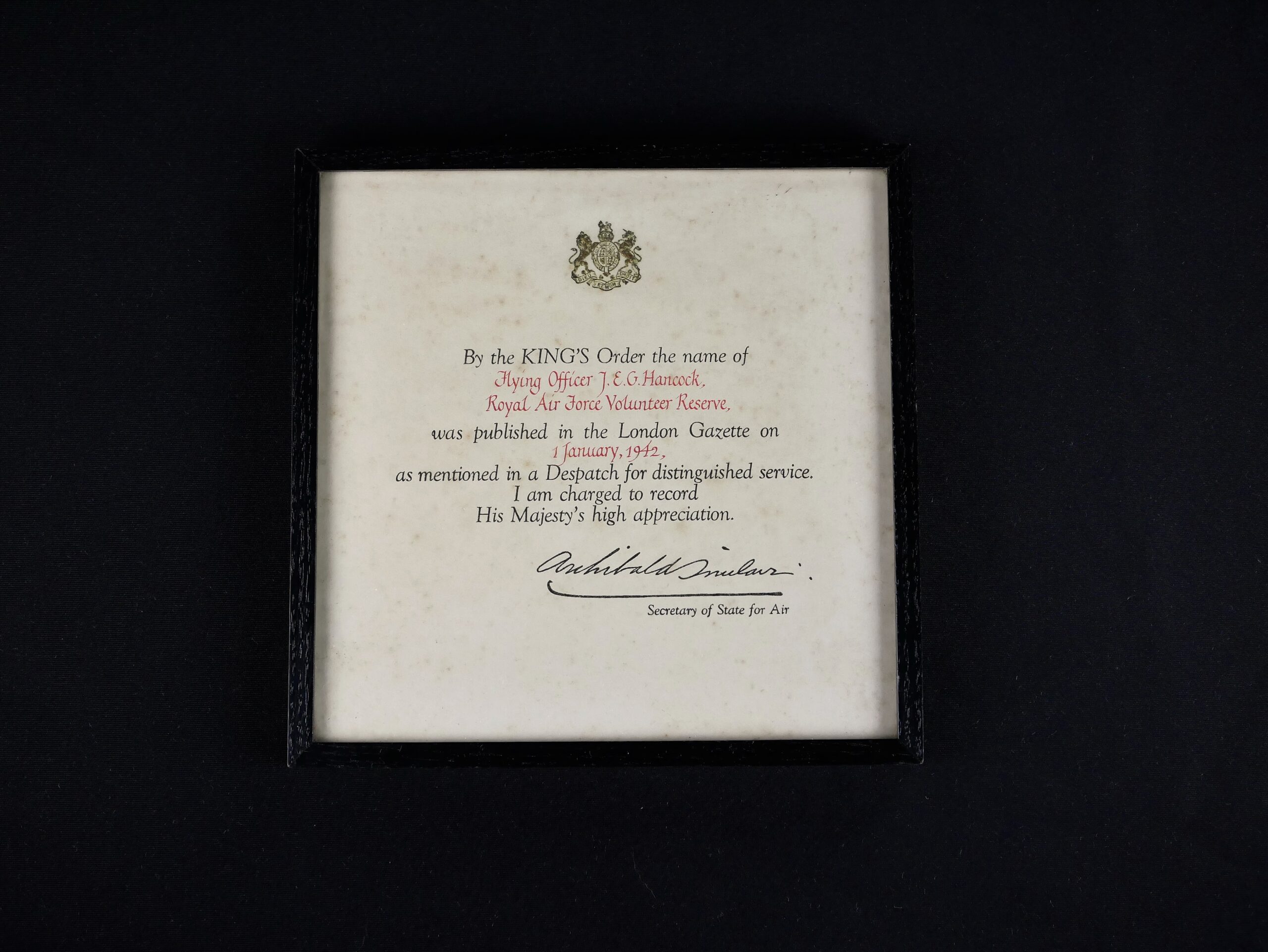
Also included are the original daily routine orders dated 8 December 1942, which confirm the DFC being awarded to Hancock for “courage, determination and devotion to duty”.
A signed letter of congratulations from Air Vice Marshall Sir Leonard H Slatter (Air Officer Commanding 201 Naval Co-Operation Group in the Middle East) to Hancock on the award of his DFC is also included.
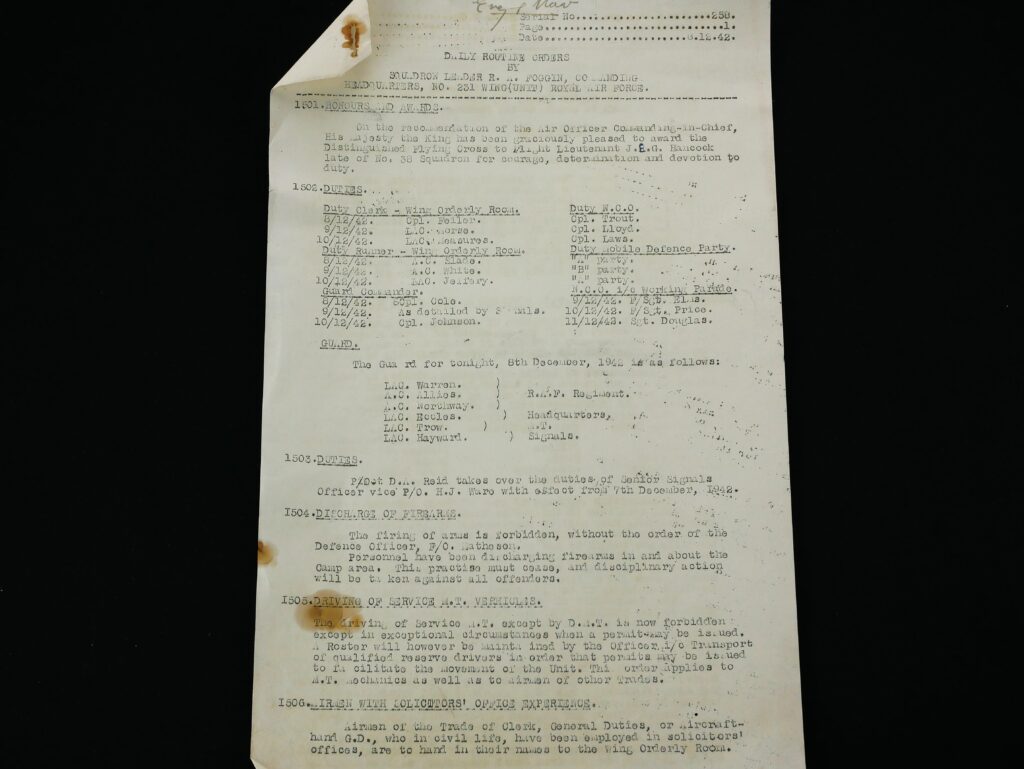
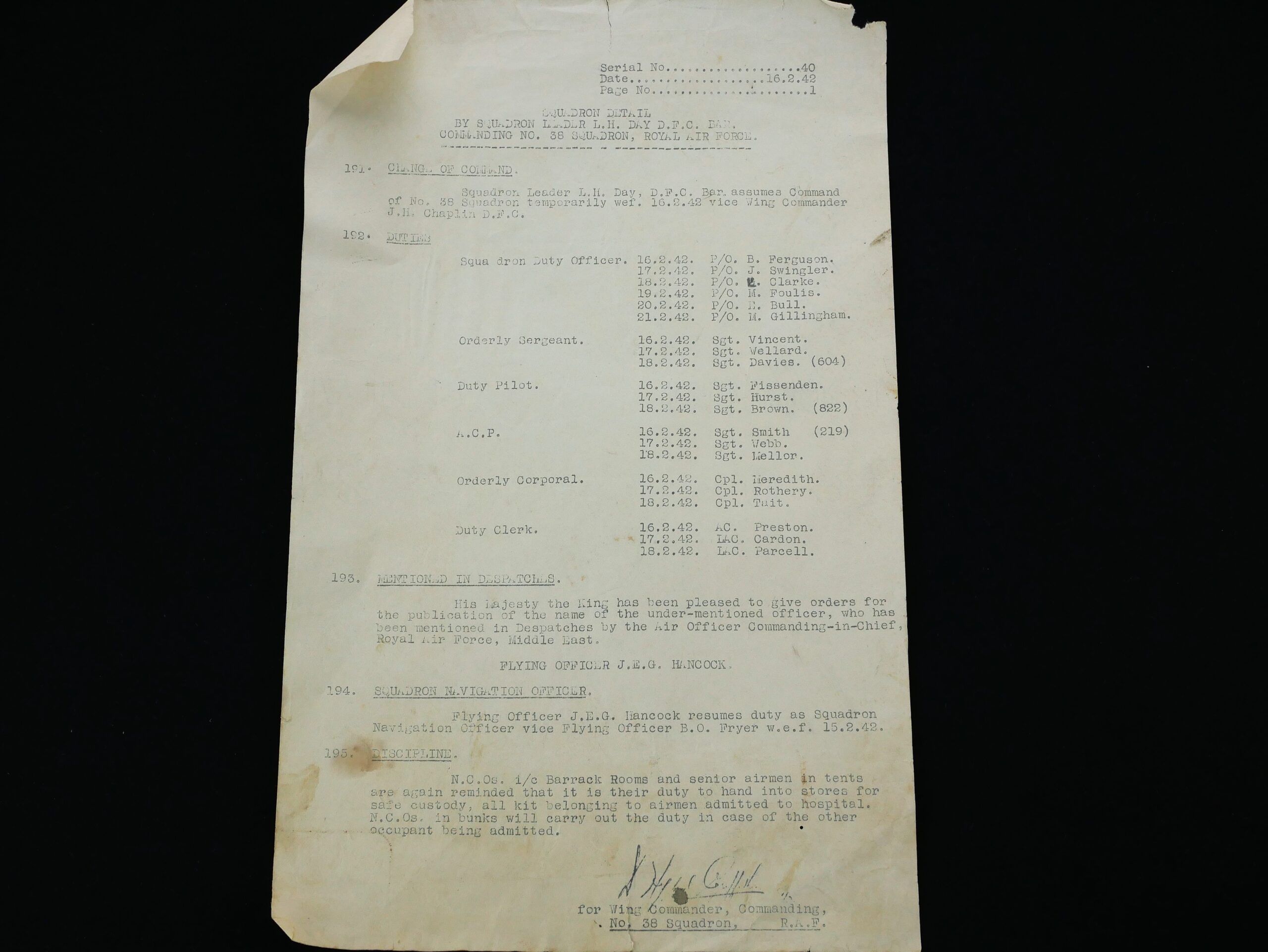
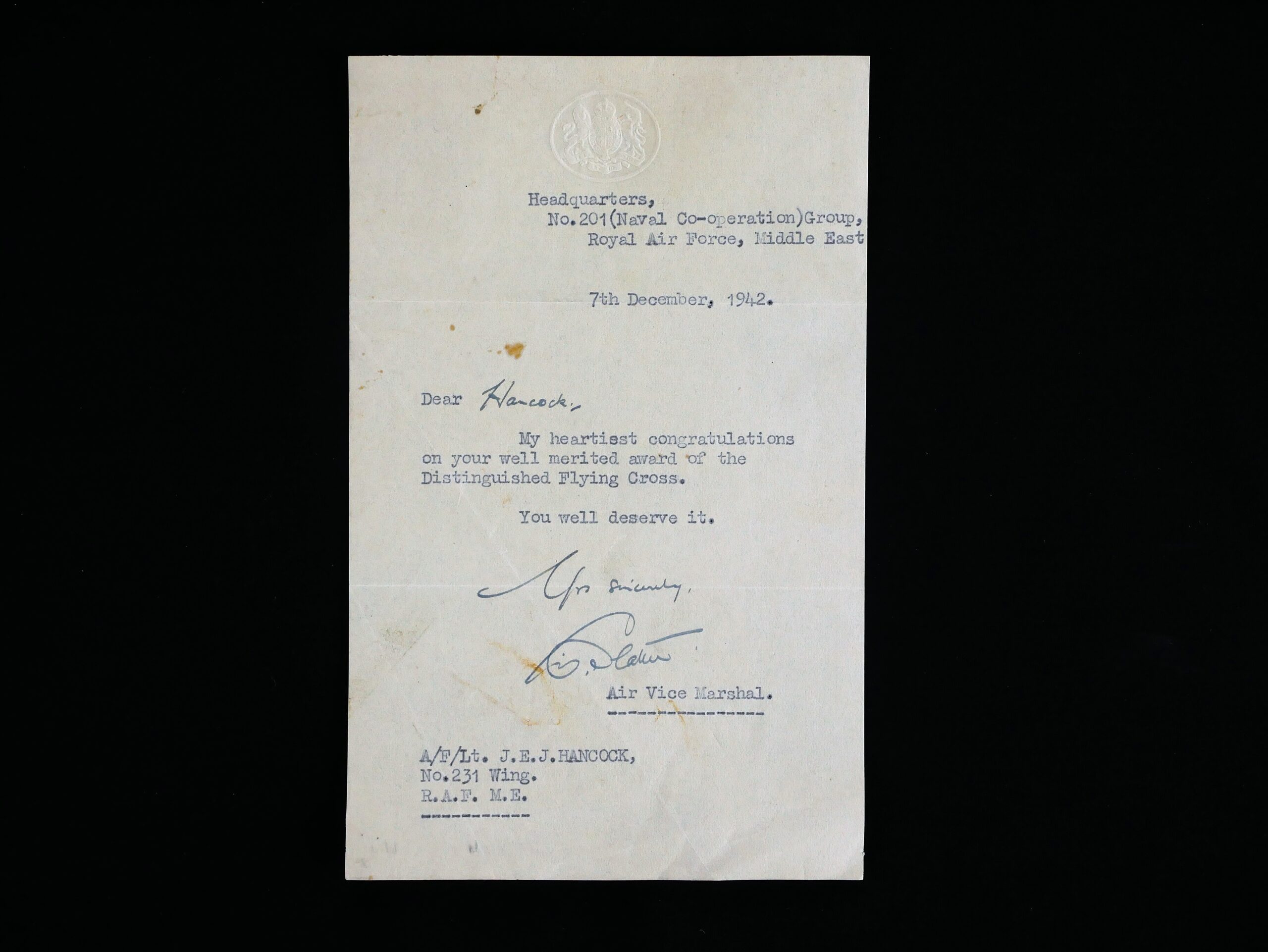
Unusually, Hancocks General Service Medal features the Cyprus, Malaya and Near East clasps. This confirms his service during the Cyprus and Malayan Emergencies and the Suez Canal crisis in 1956, codenamed Operation Musketeer.
The collection is a complete archive of Hancock’s long career in the RAF and, happily, includes the three service watches he was issued with. These are his Revue Air Ministry pocket watch c.1940, Omega 6B/159 and Bulova A-11 (6B/234).
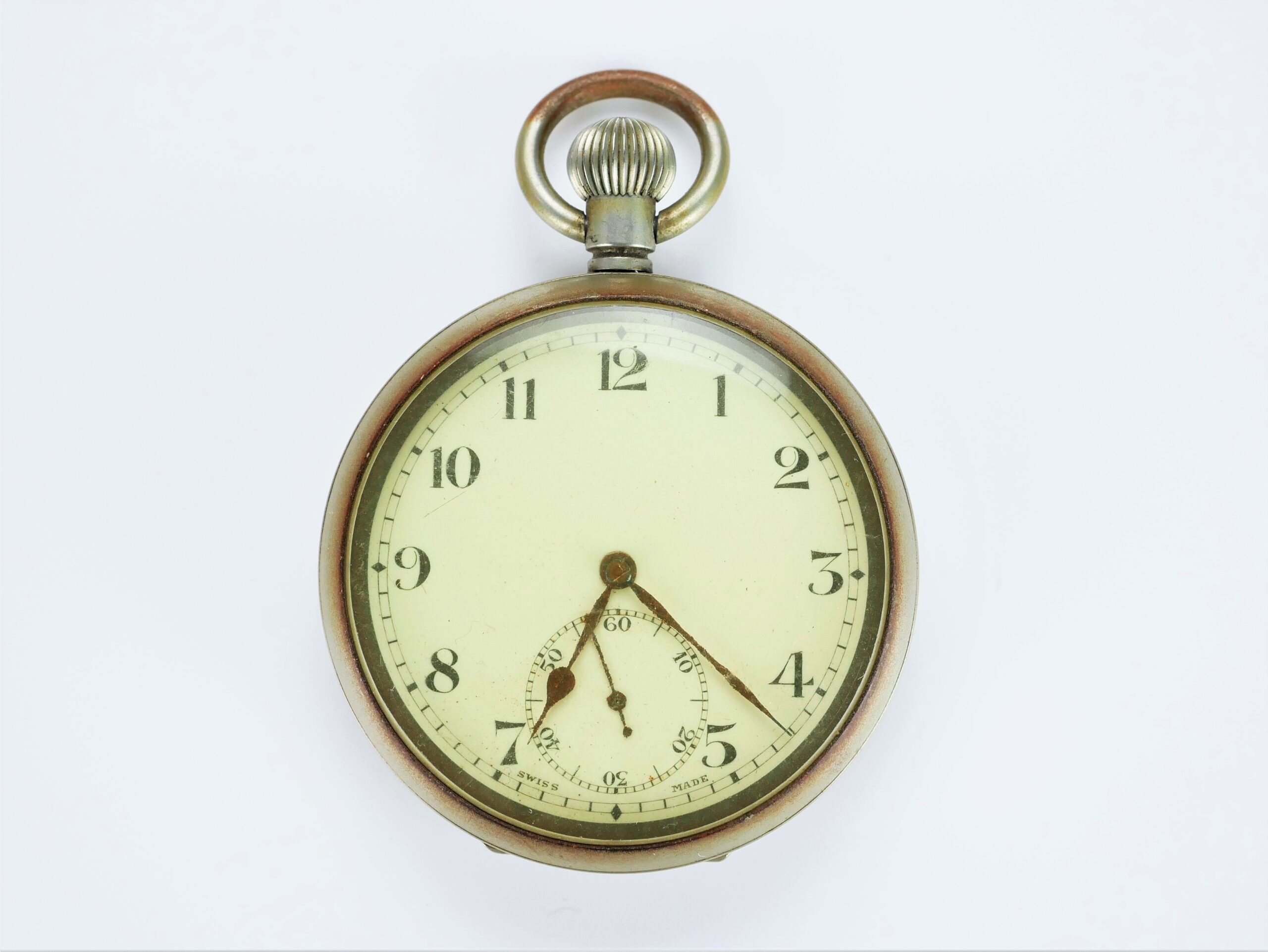
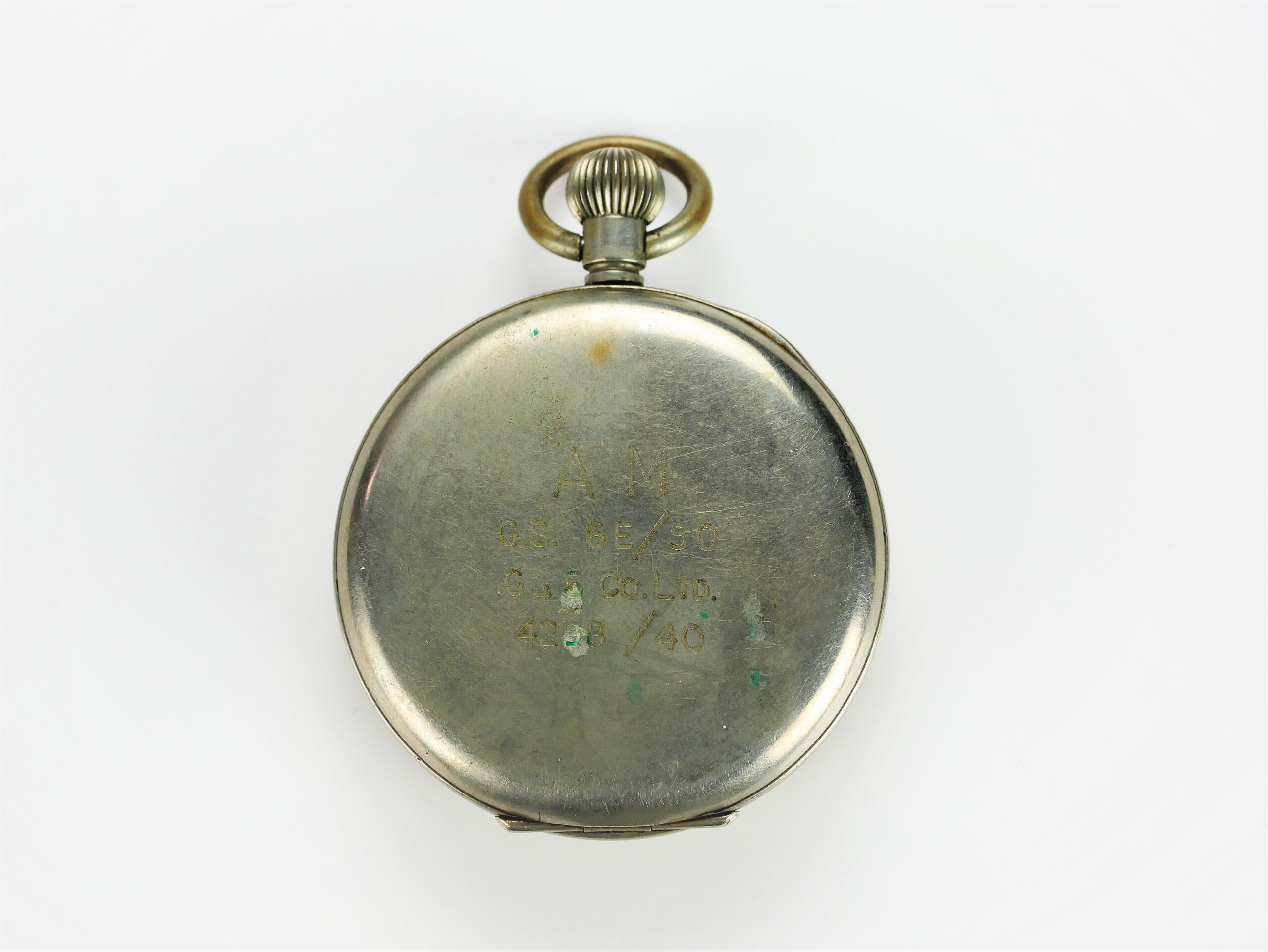
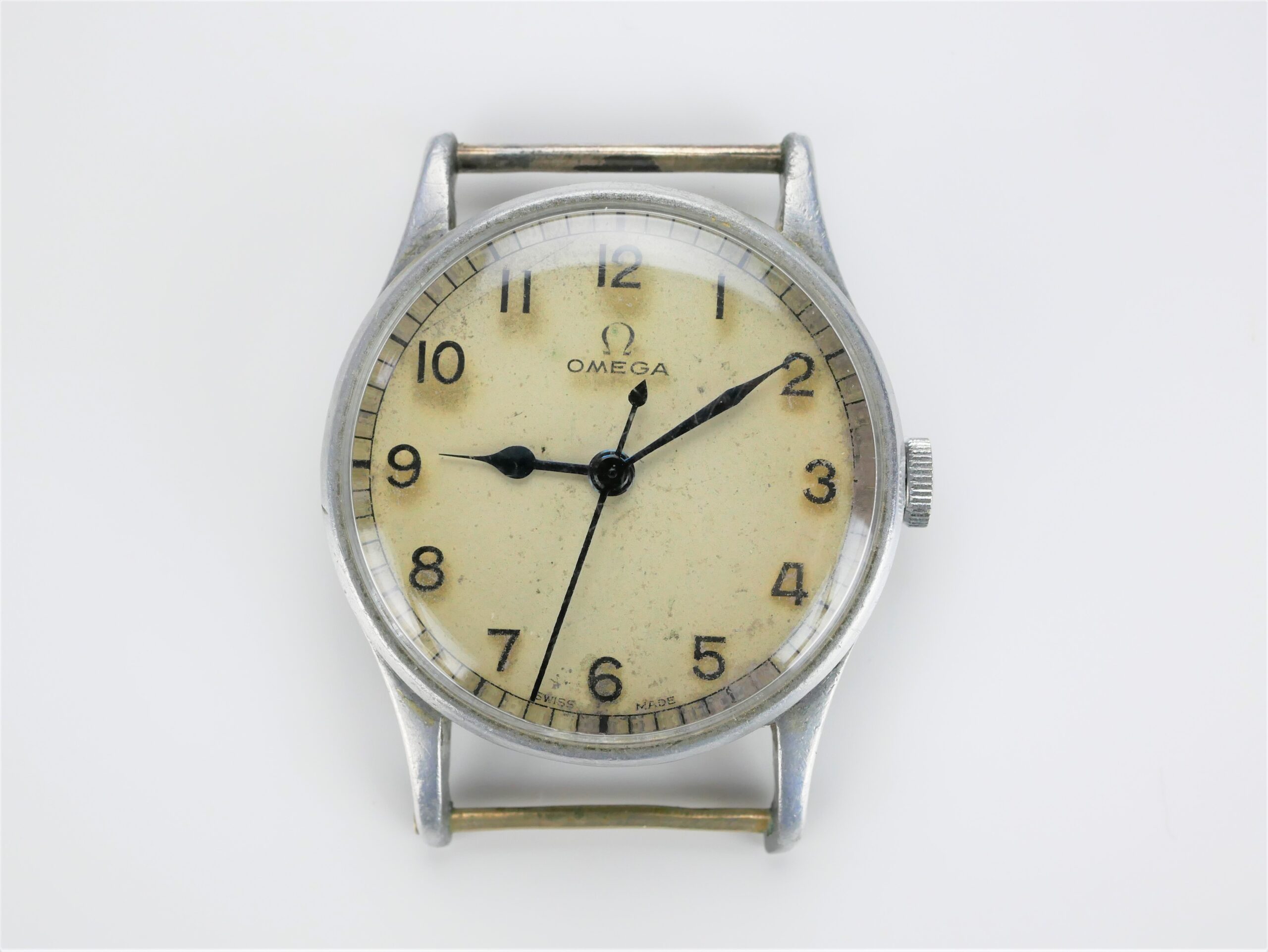
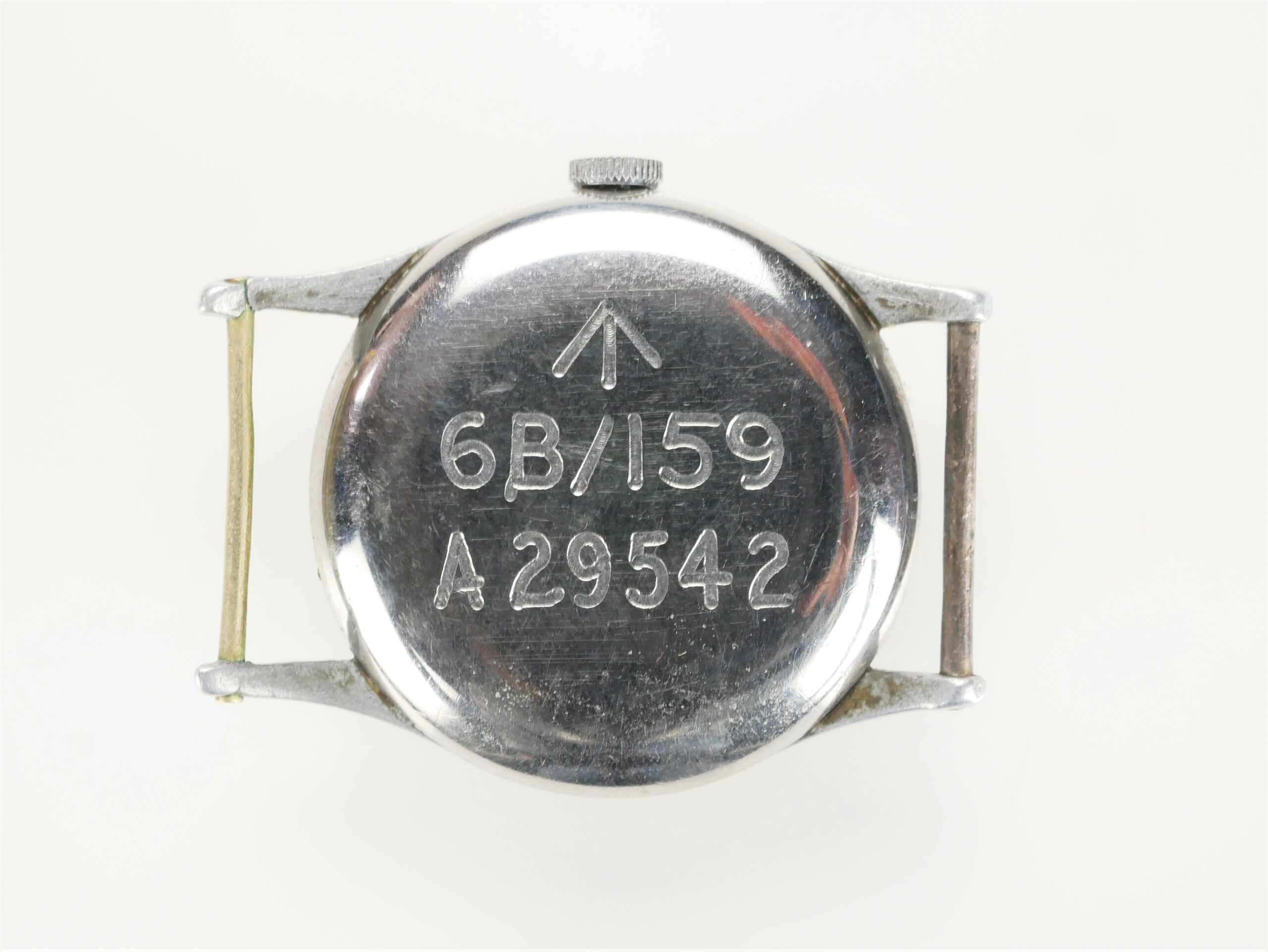
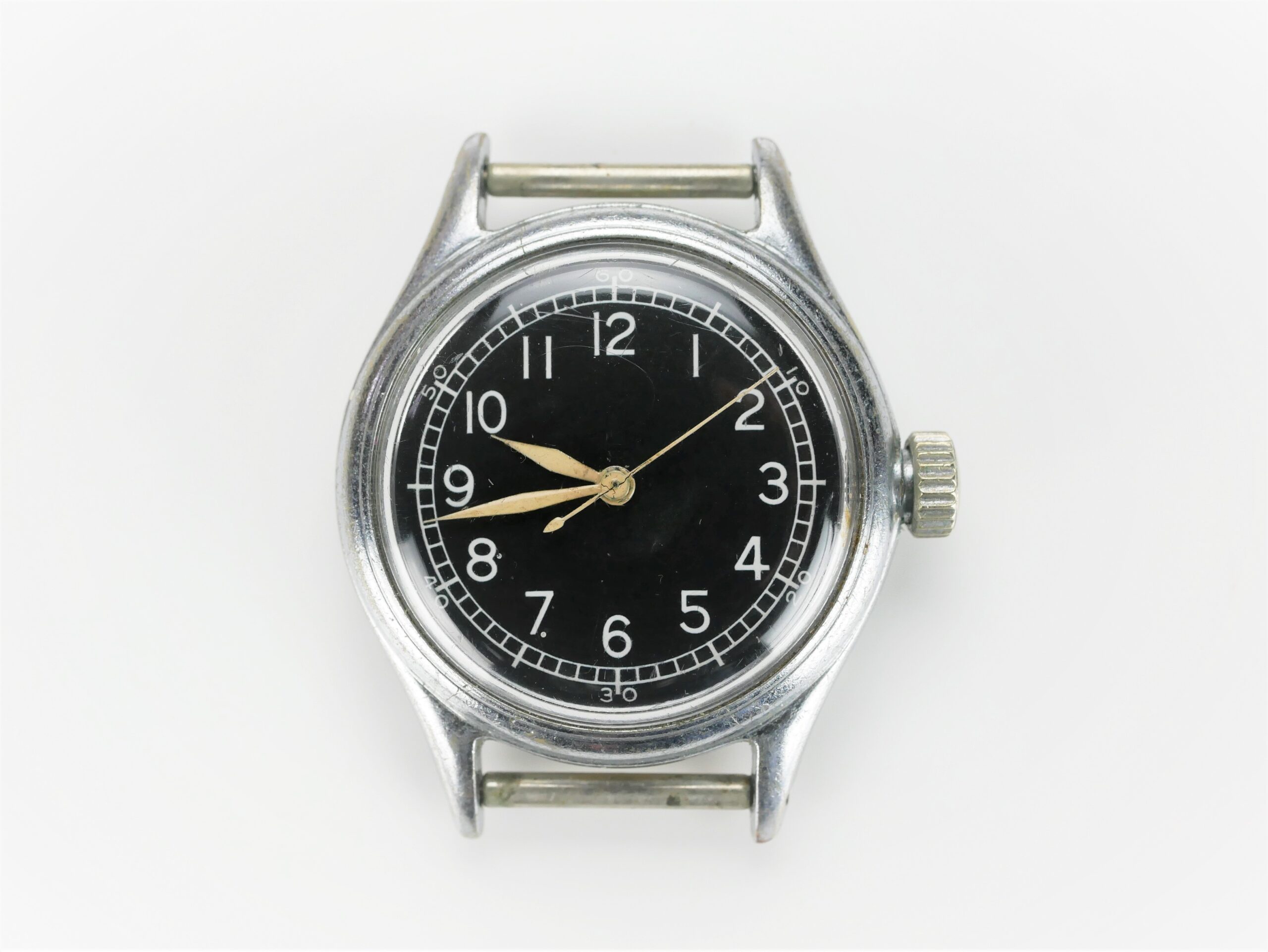
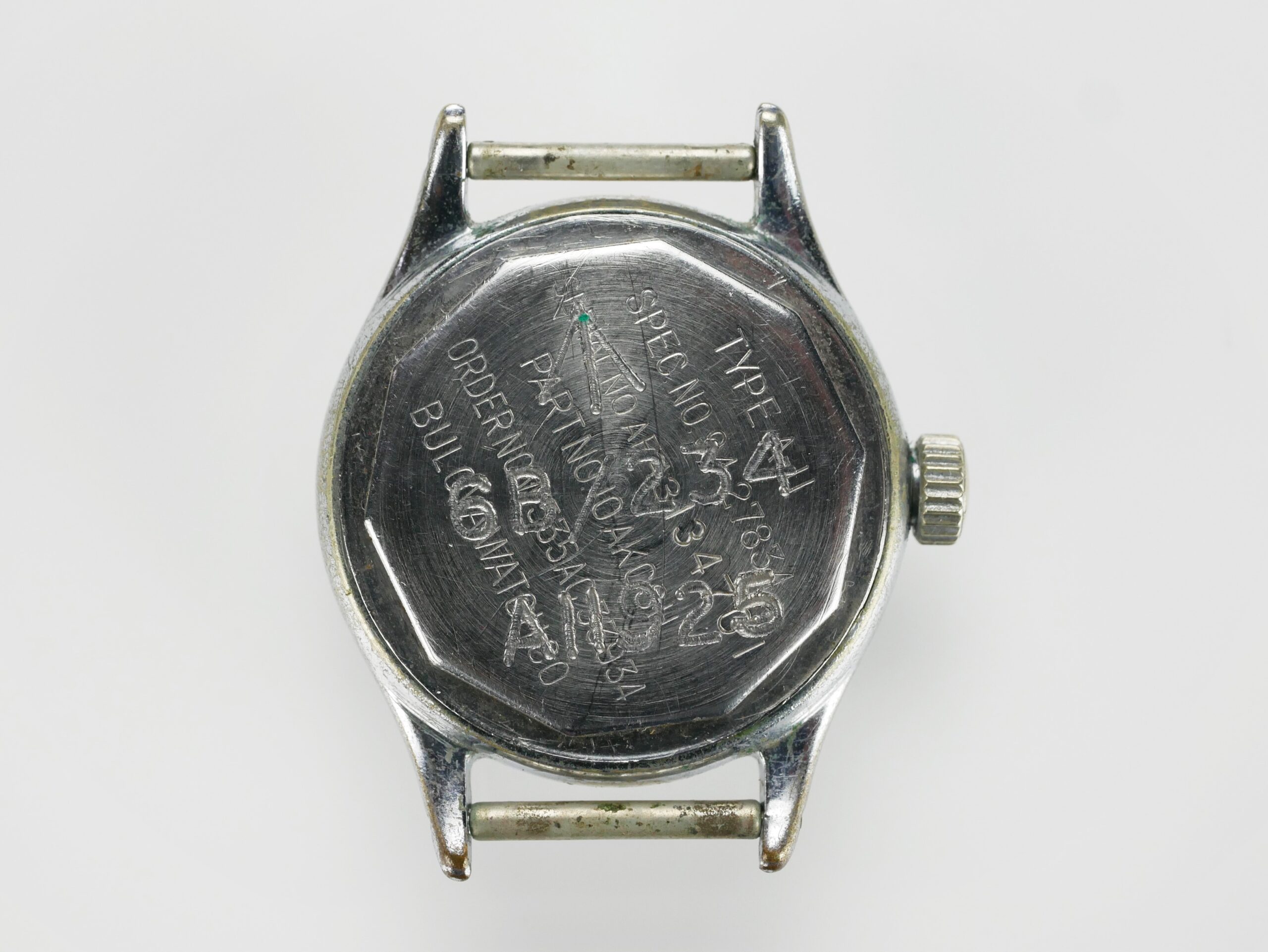
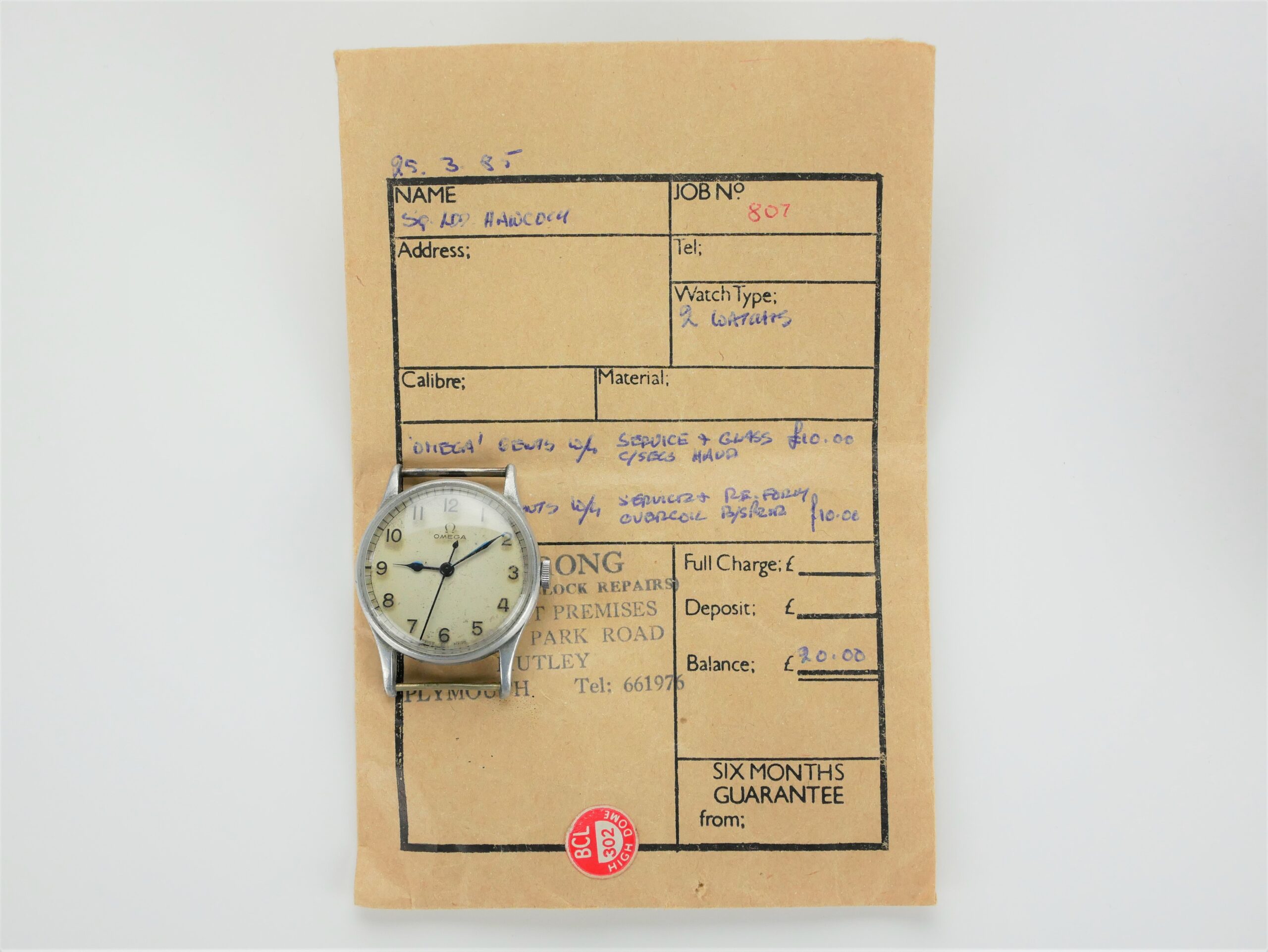

The collection includes a huge array of Hancock’s flight equipment and other personal effects. Among these items are his various navigational tools, aviator sunglasses, oxygen masks, flying goggles, flying helmets, gauntlets, silk maps, dog tags and RAF cufflinks.
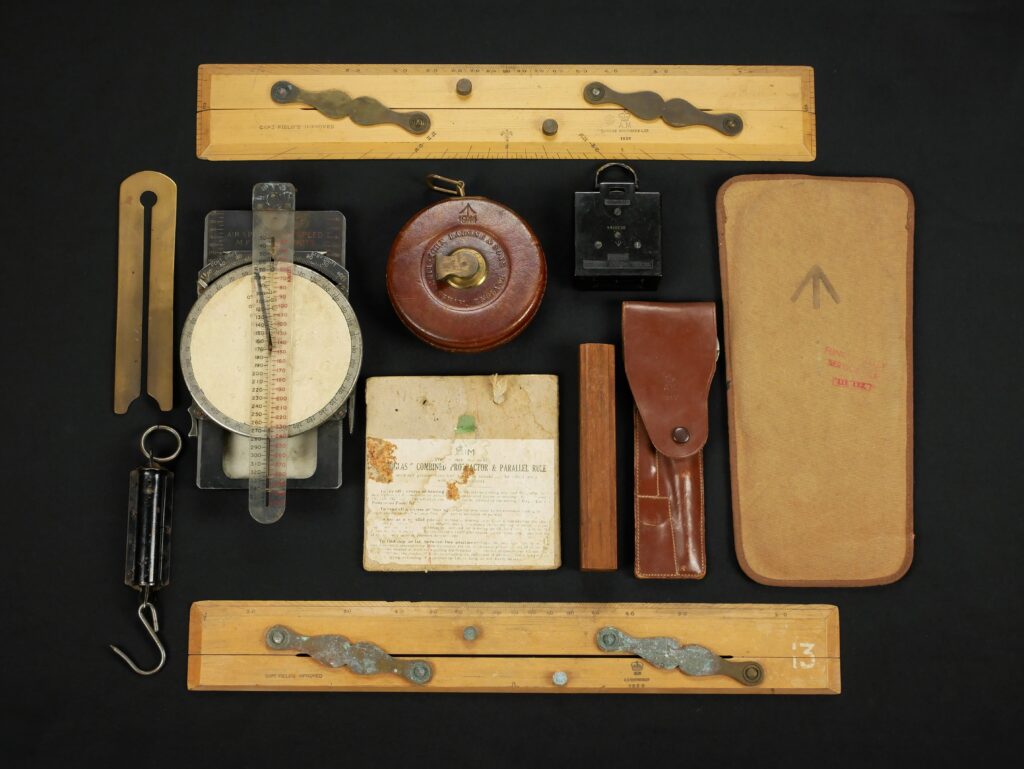
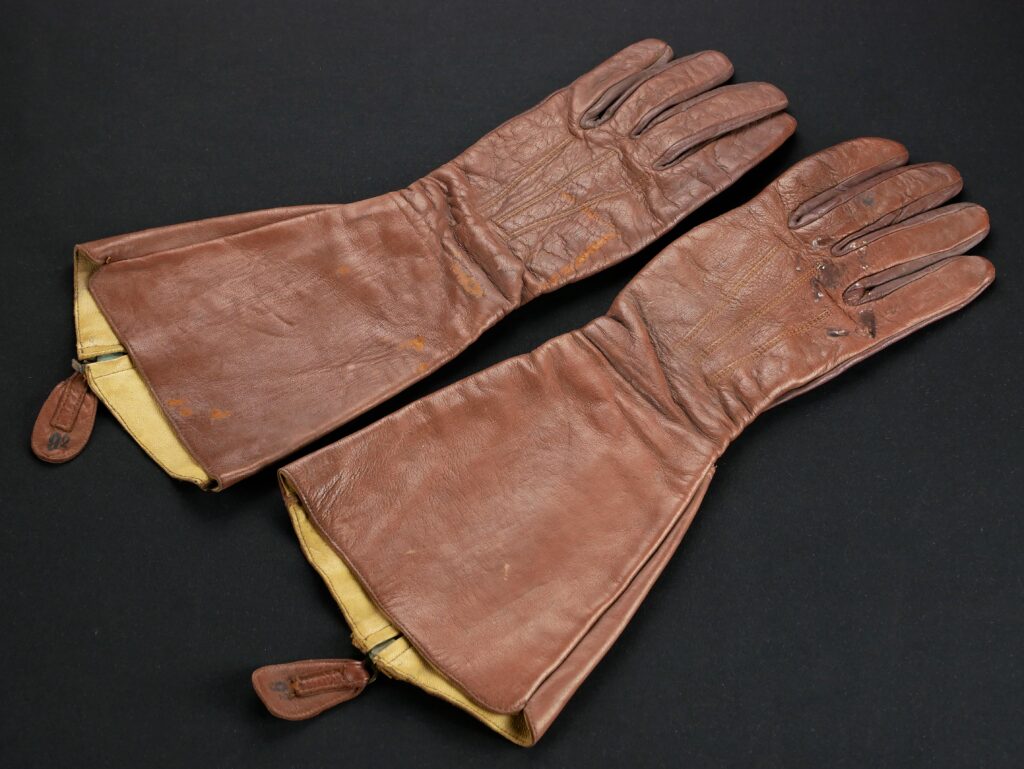
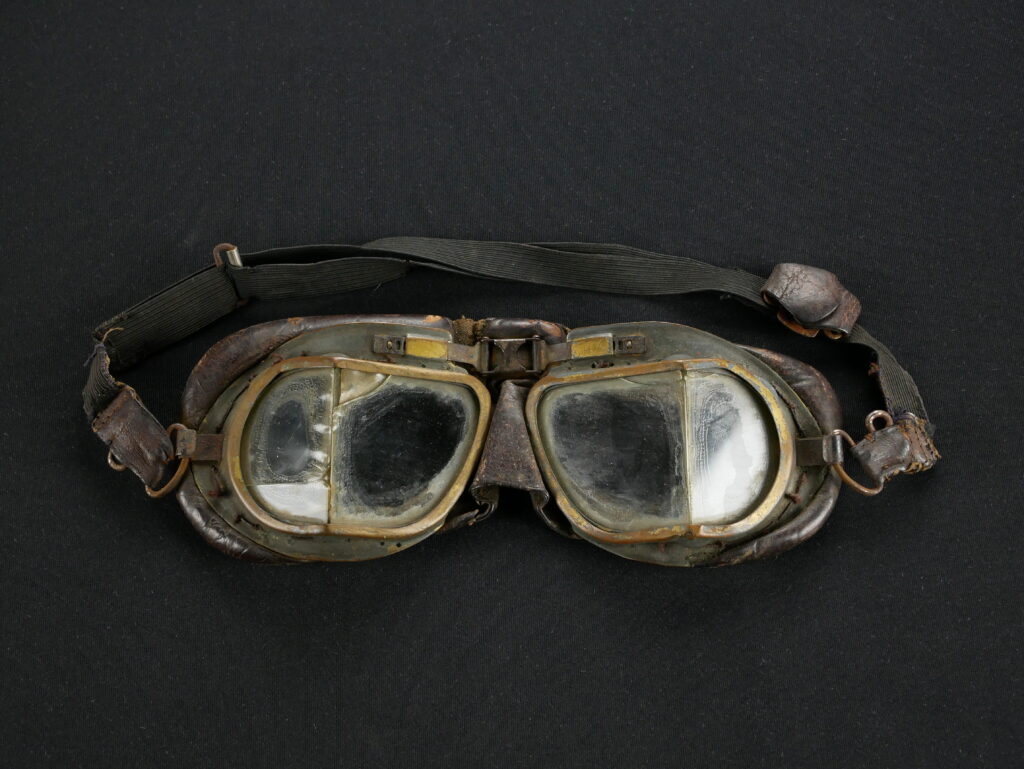
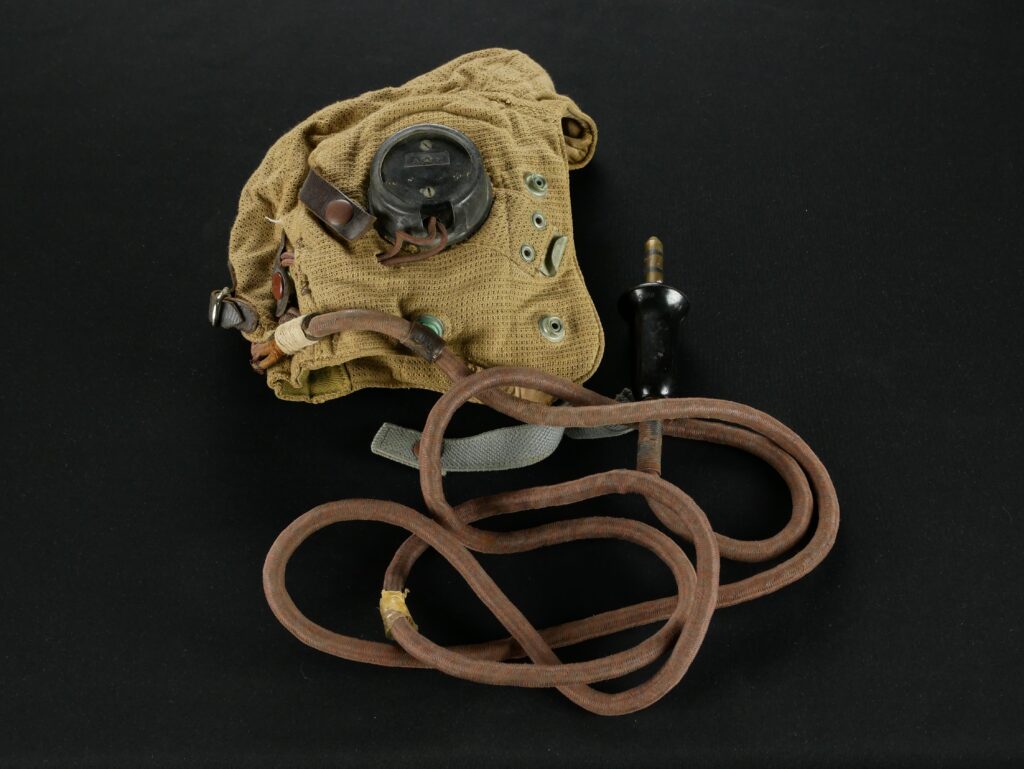

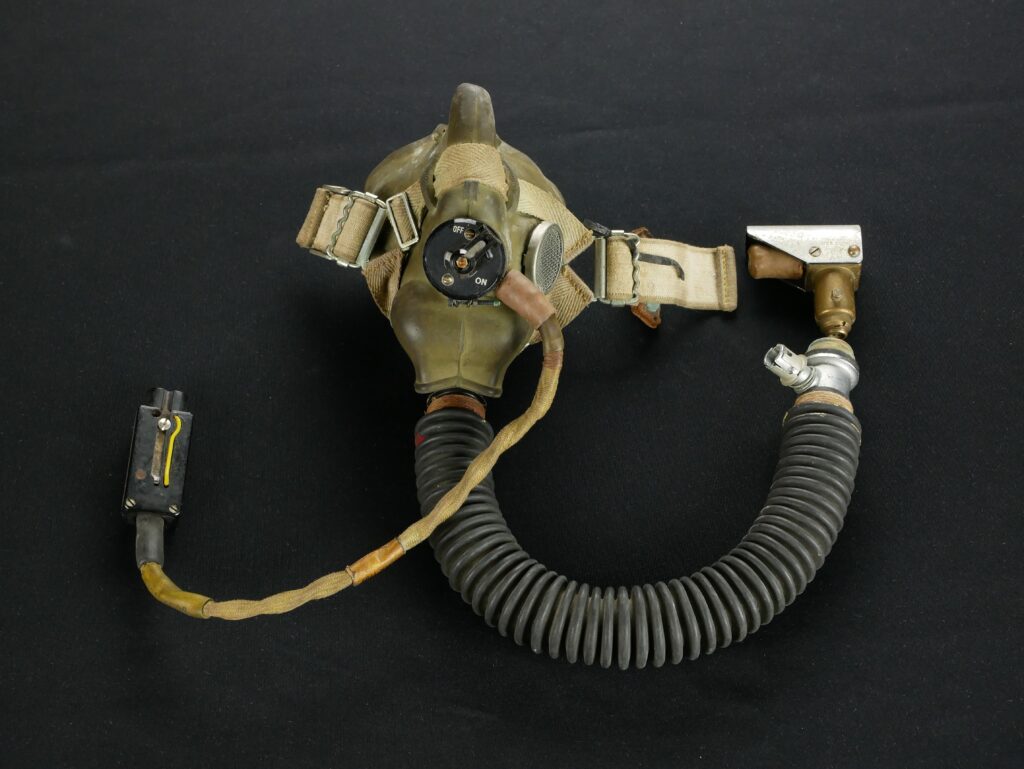

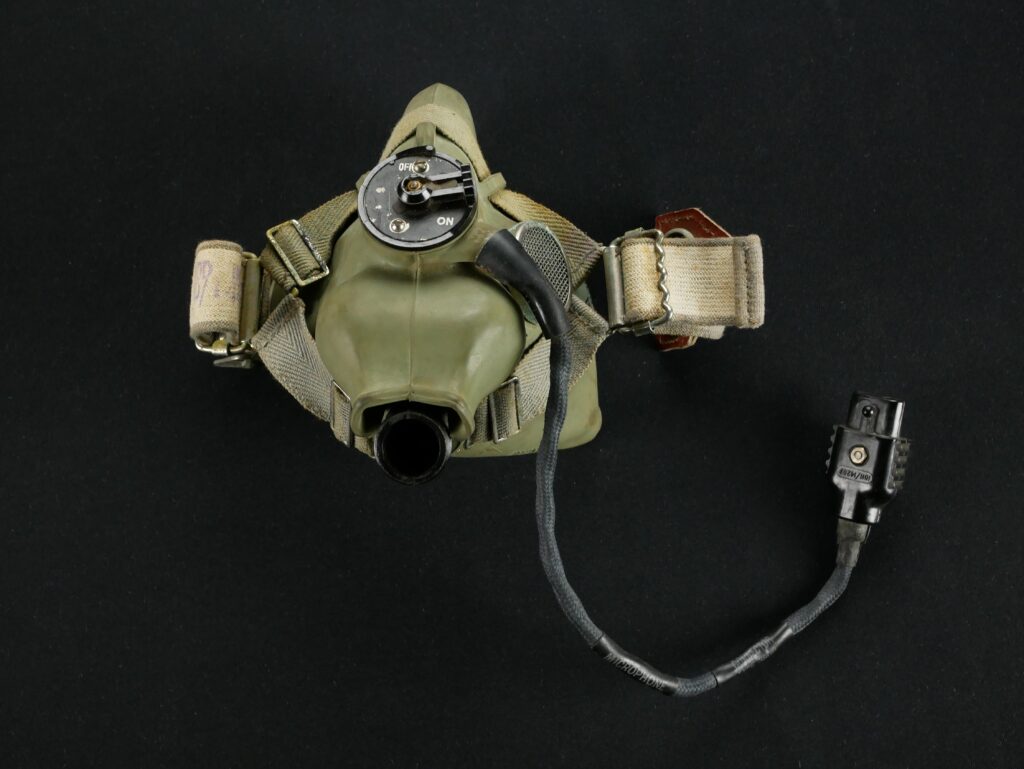
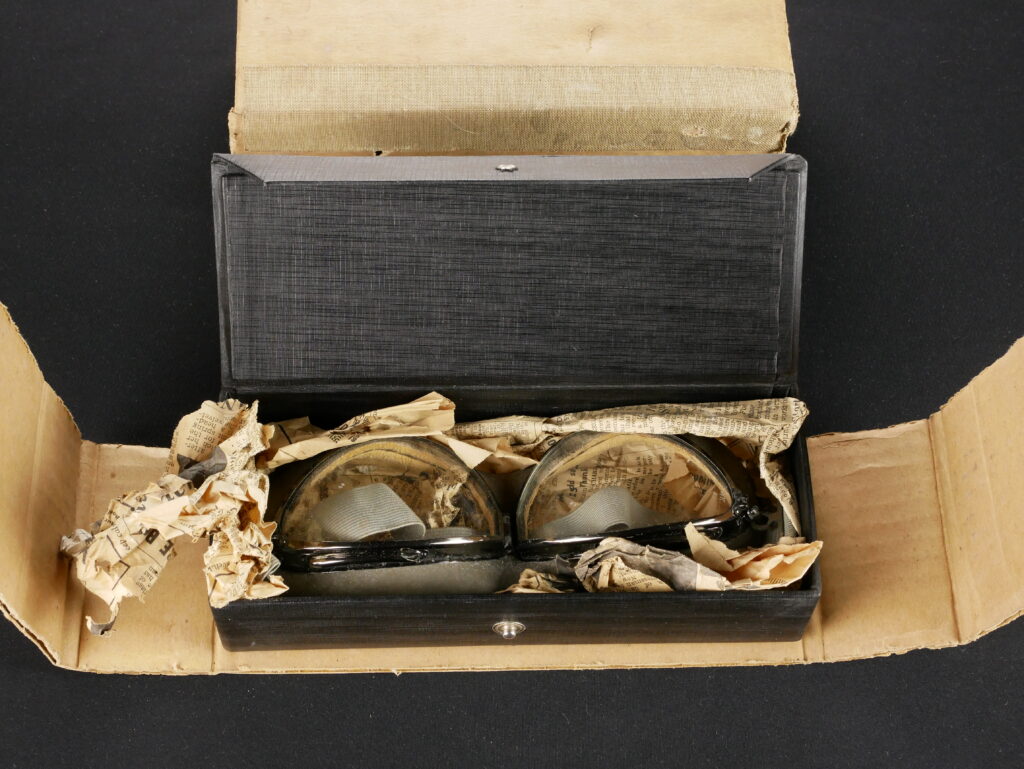
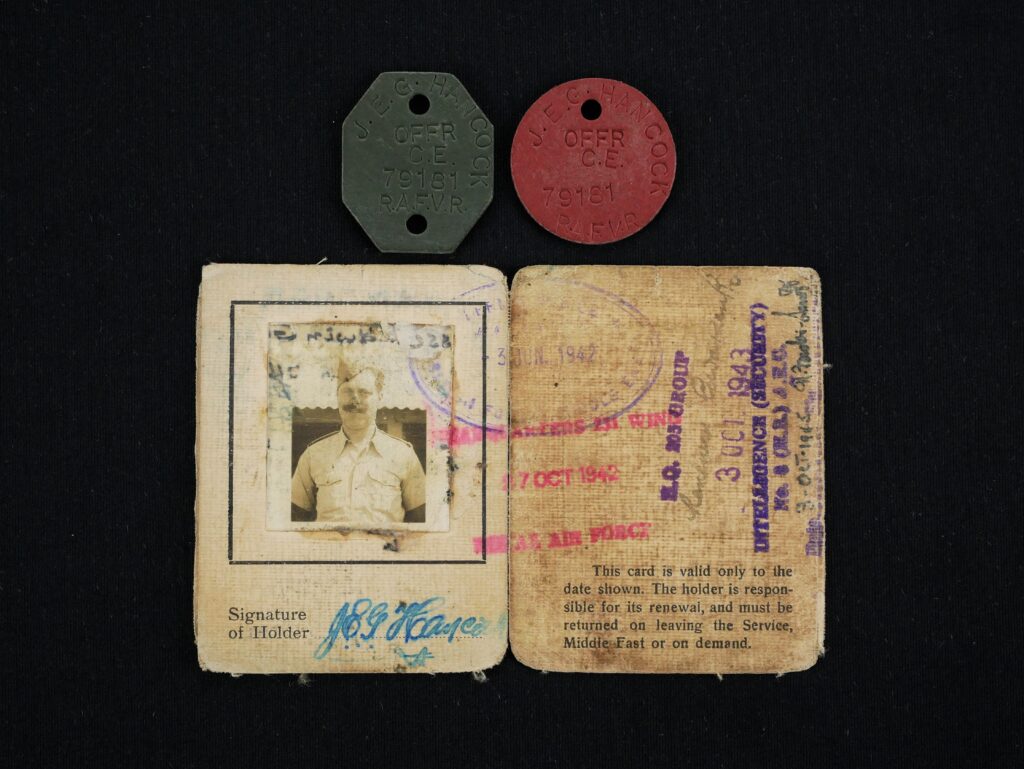

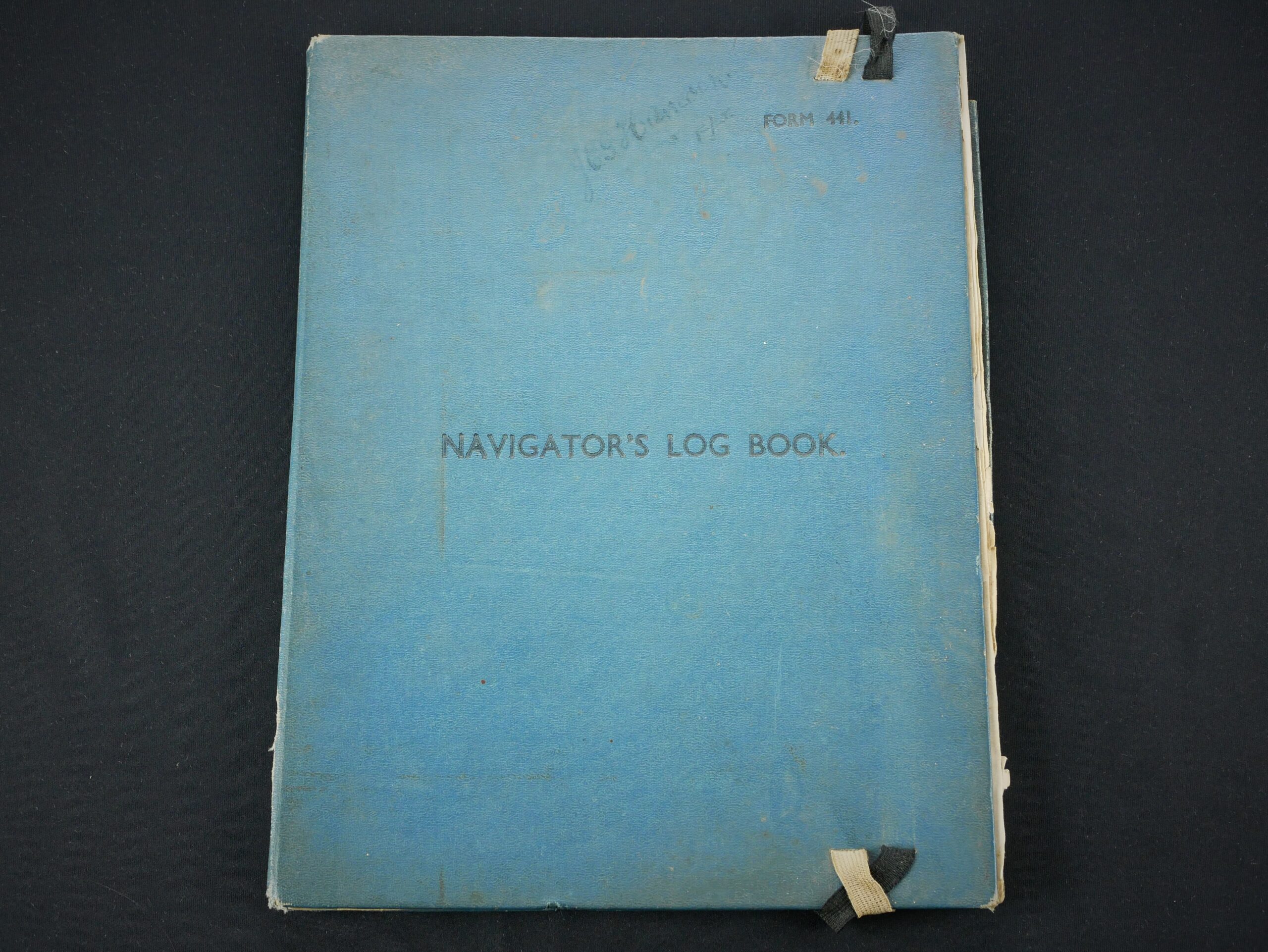
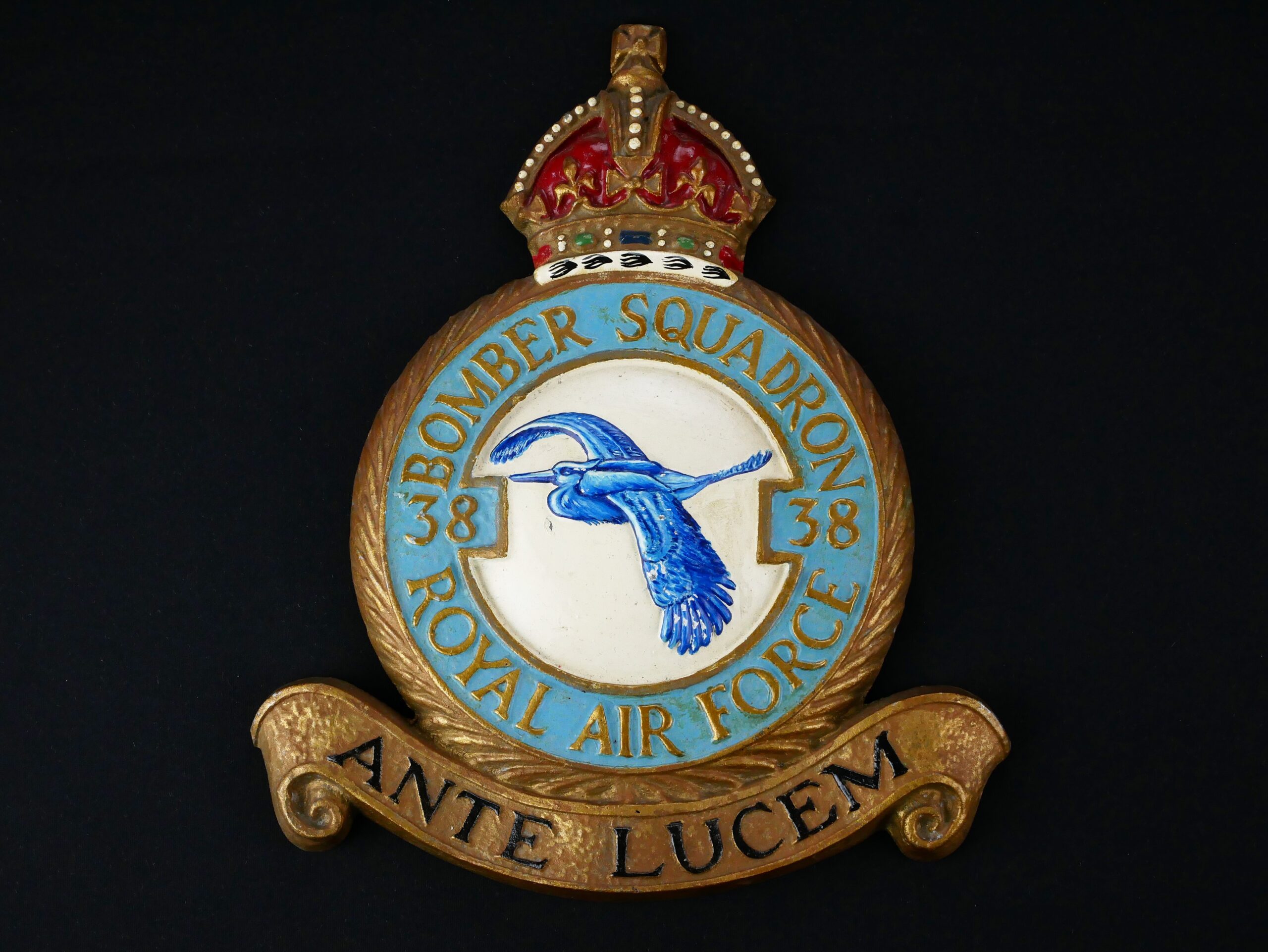
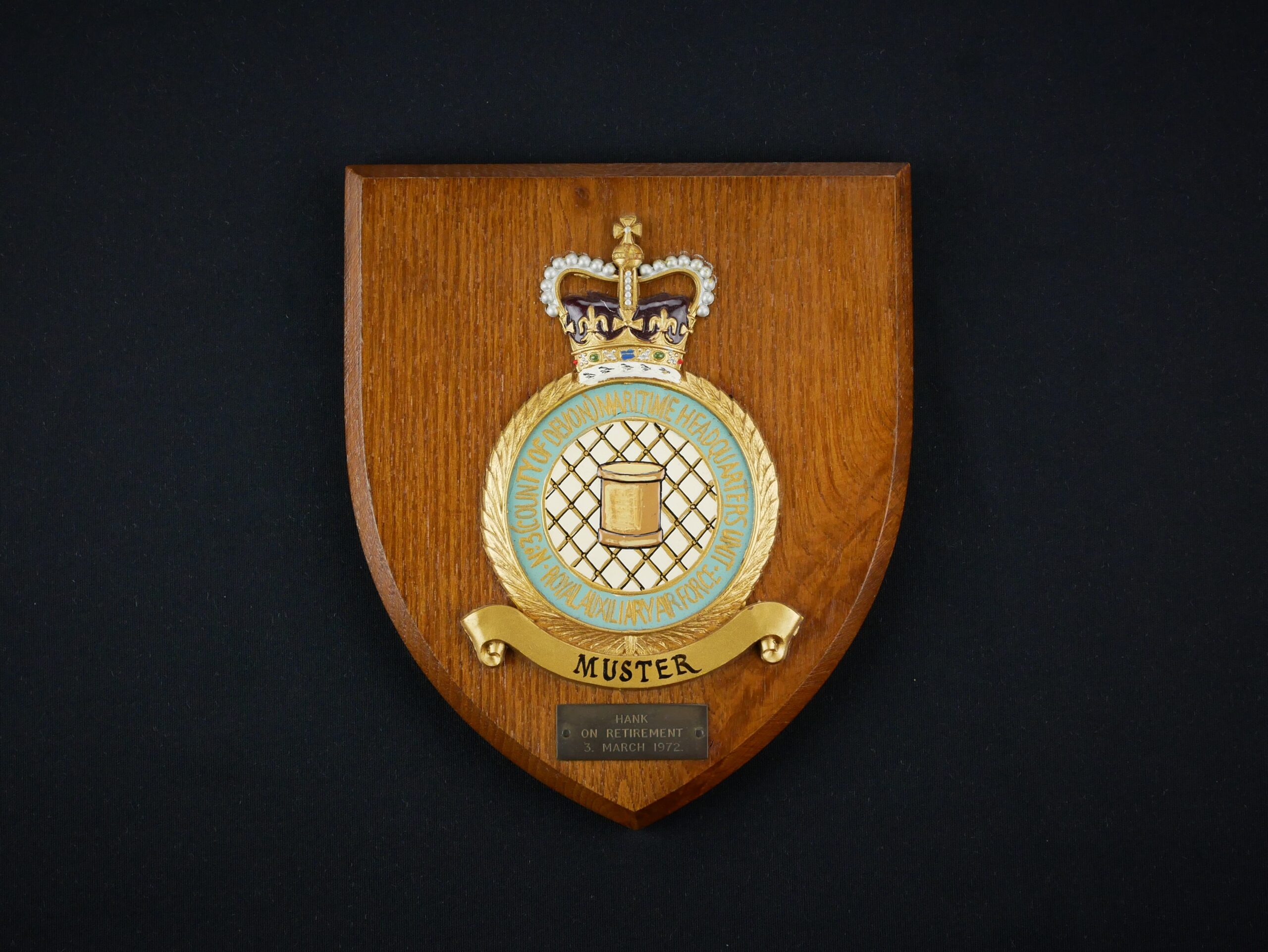
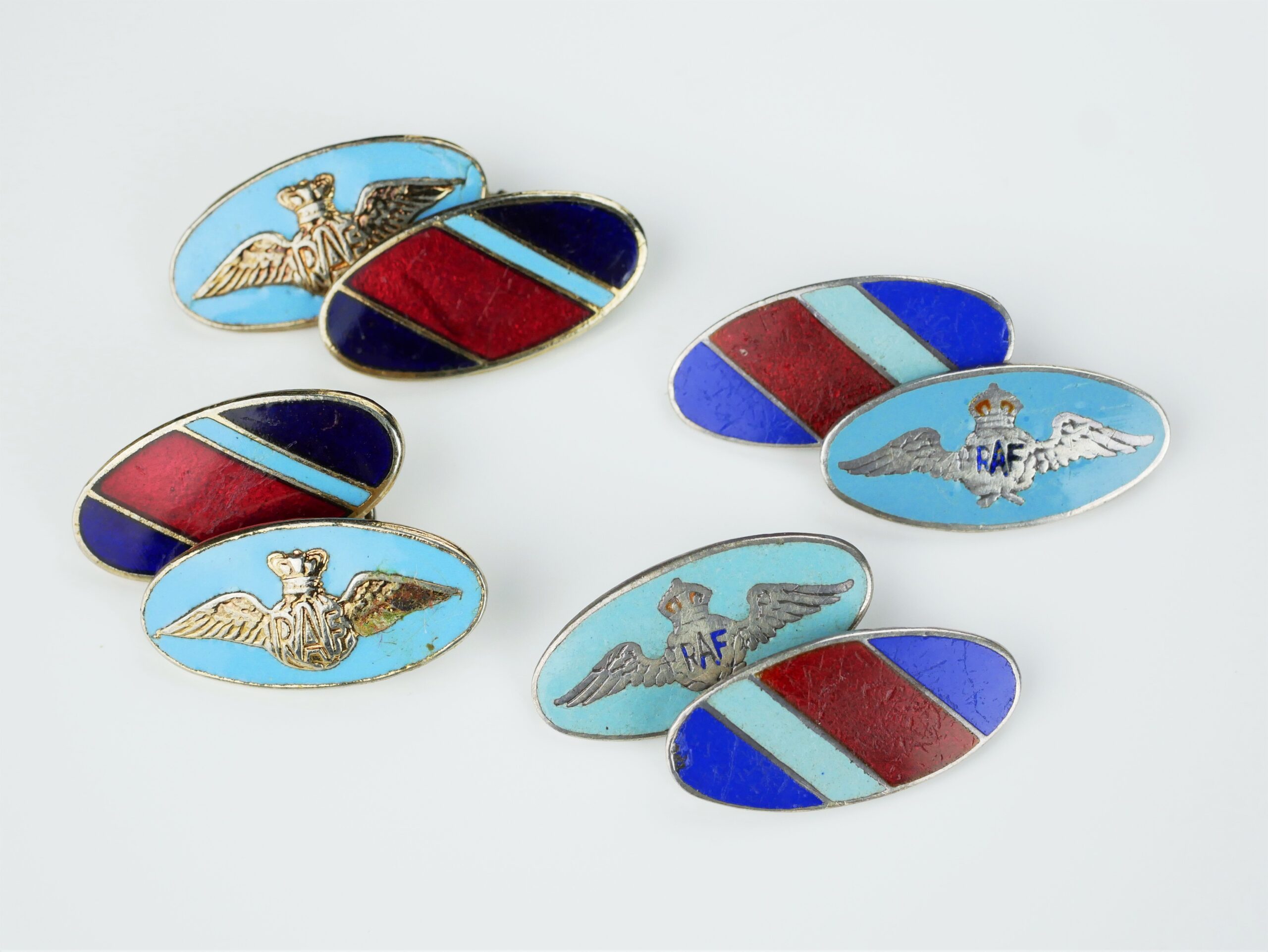

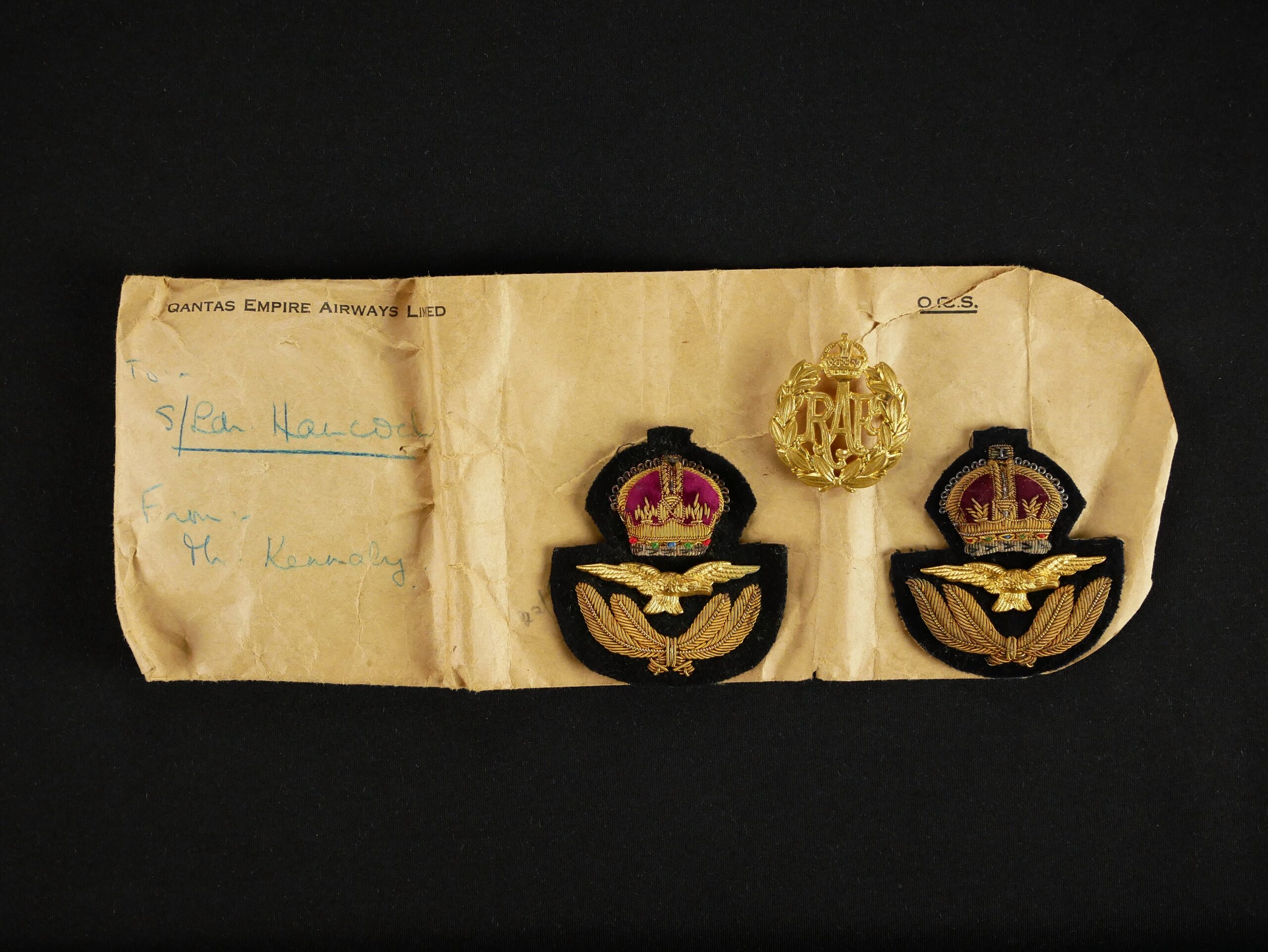
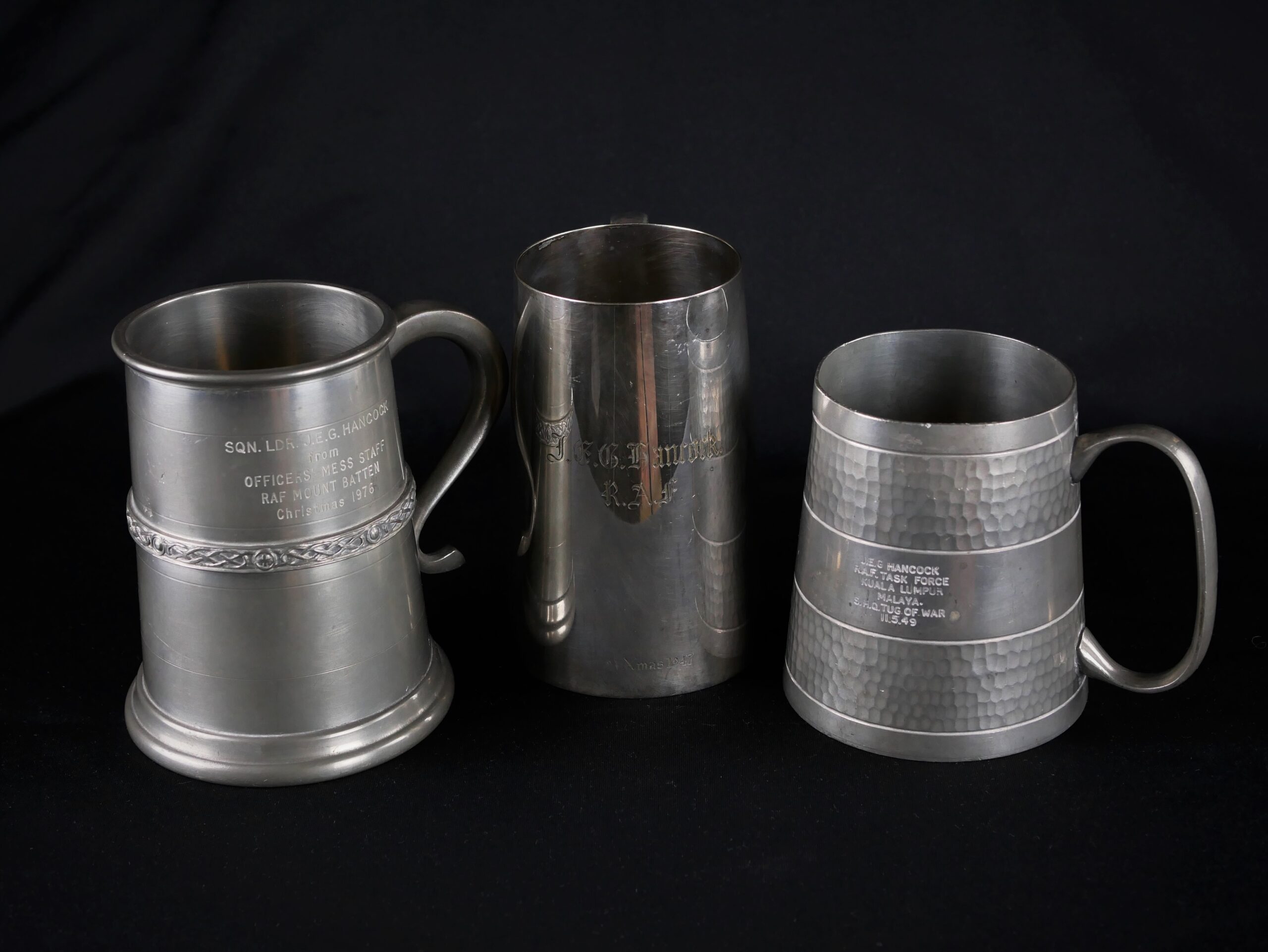
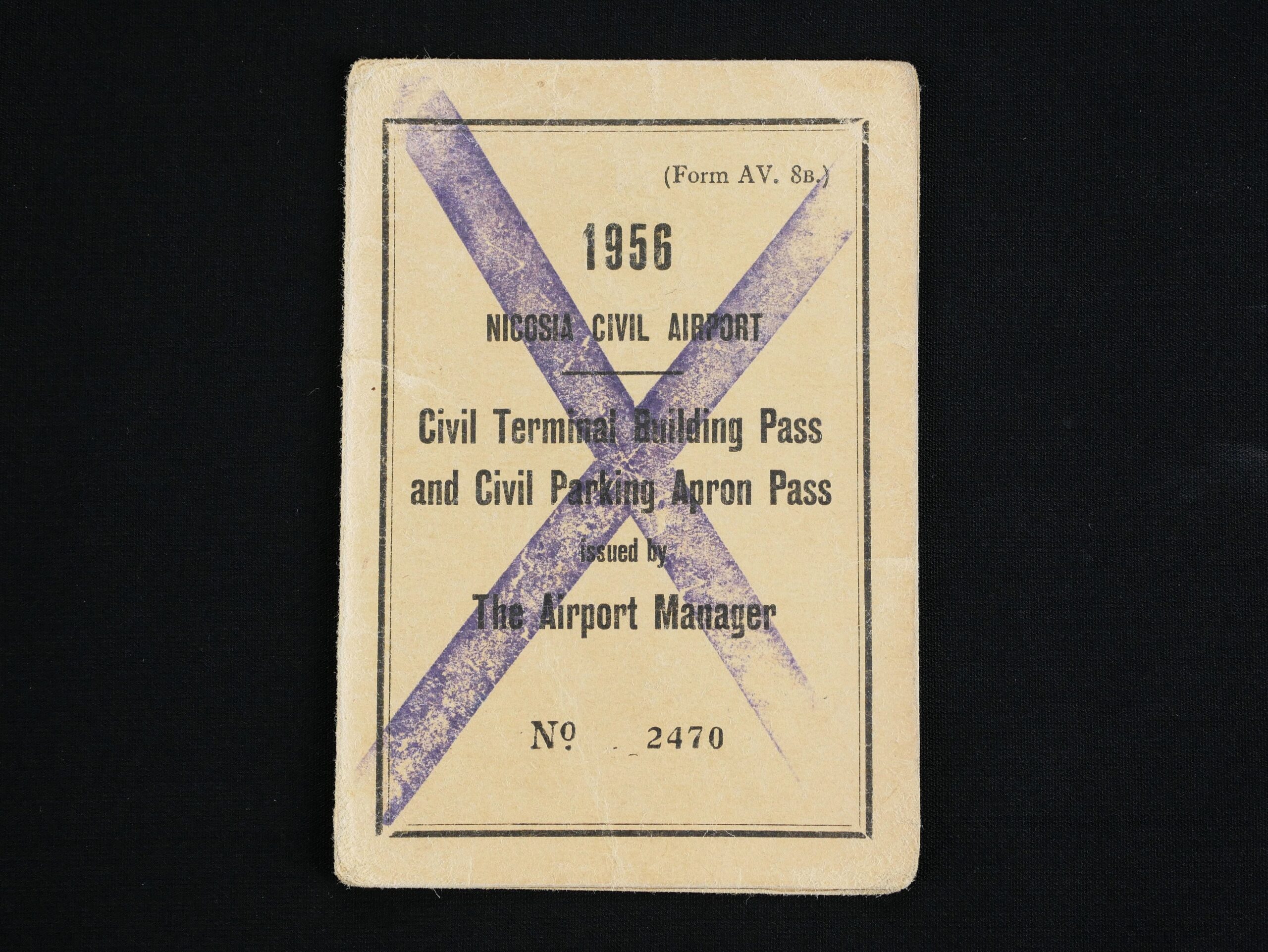
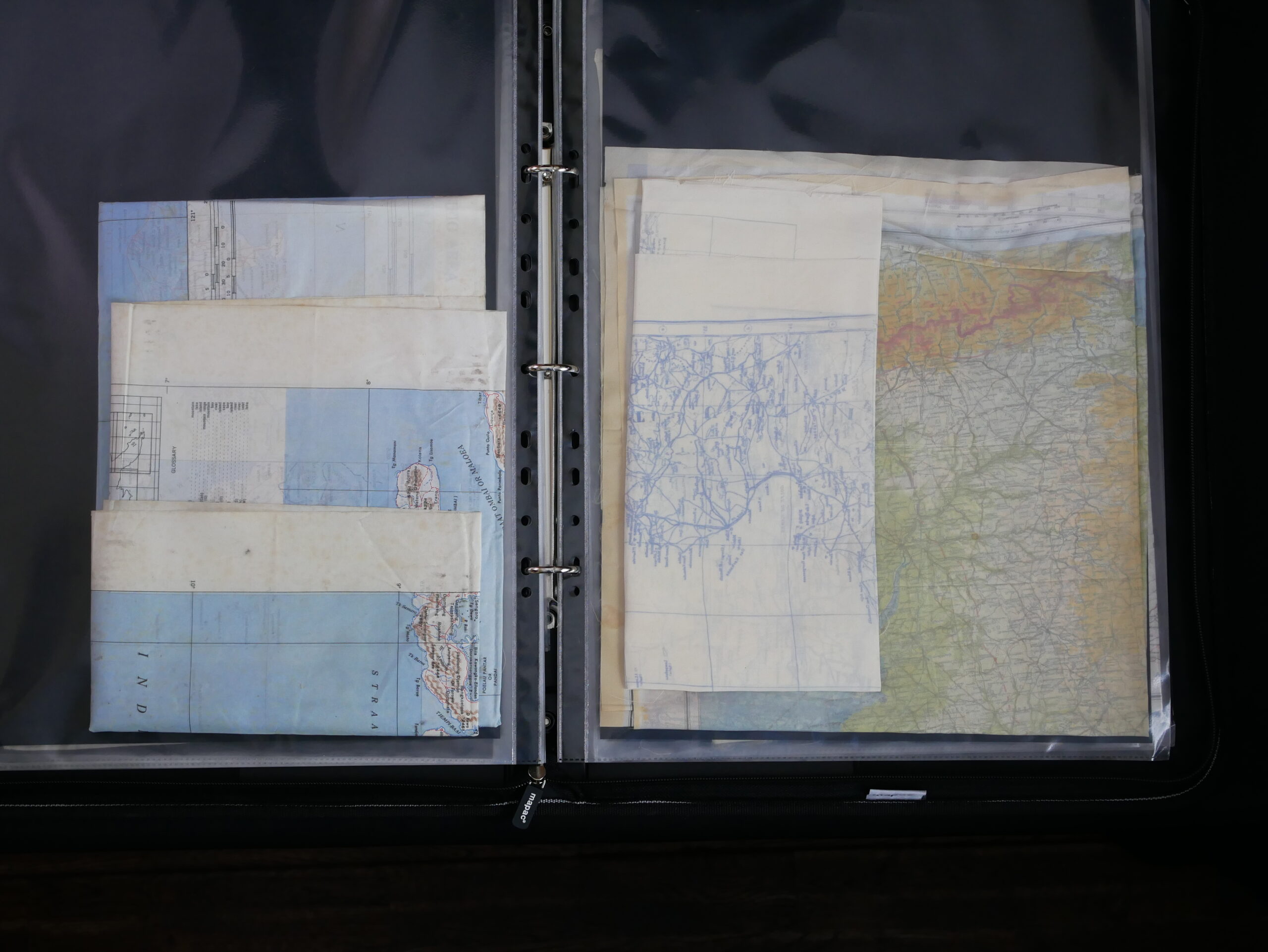

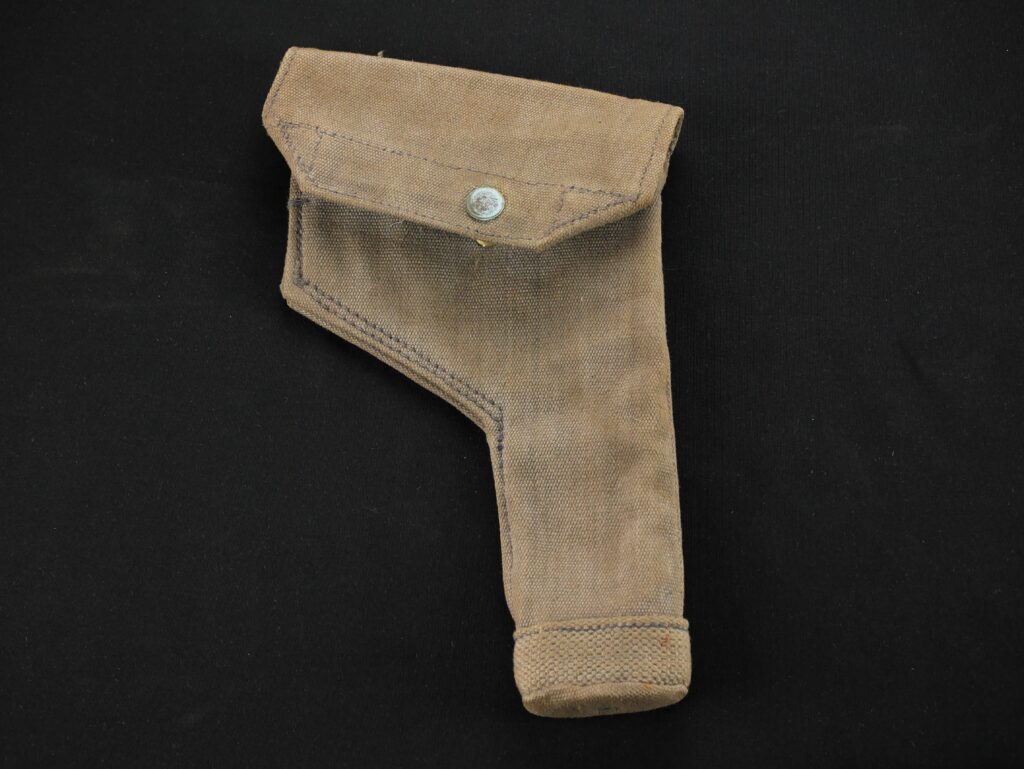
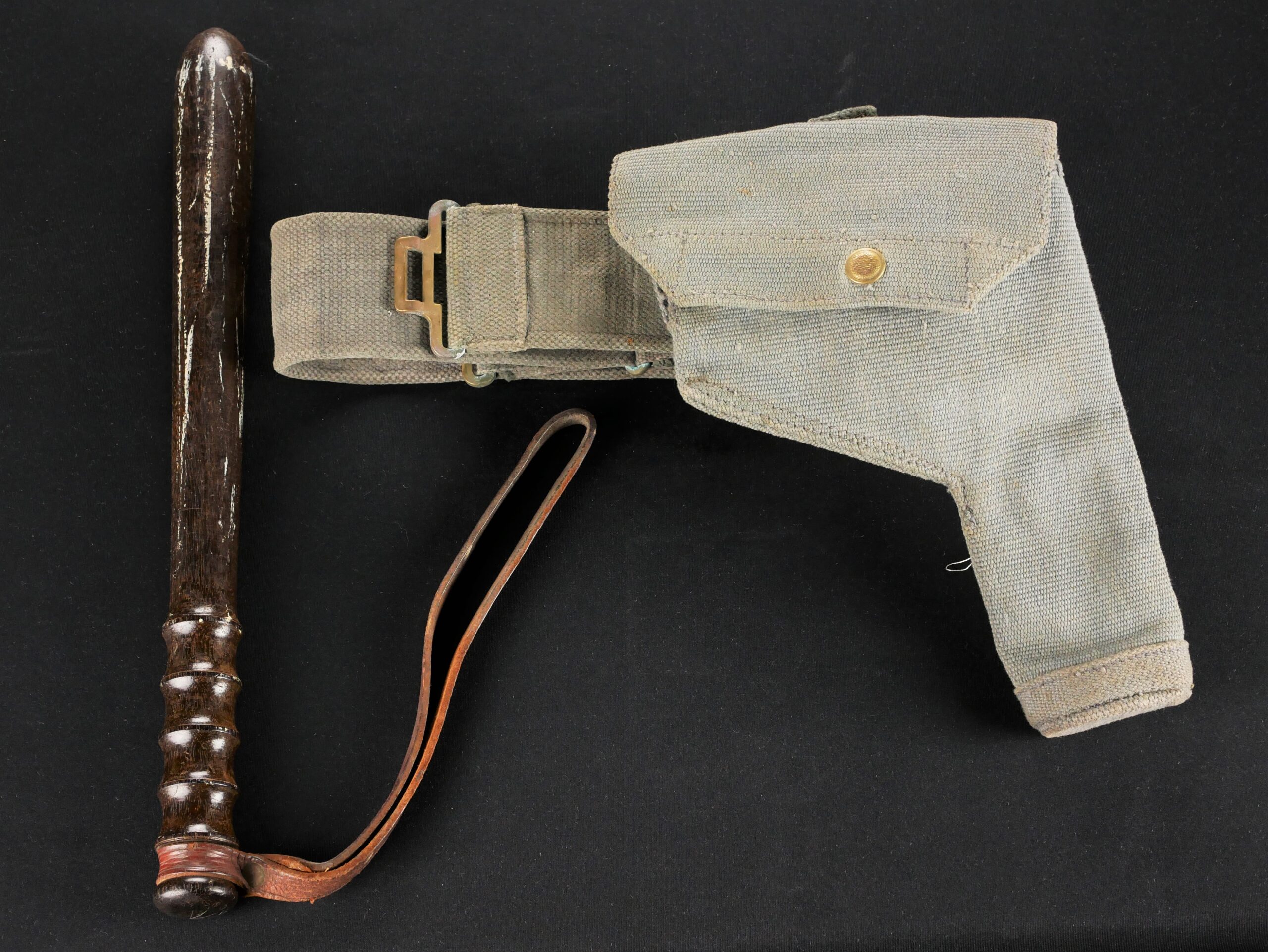
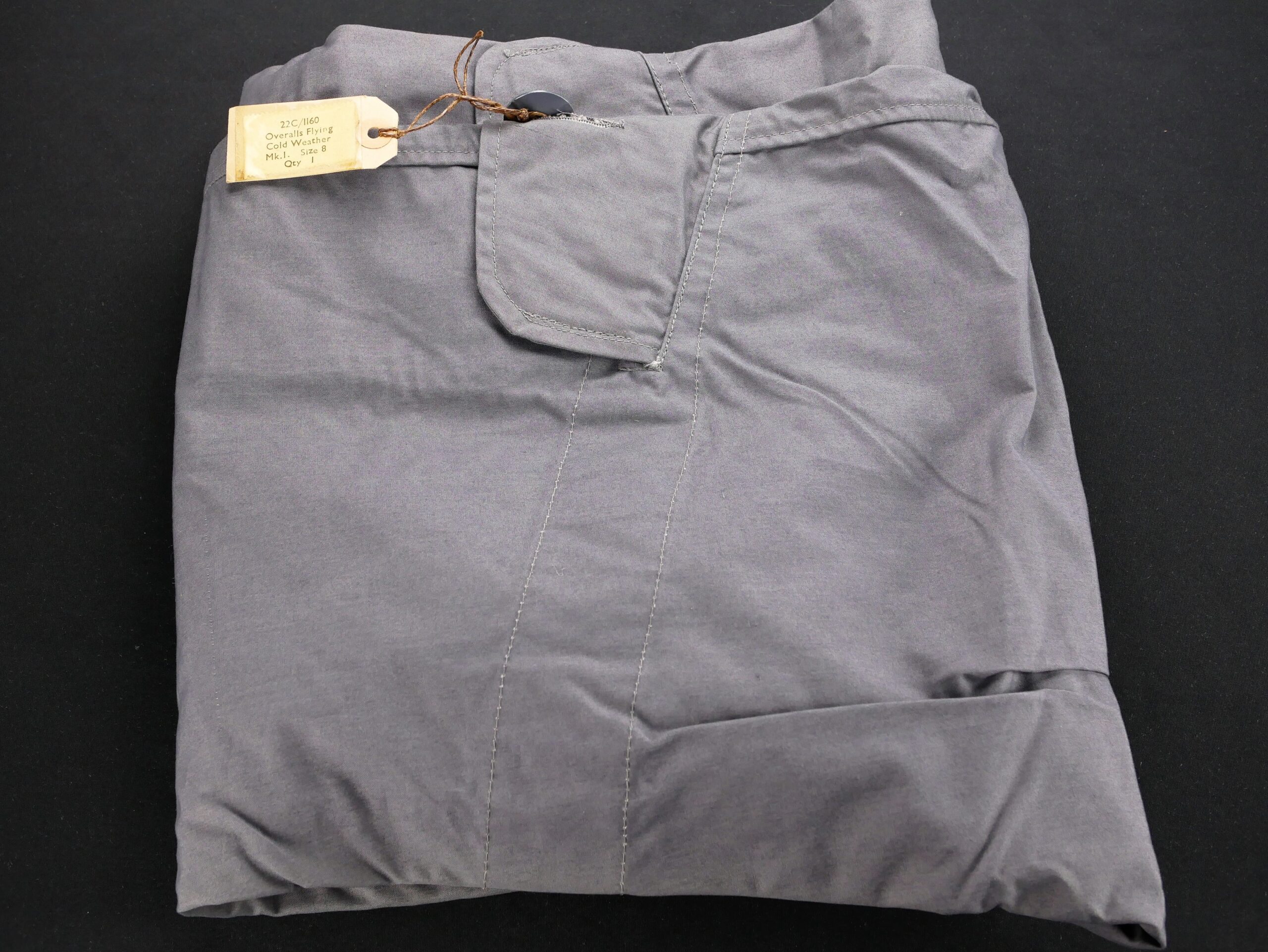
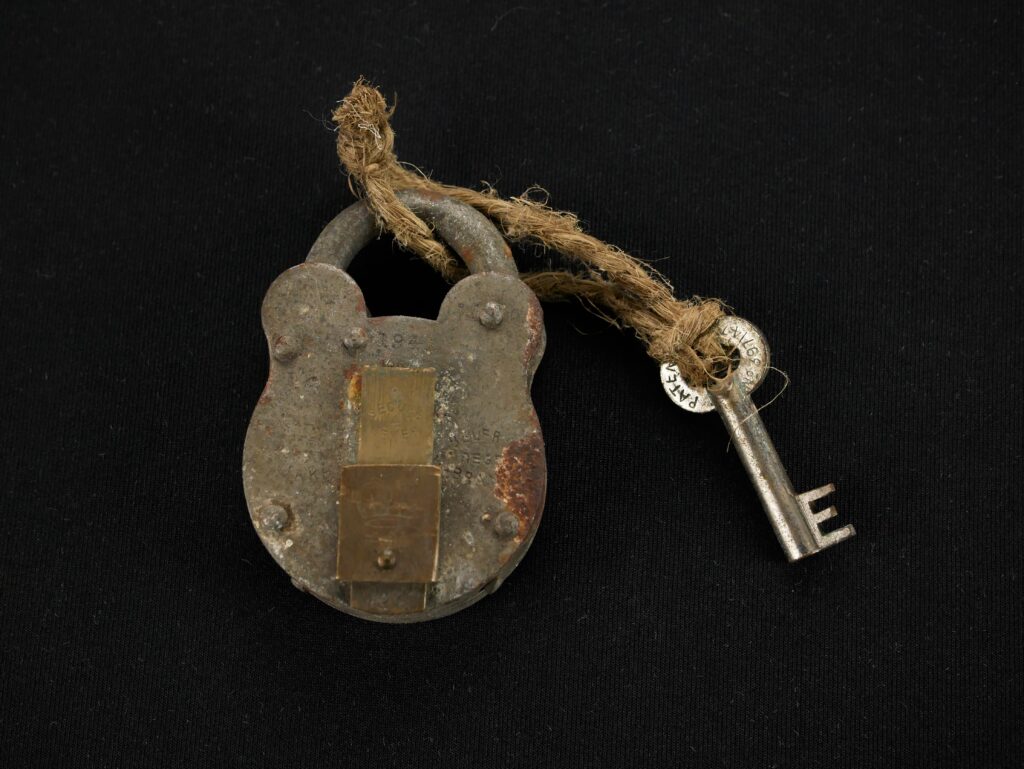
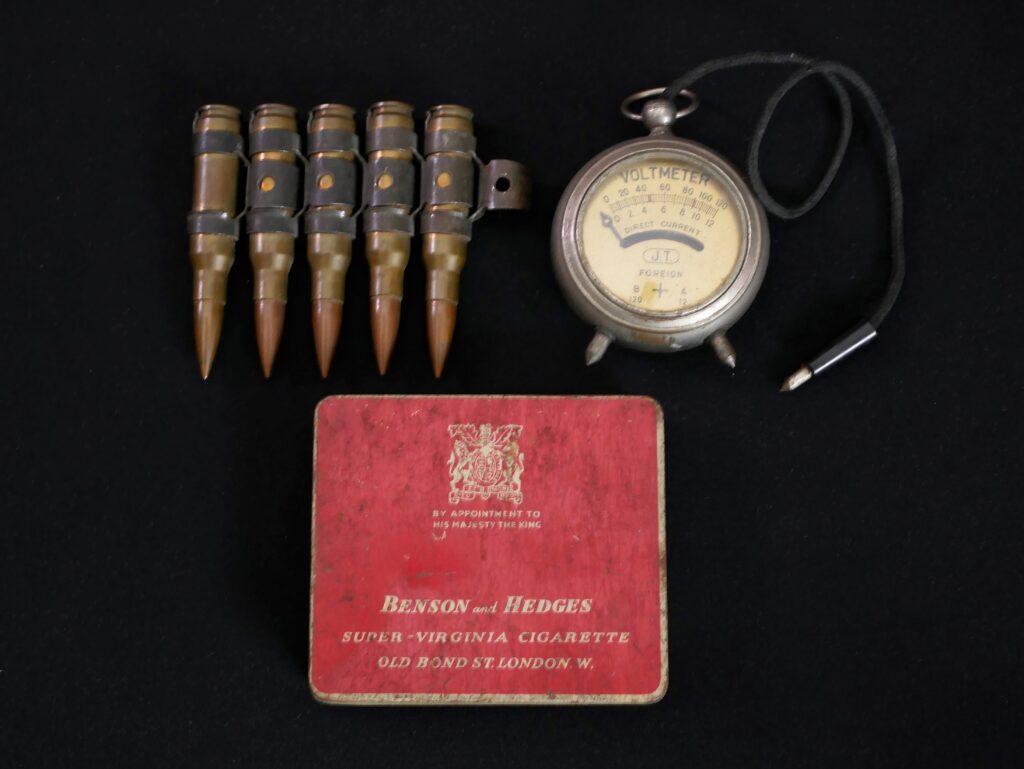
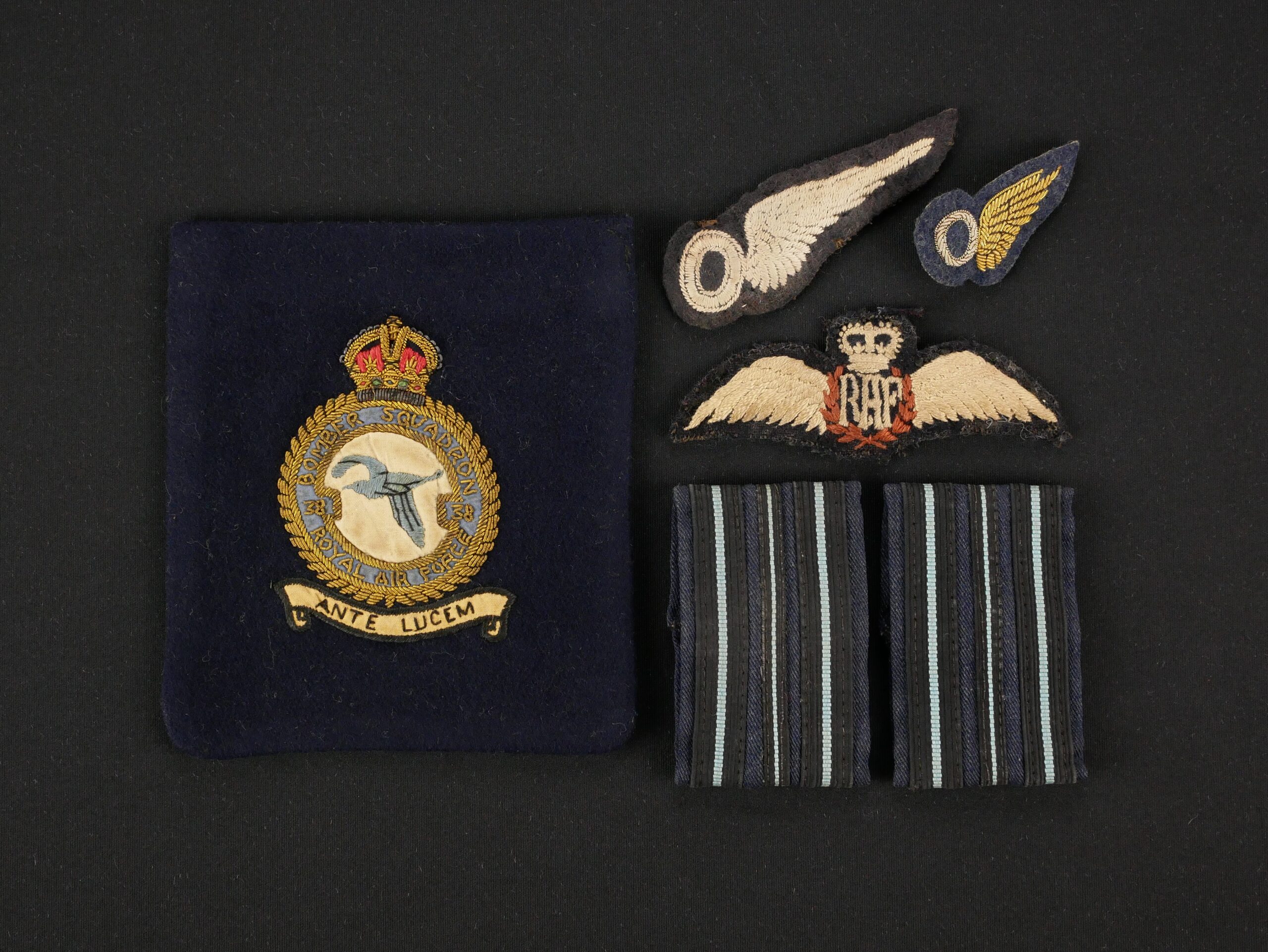
Two large photo albums document Hancock’s training and service in the RAF from 1939 until the 1950s. There are some remarkable photos within the albums, including some from the early days of the Battle of Britain and the post-war years when Hancock was stationed in the Far East.
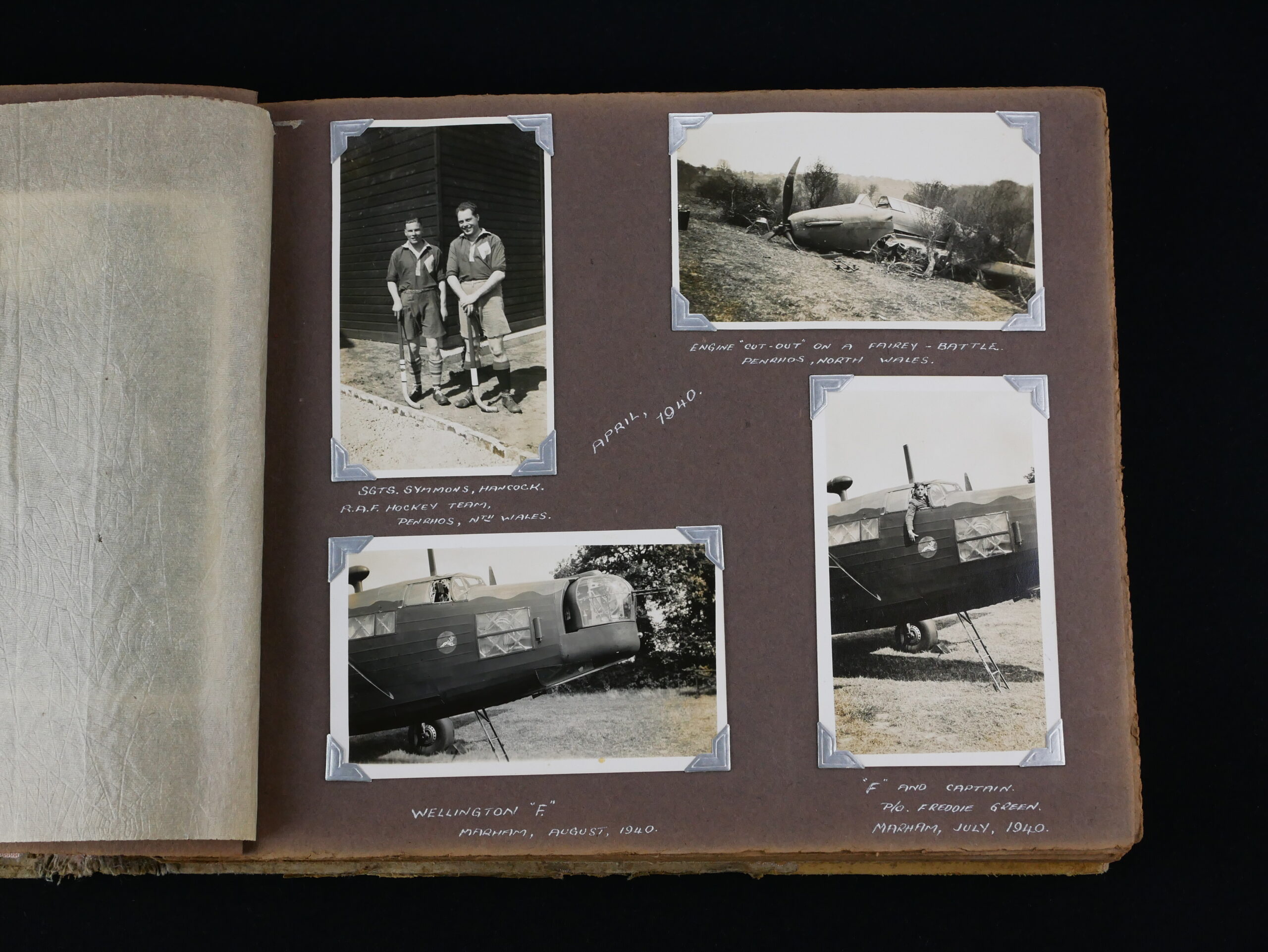
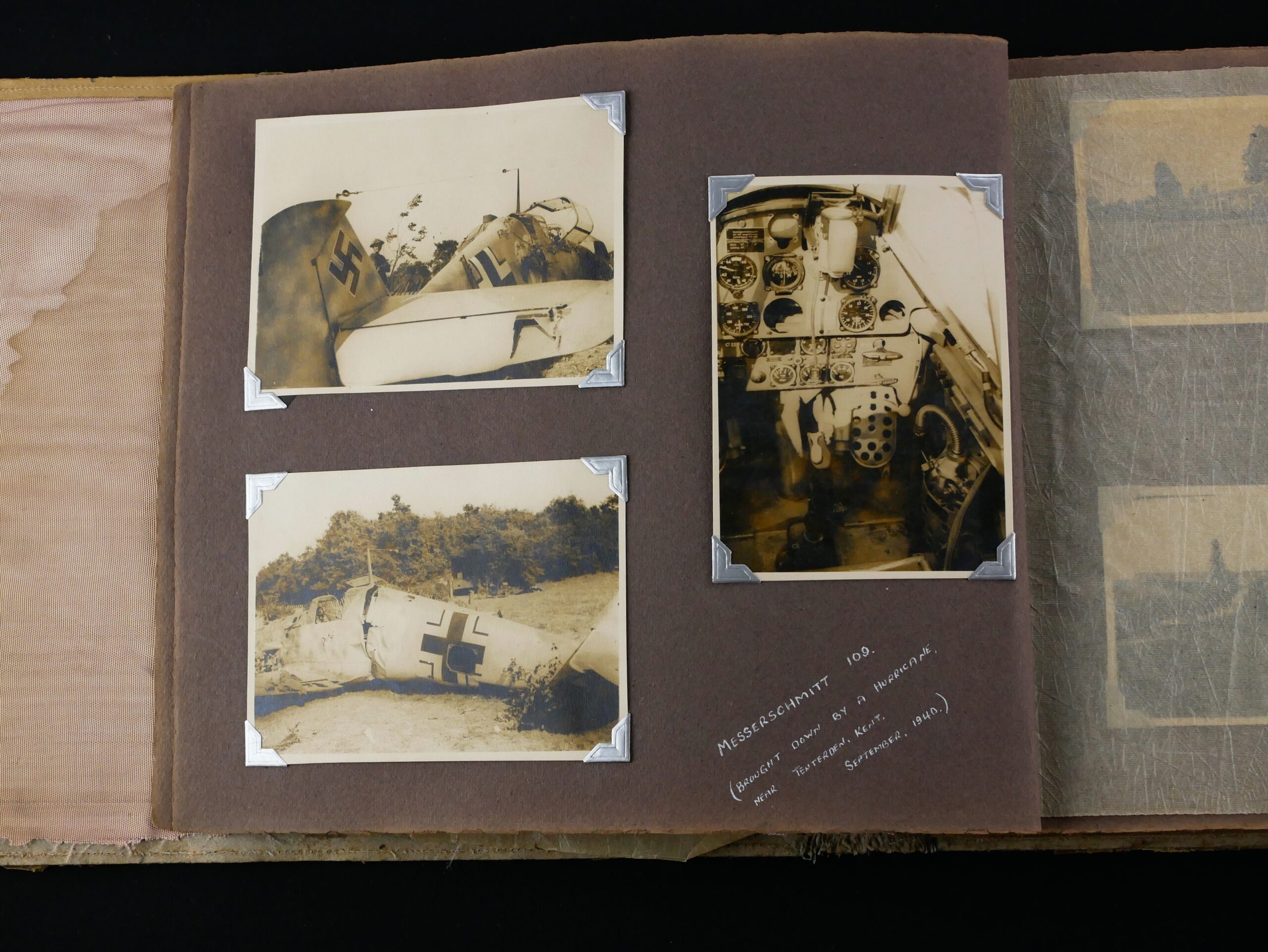
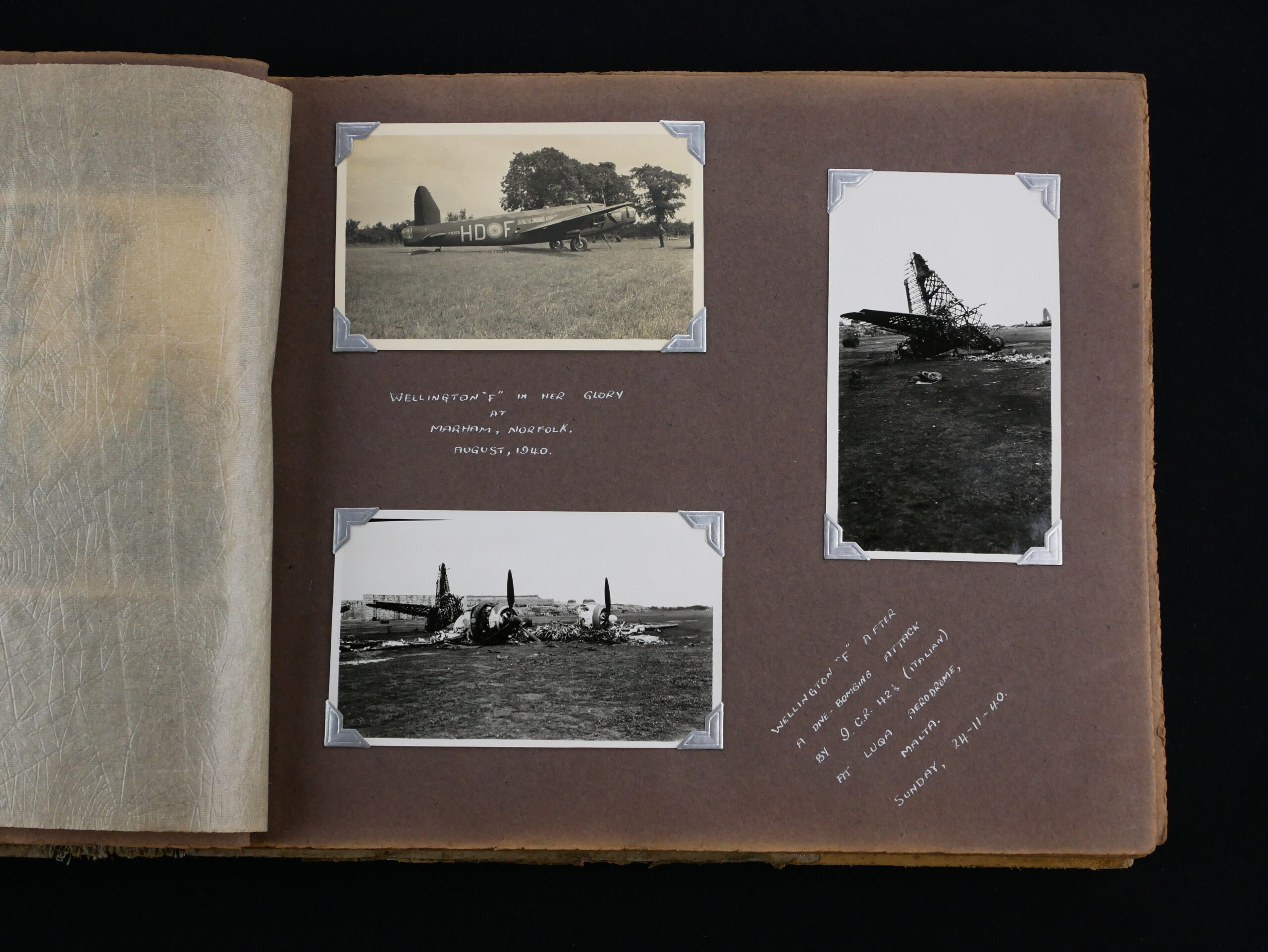
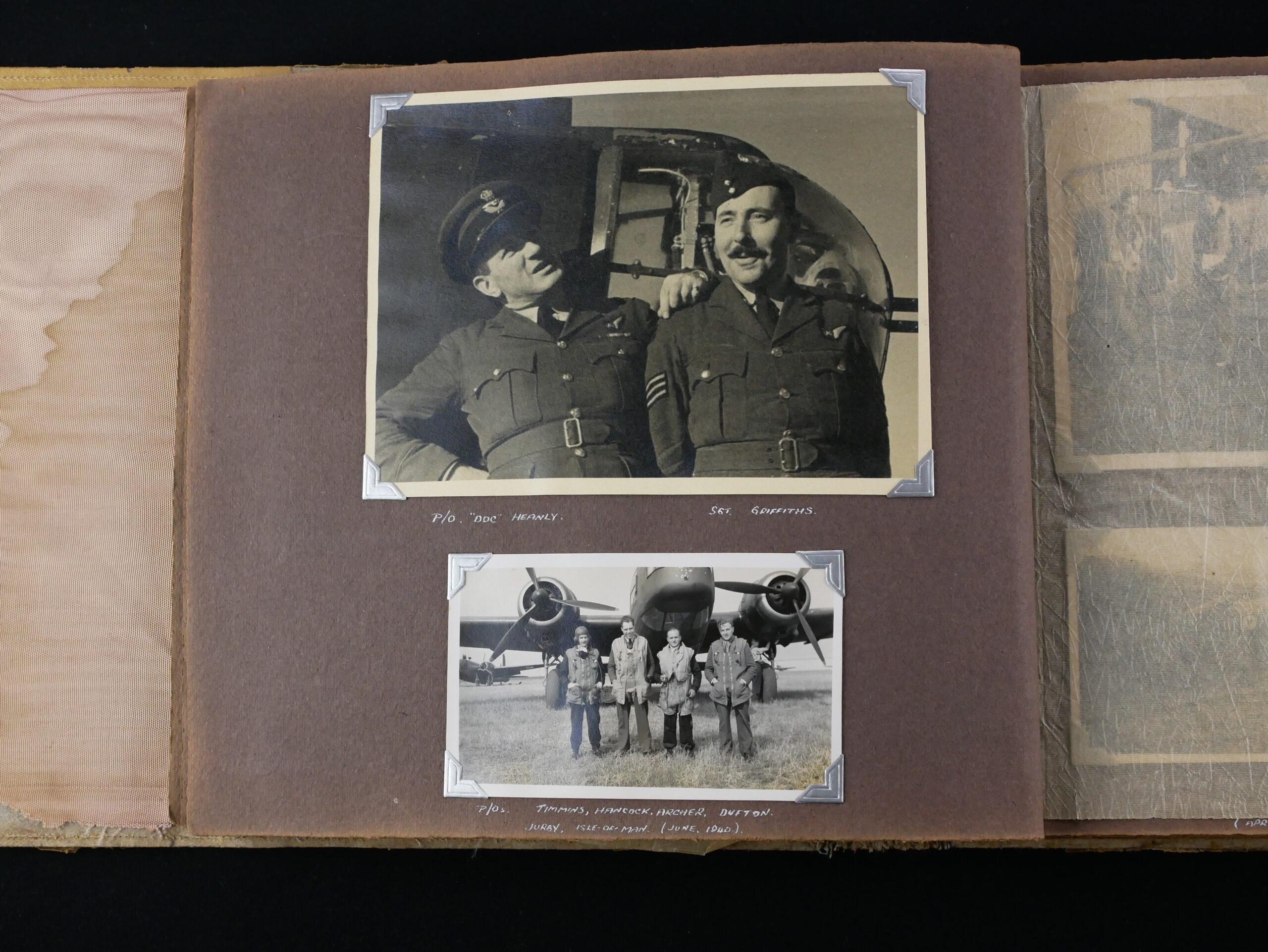
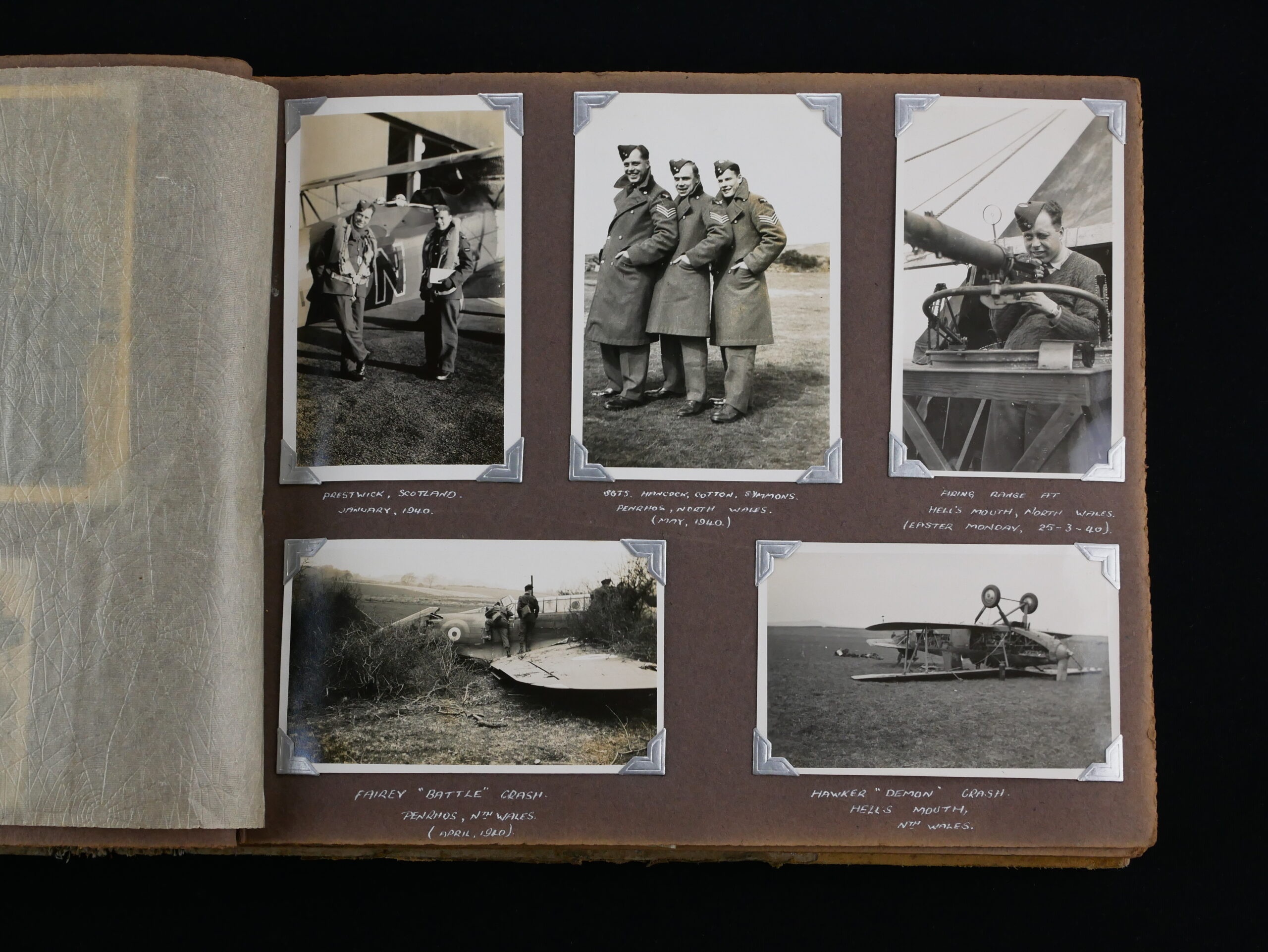
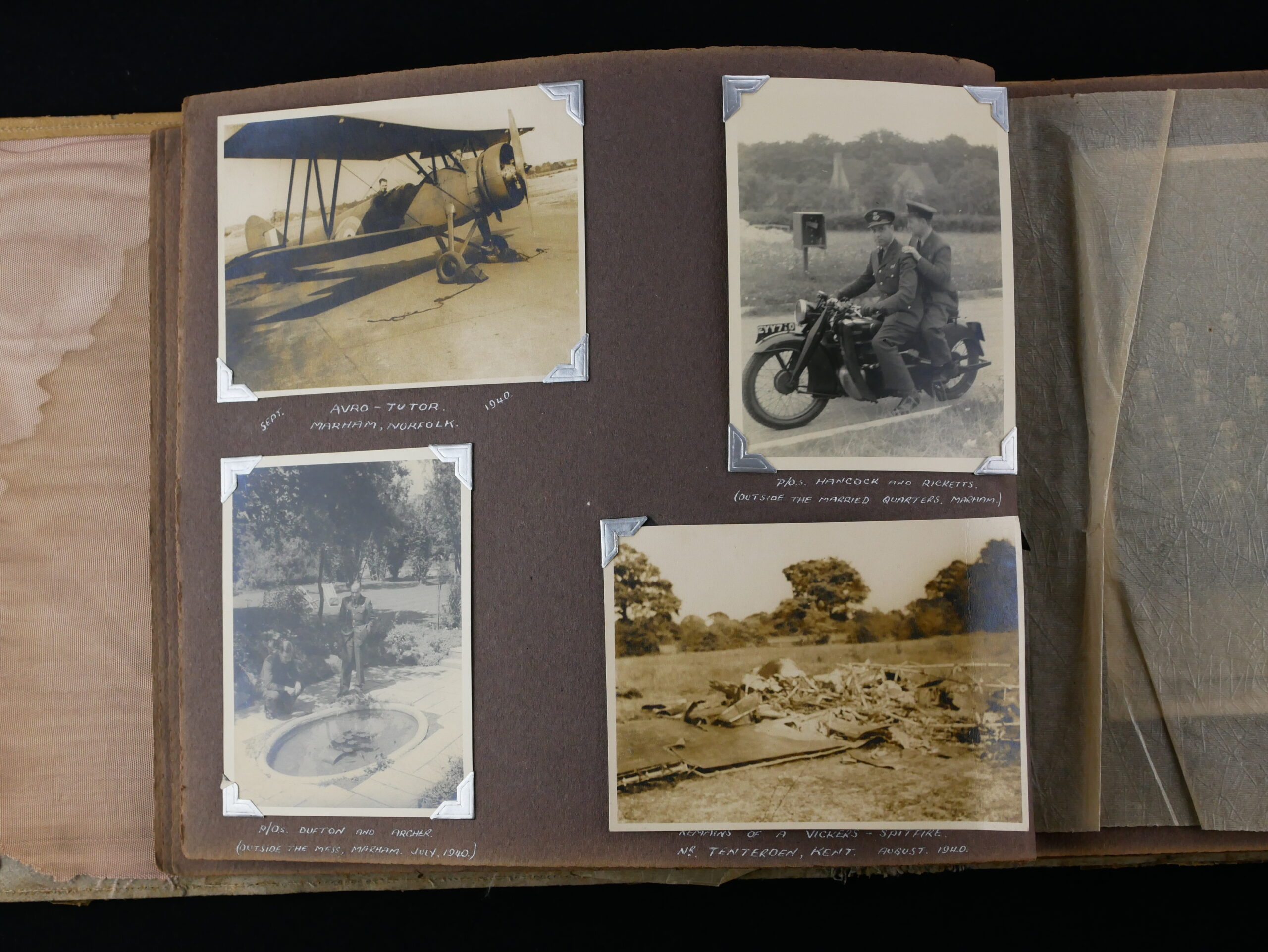
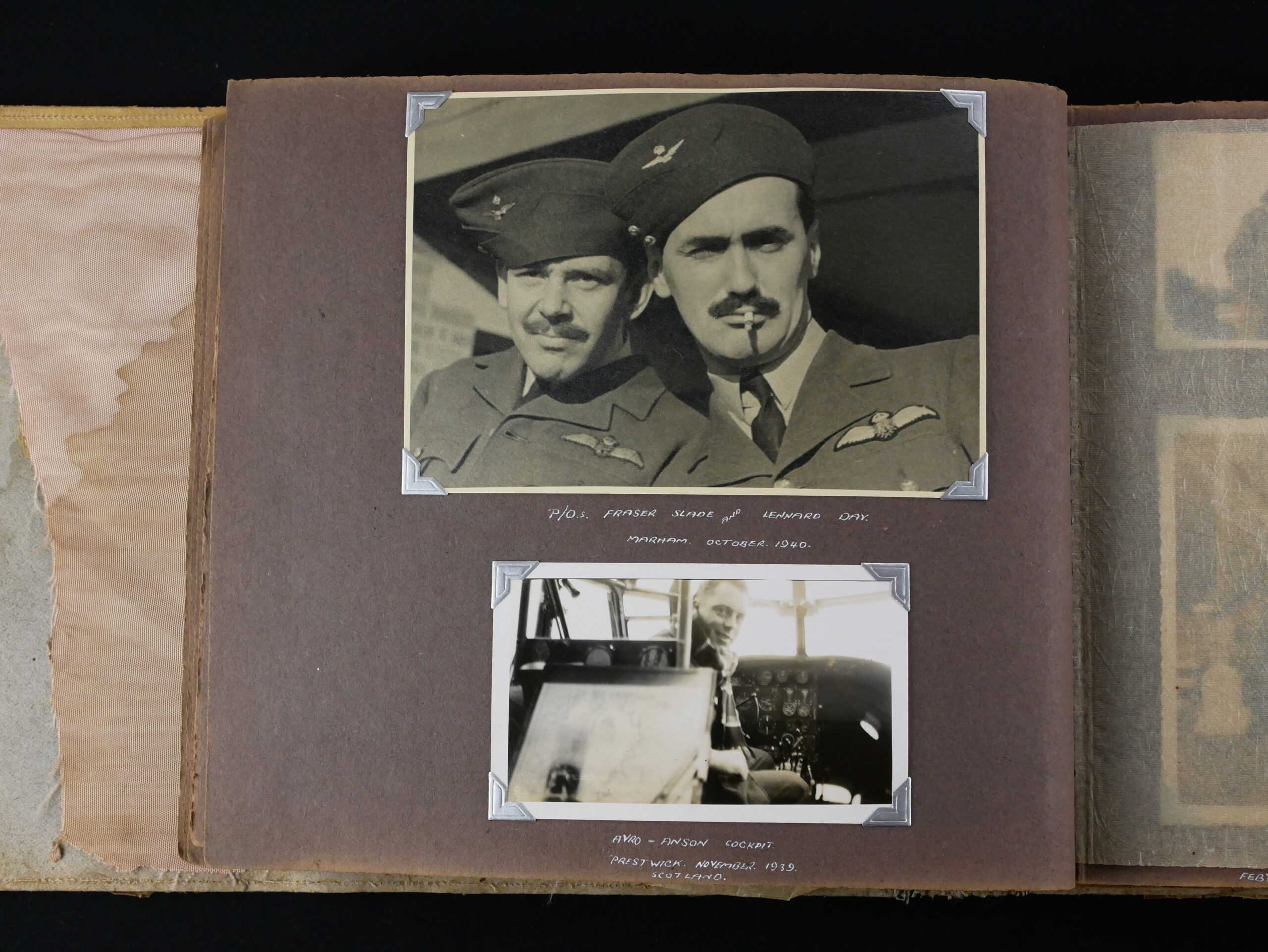
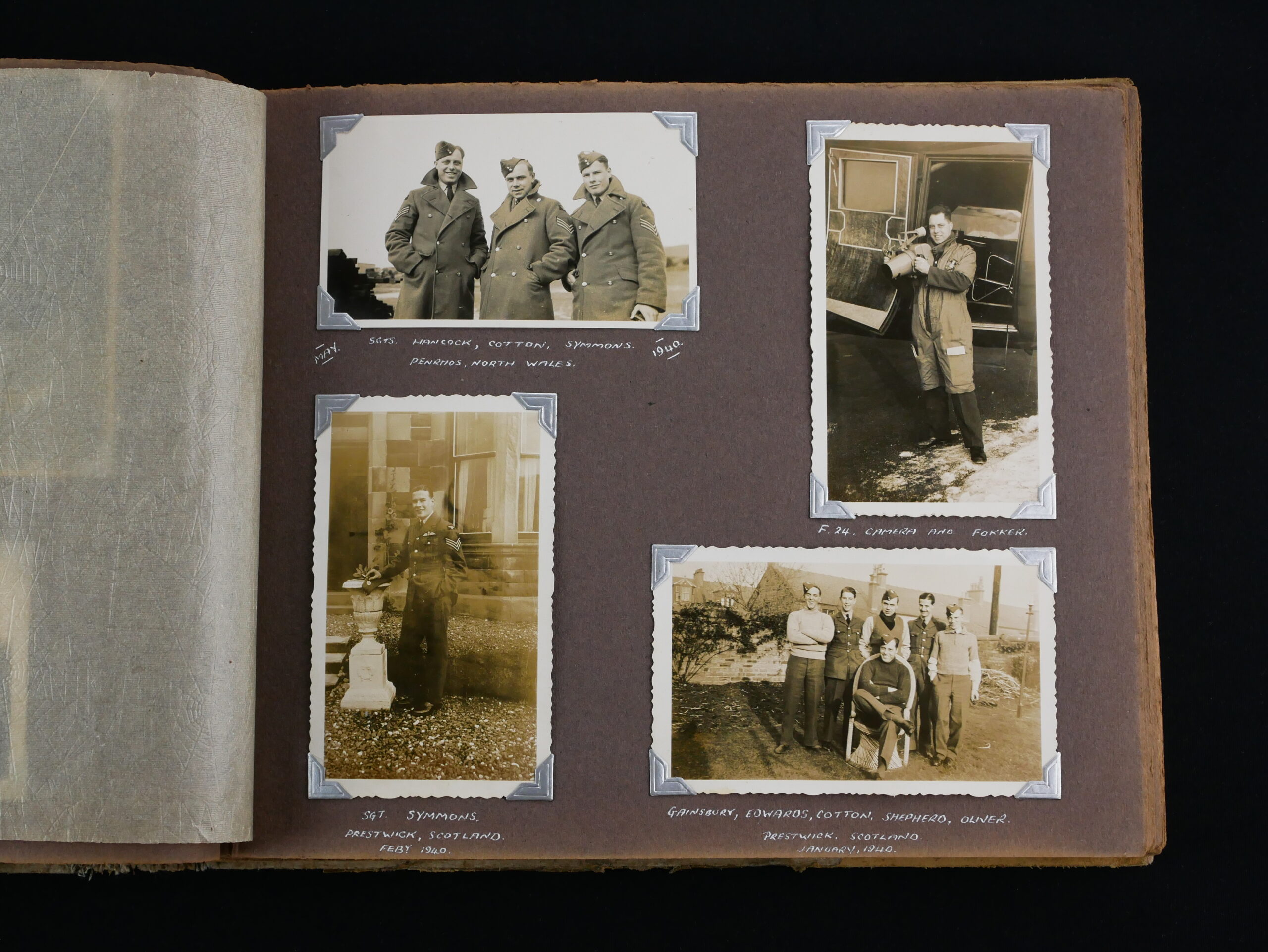
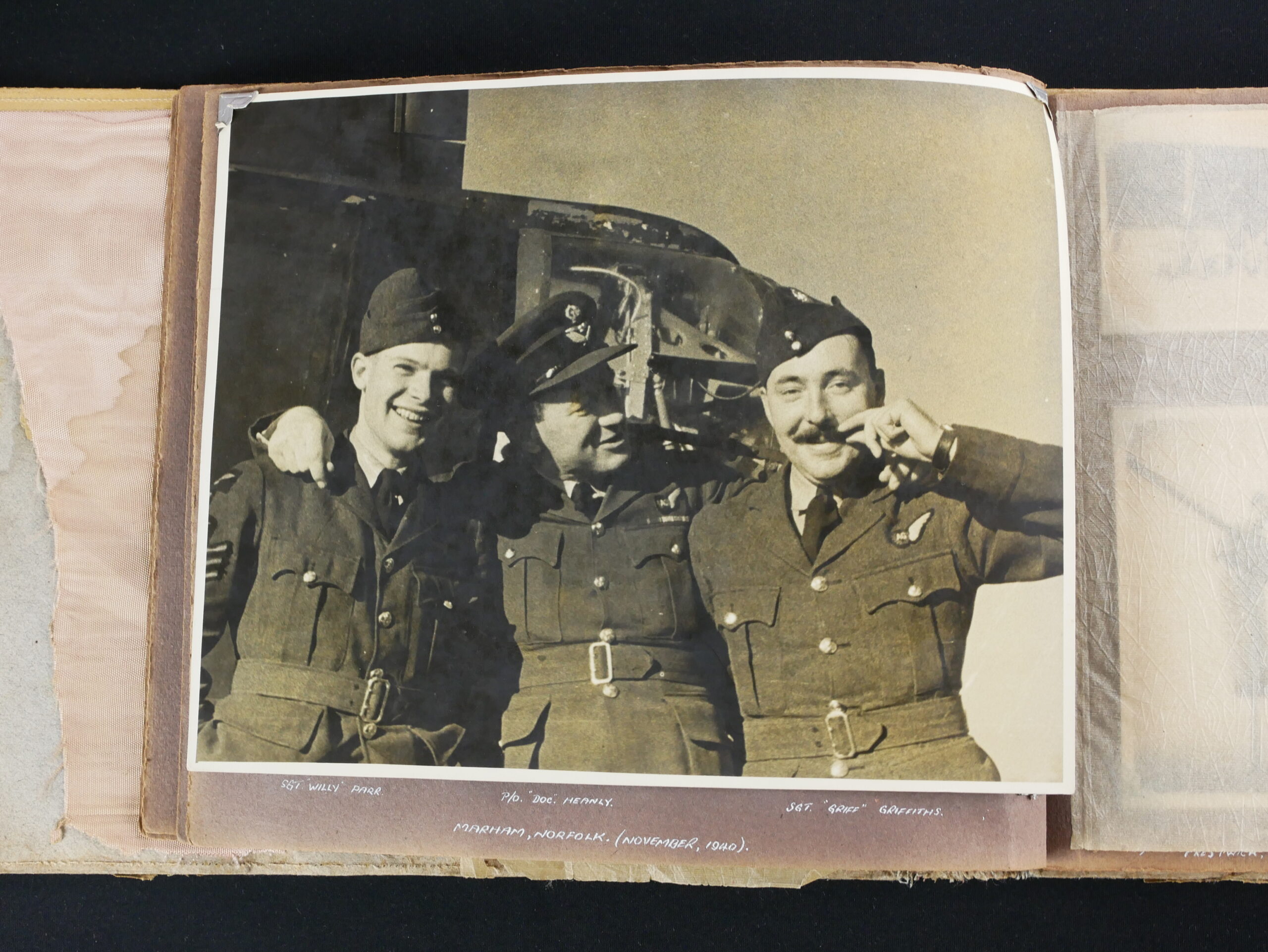
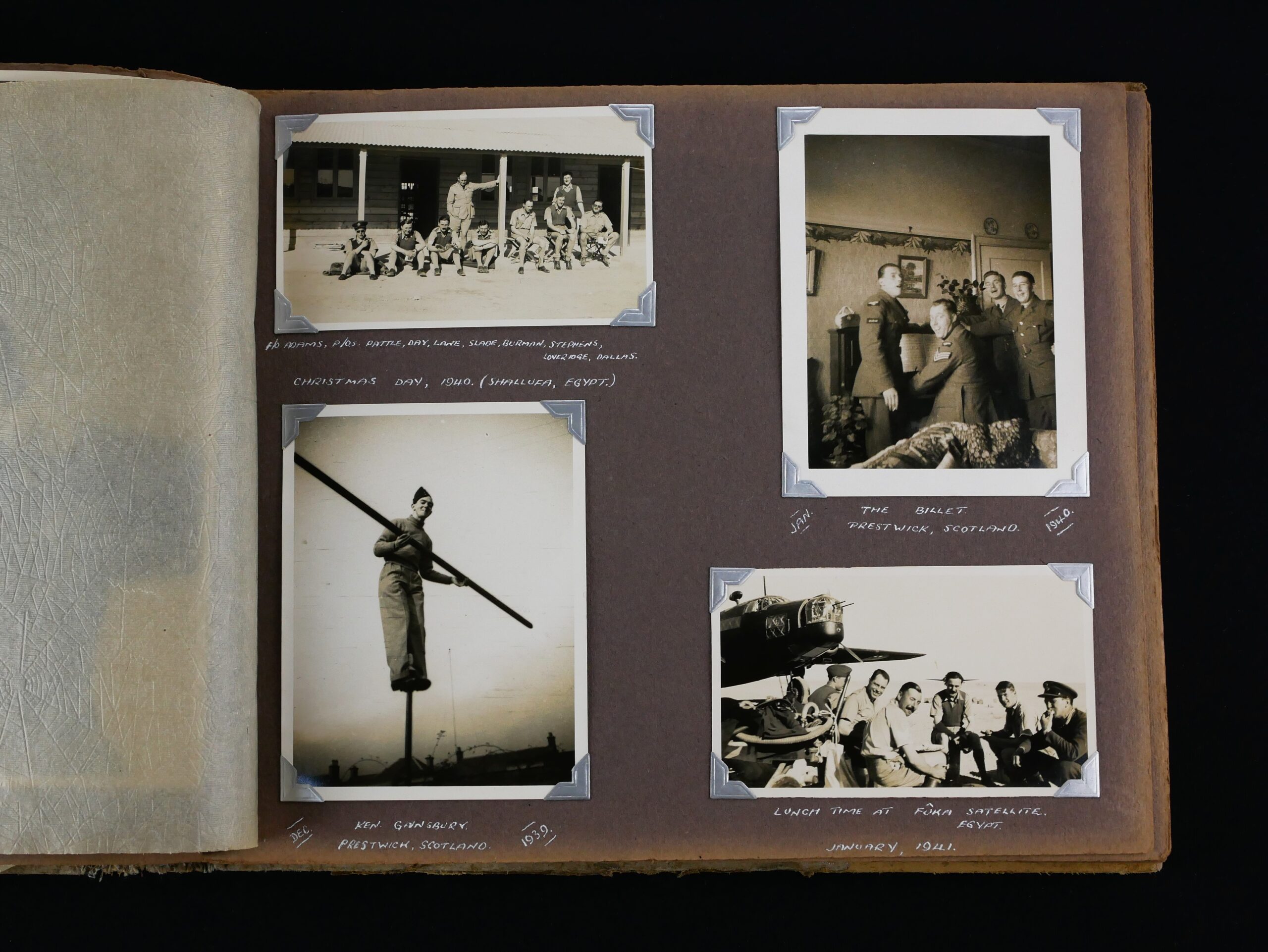
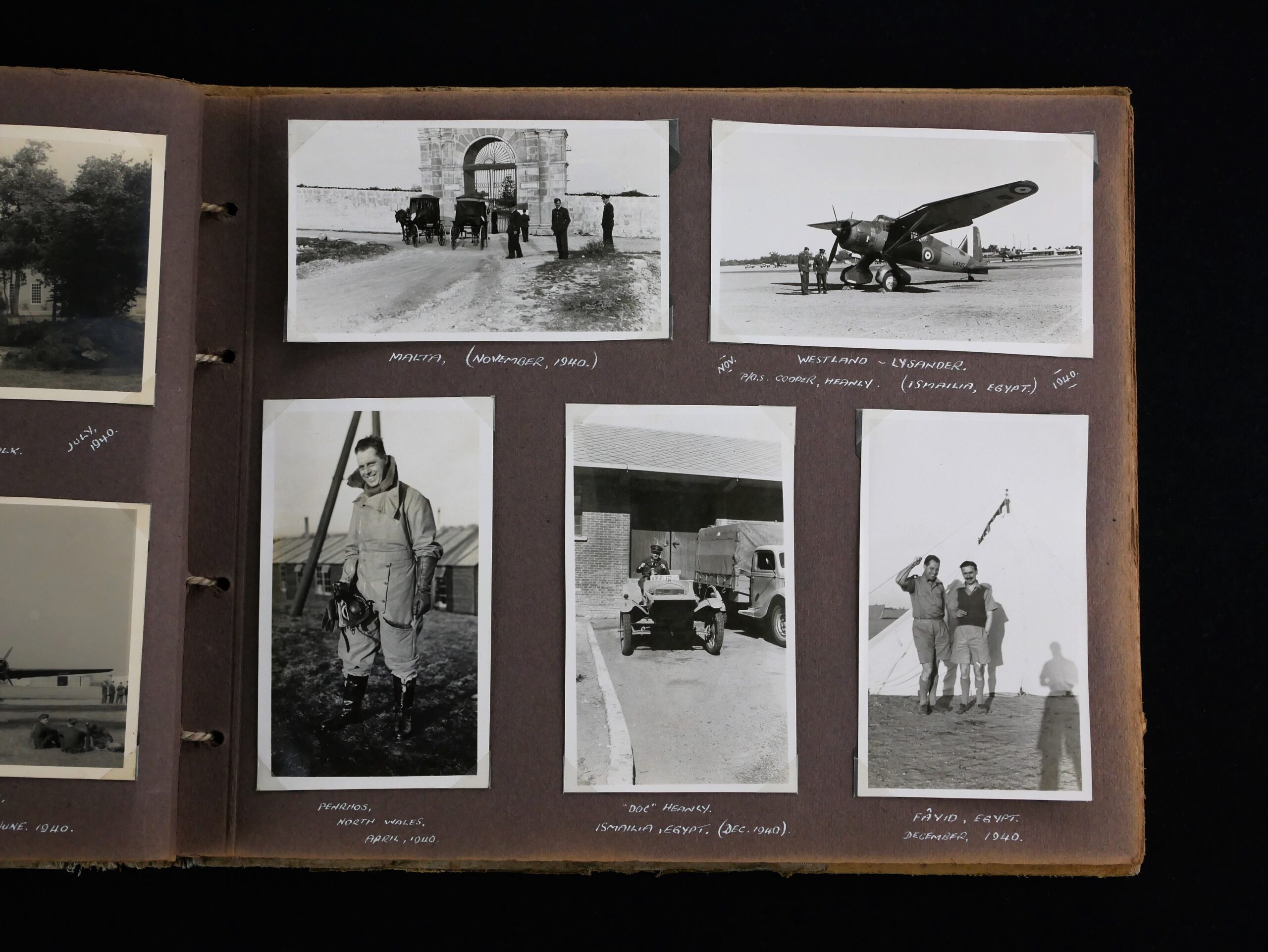
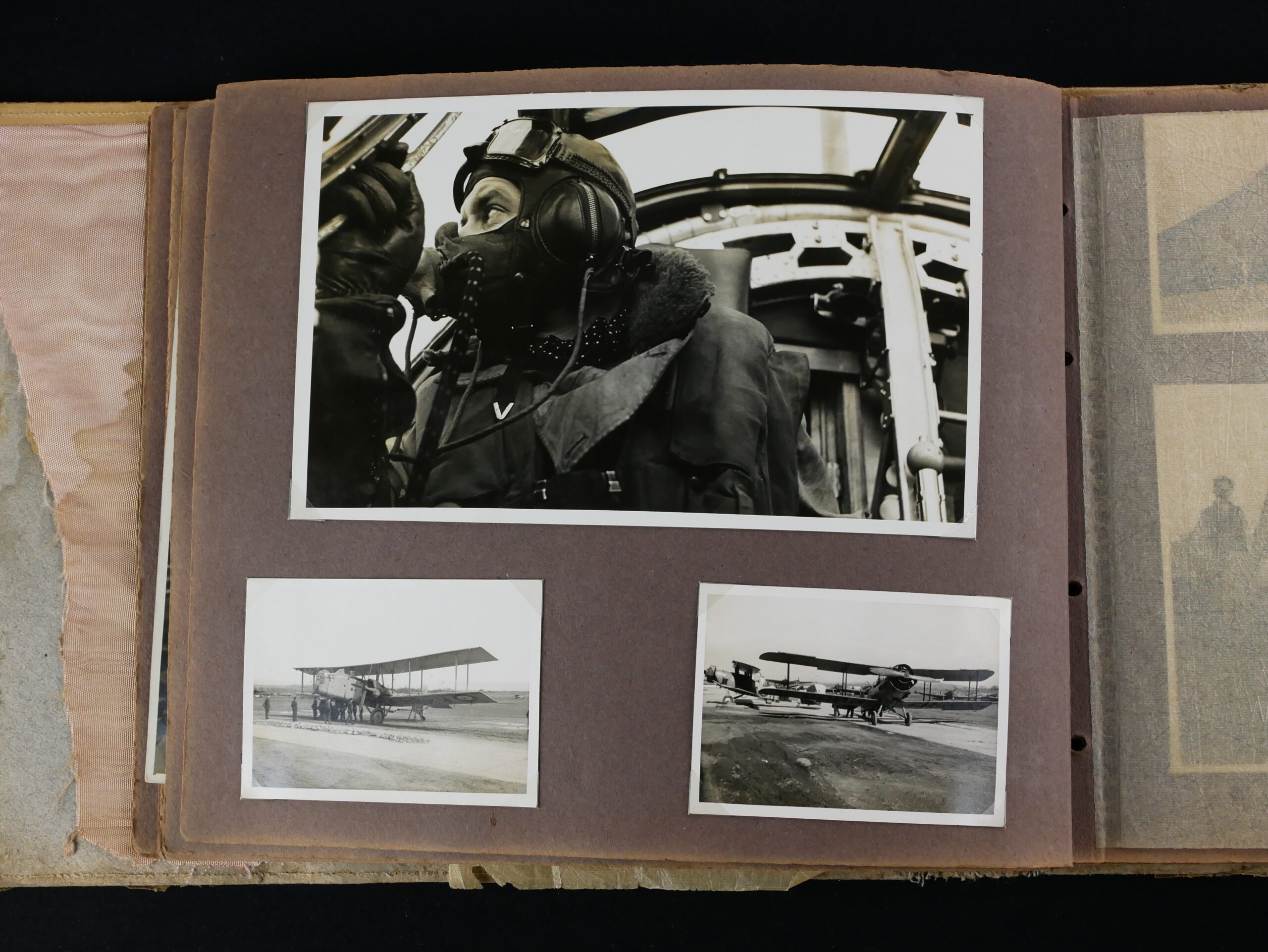
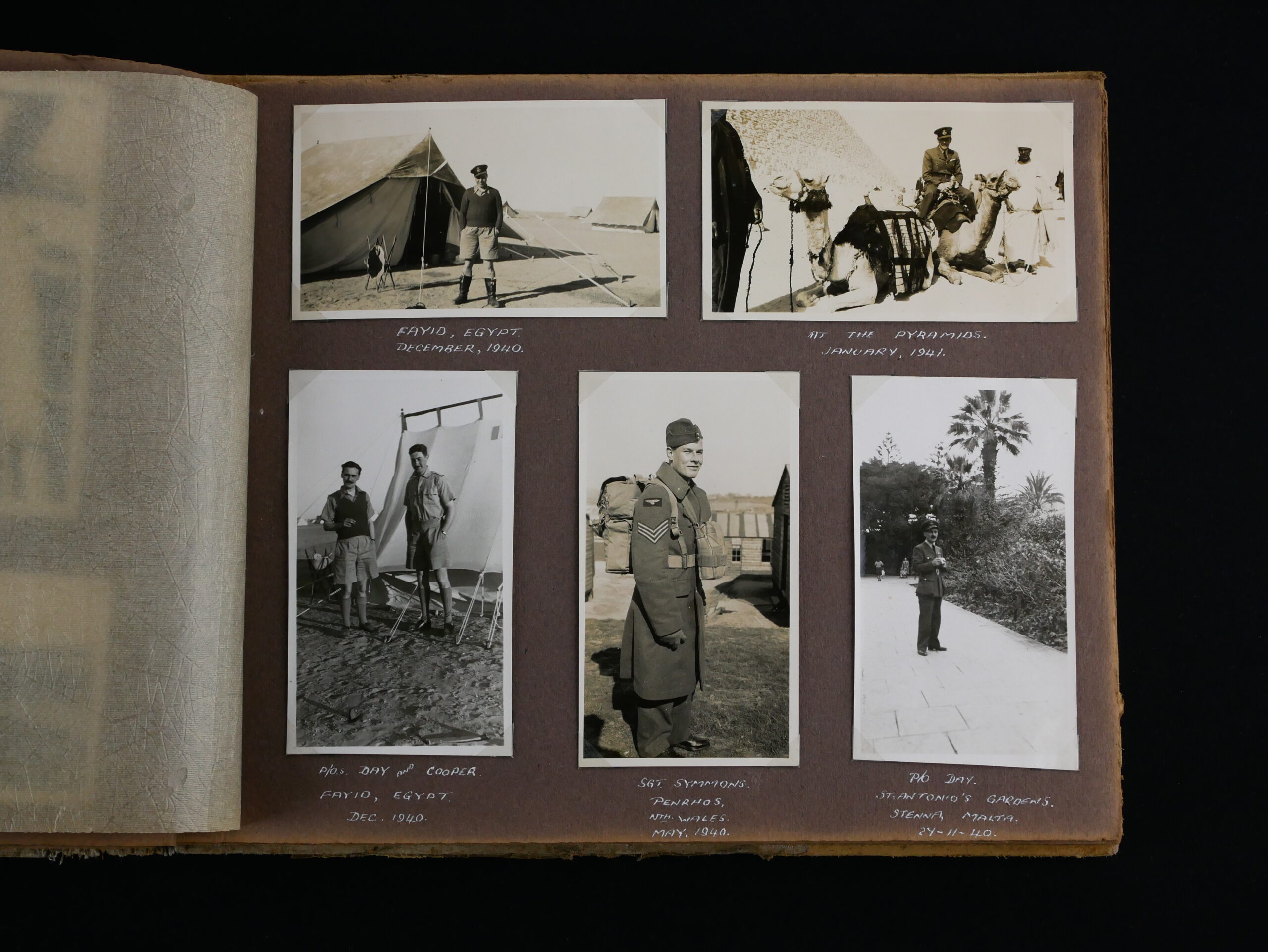
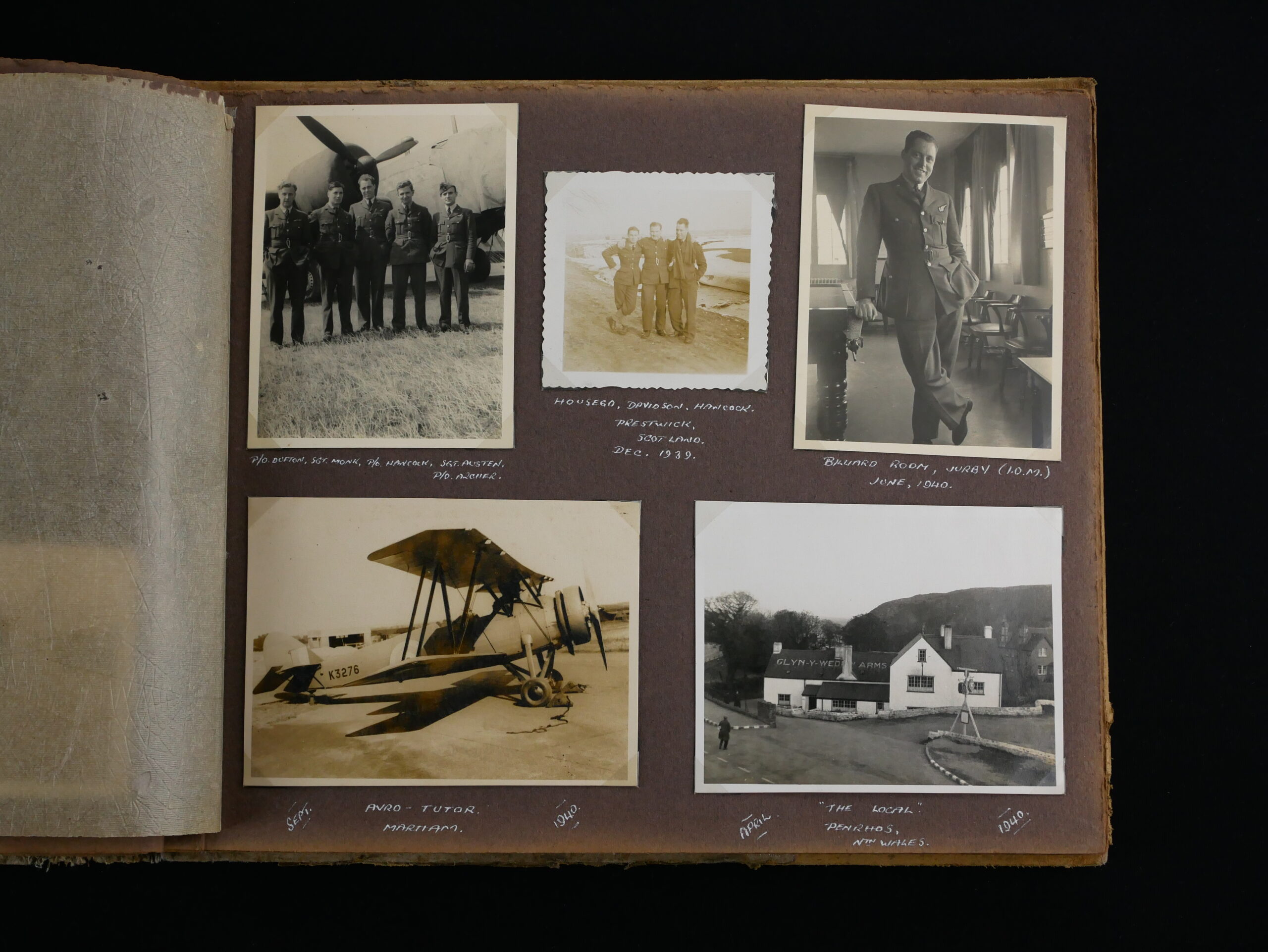
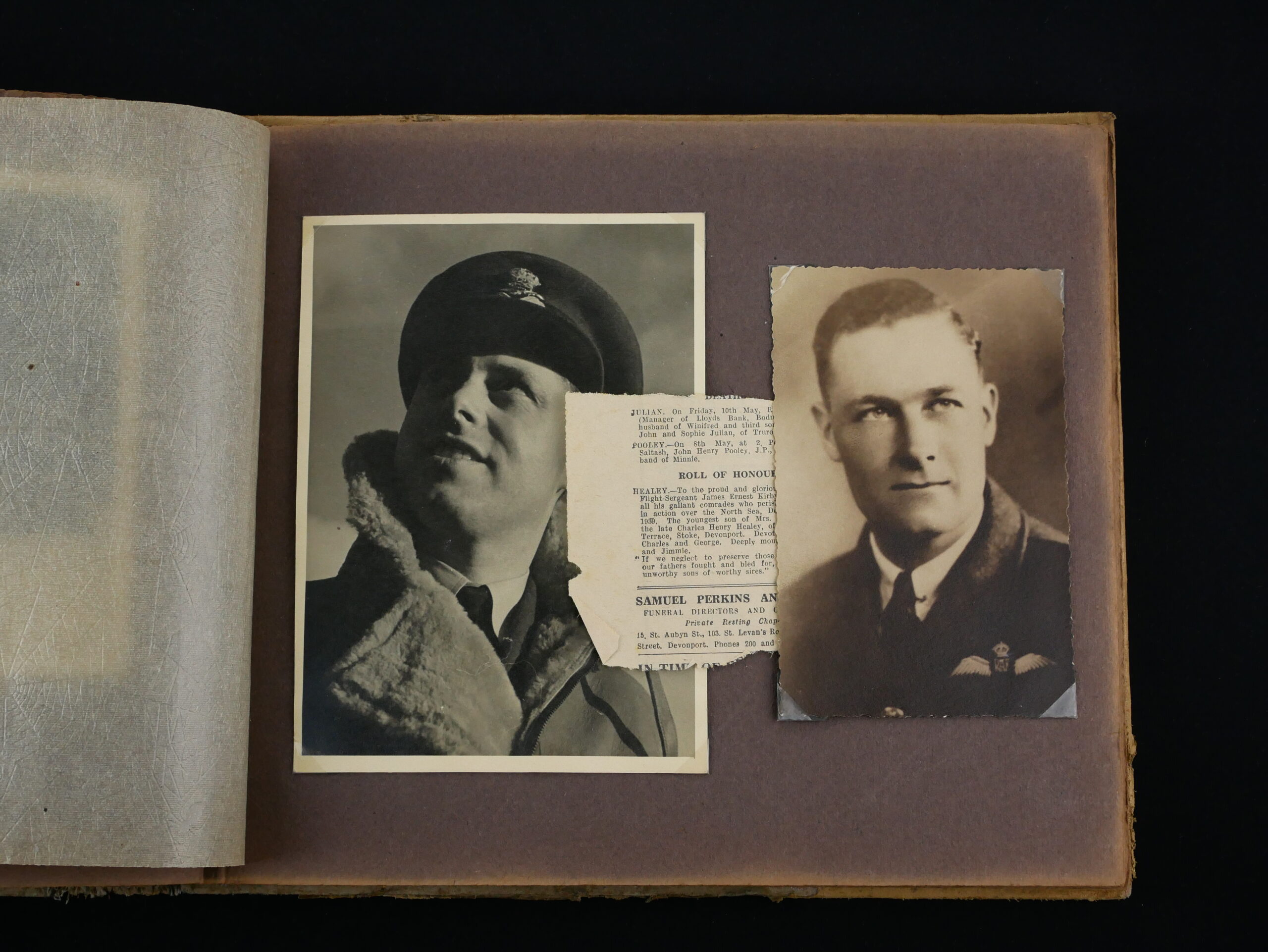
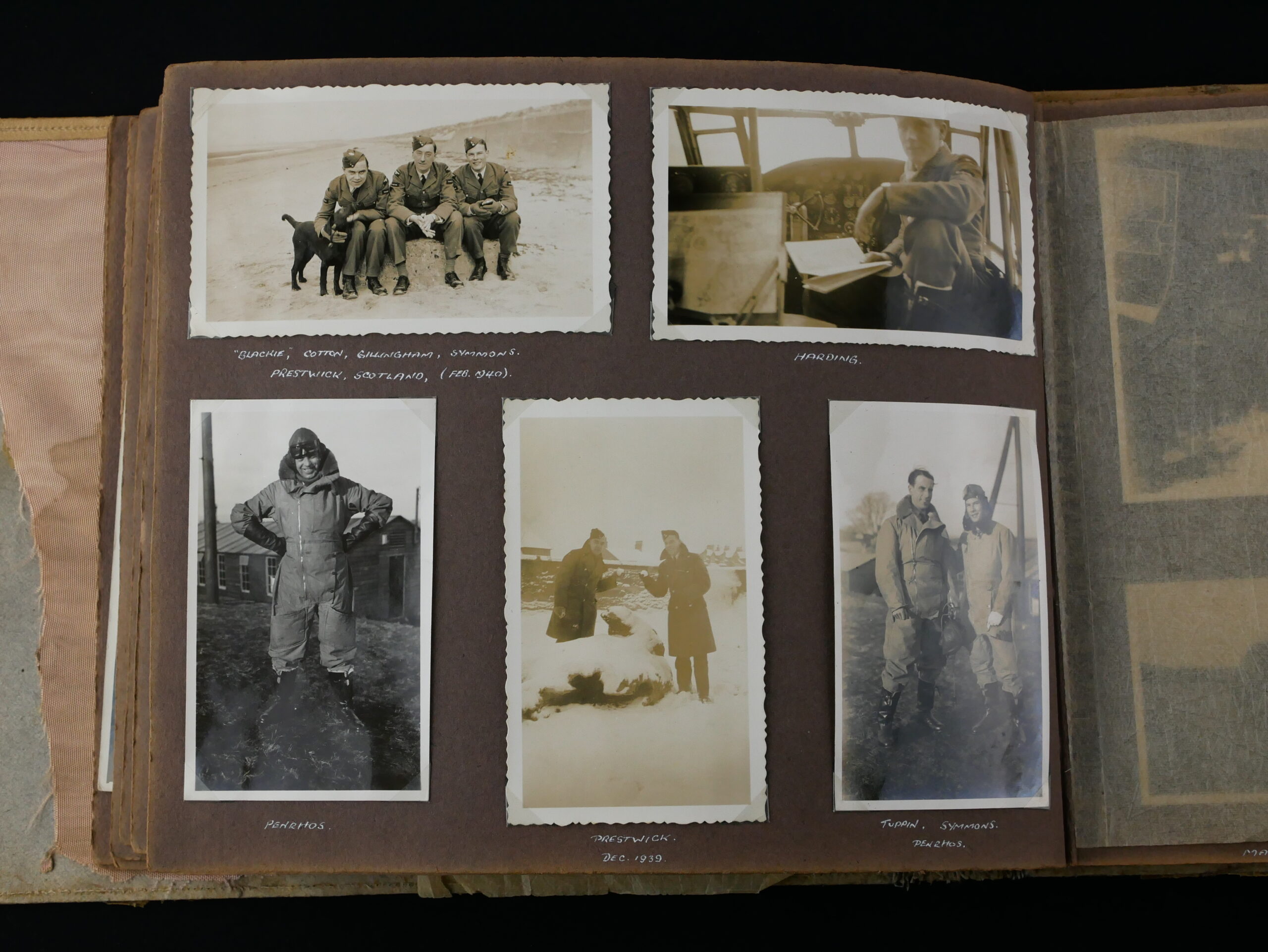
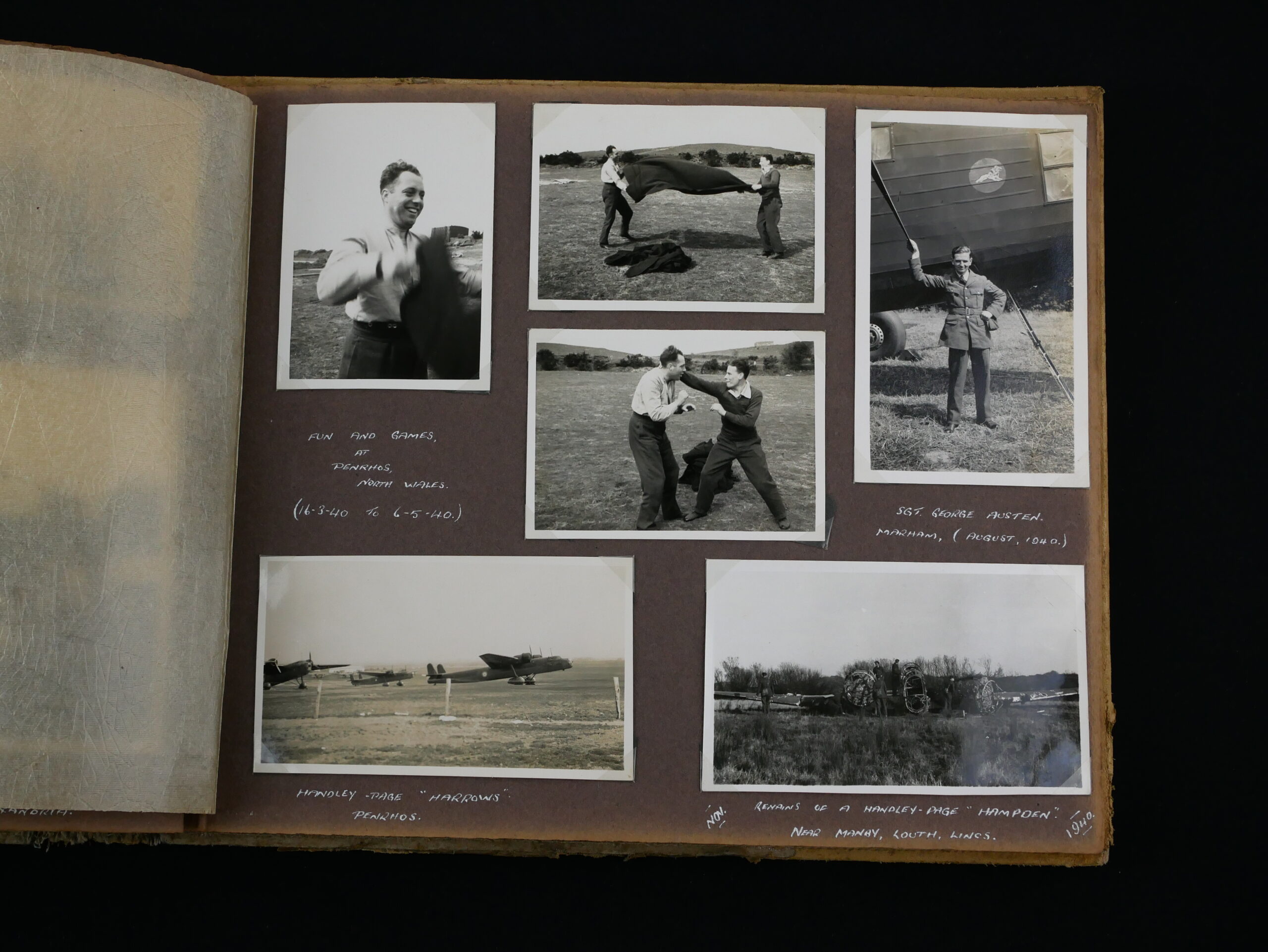
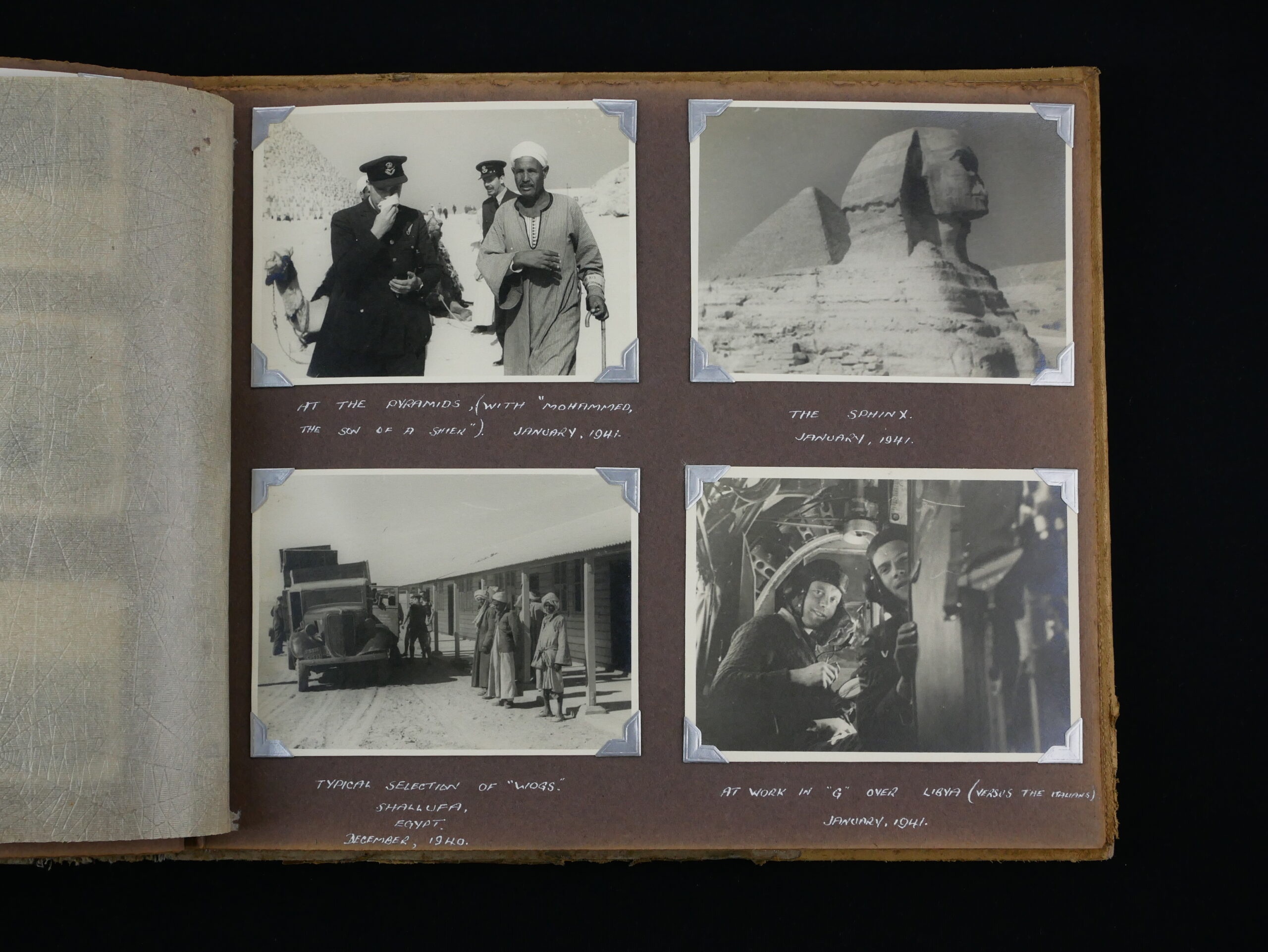
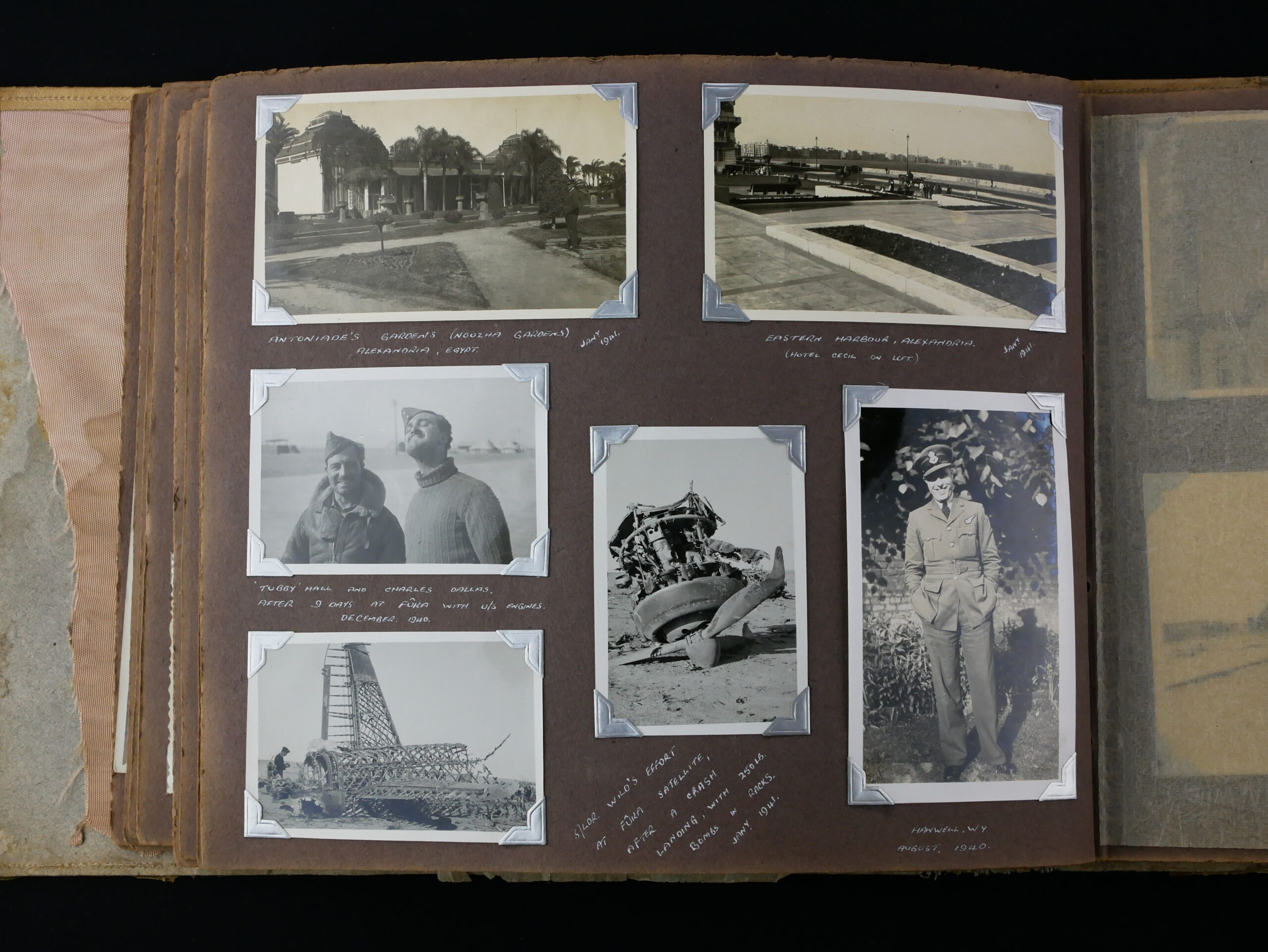
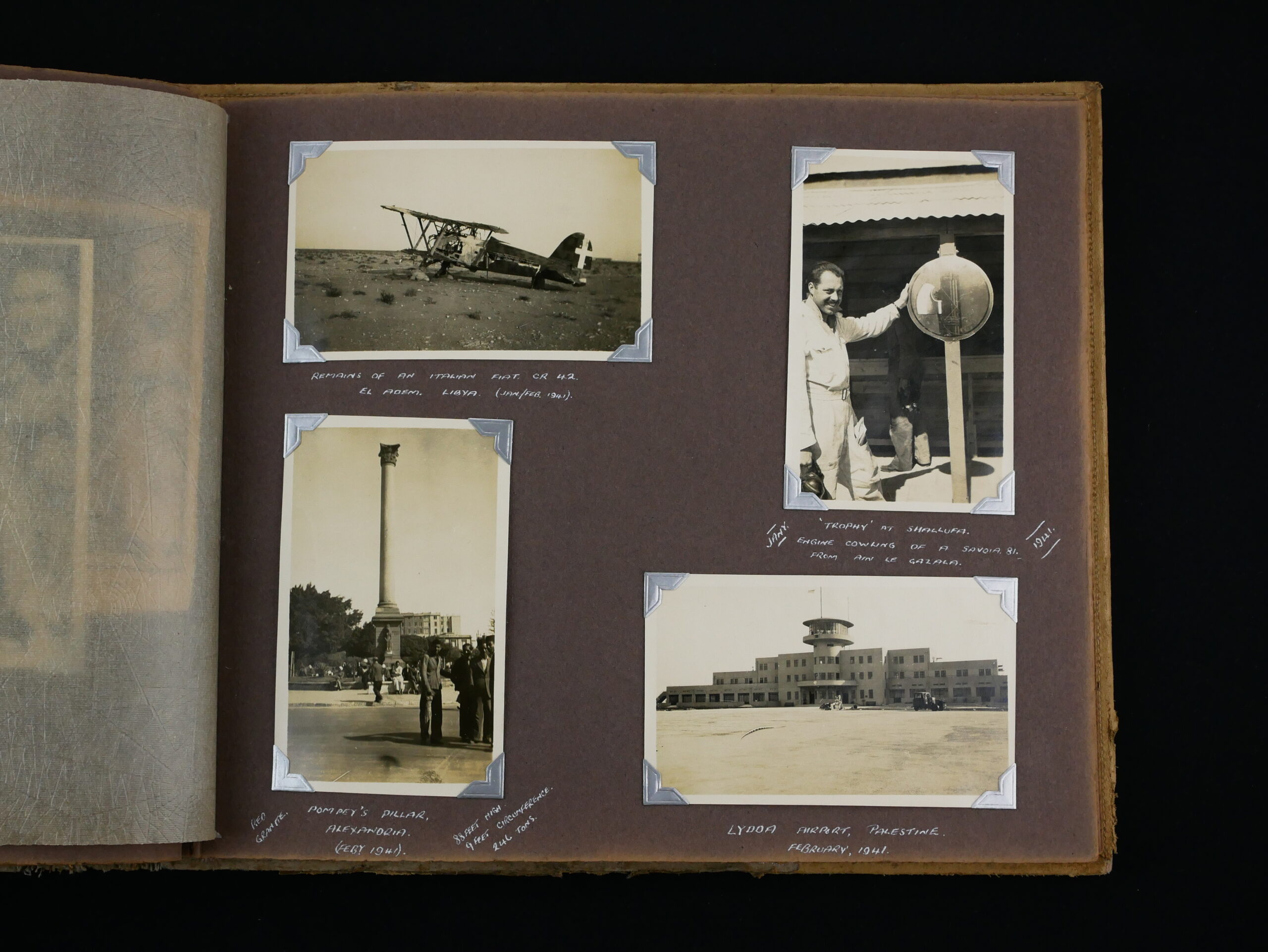
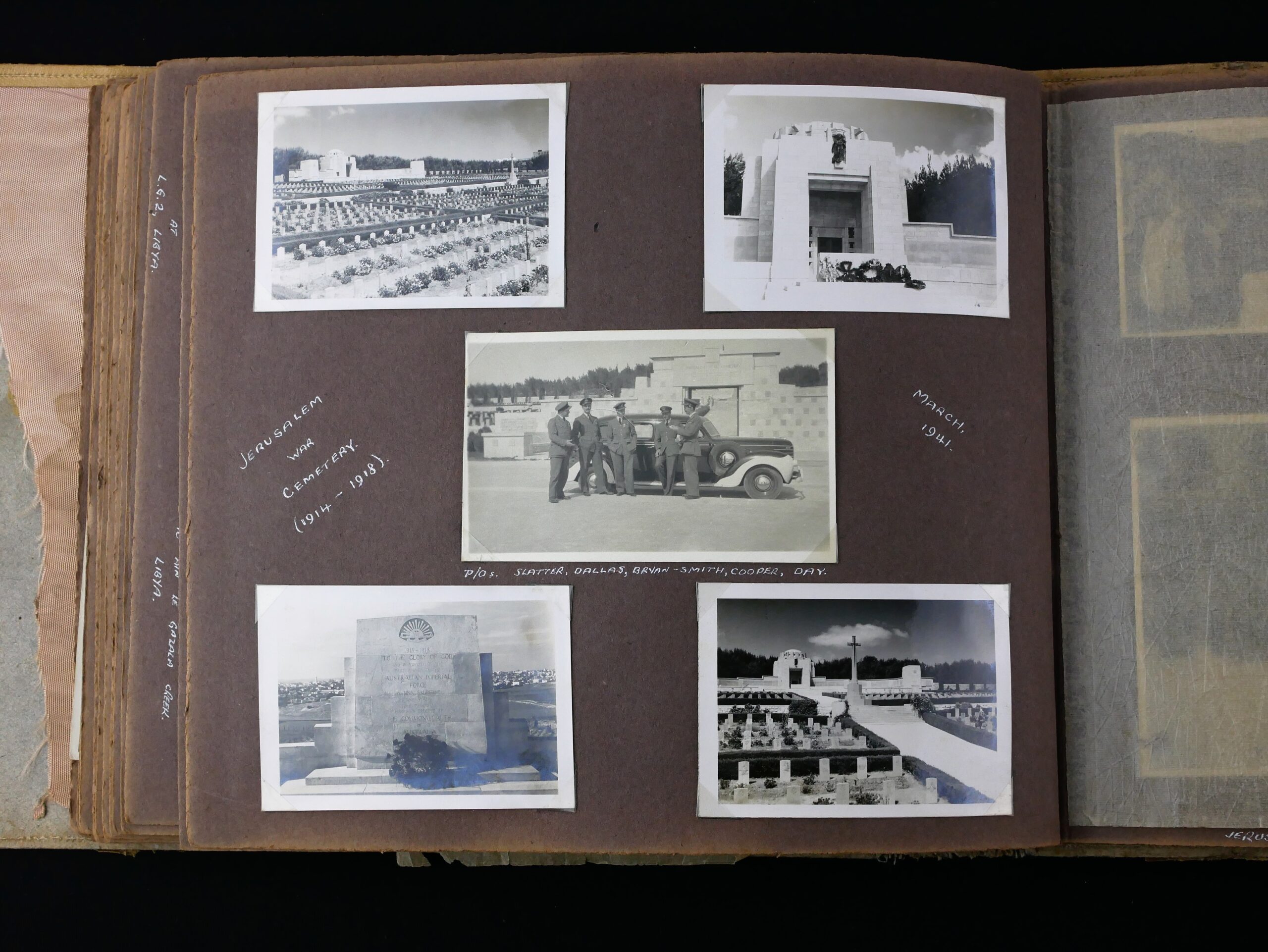

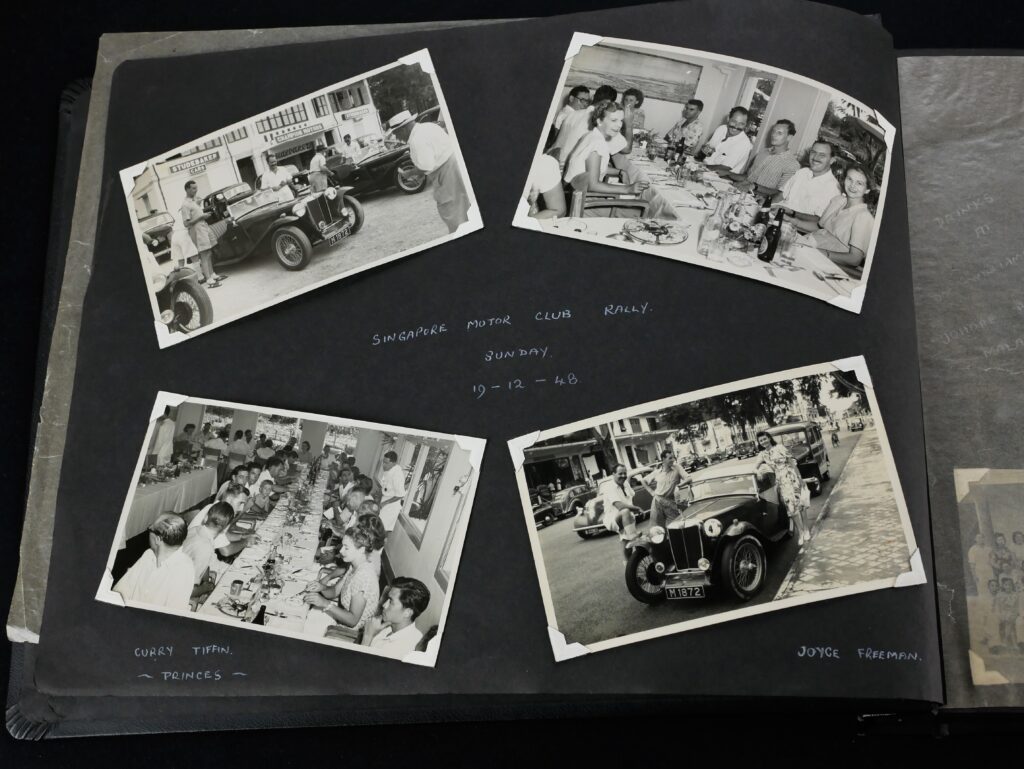
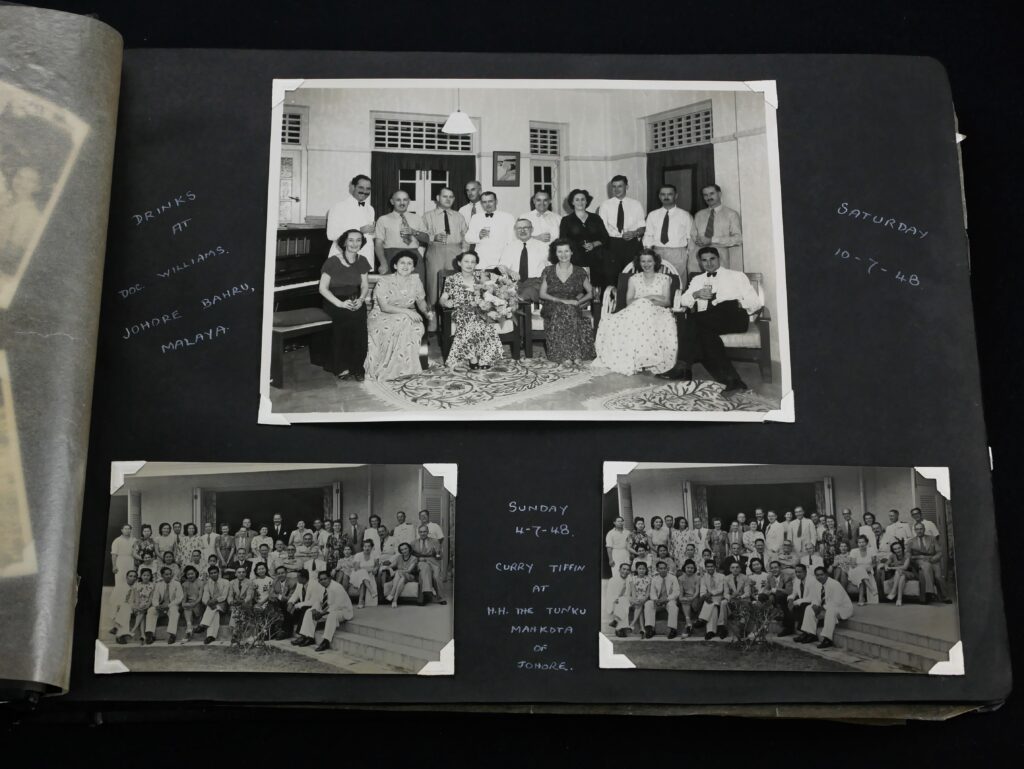
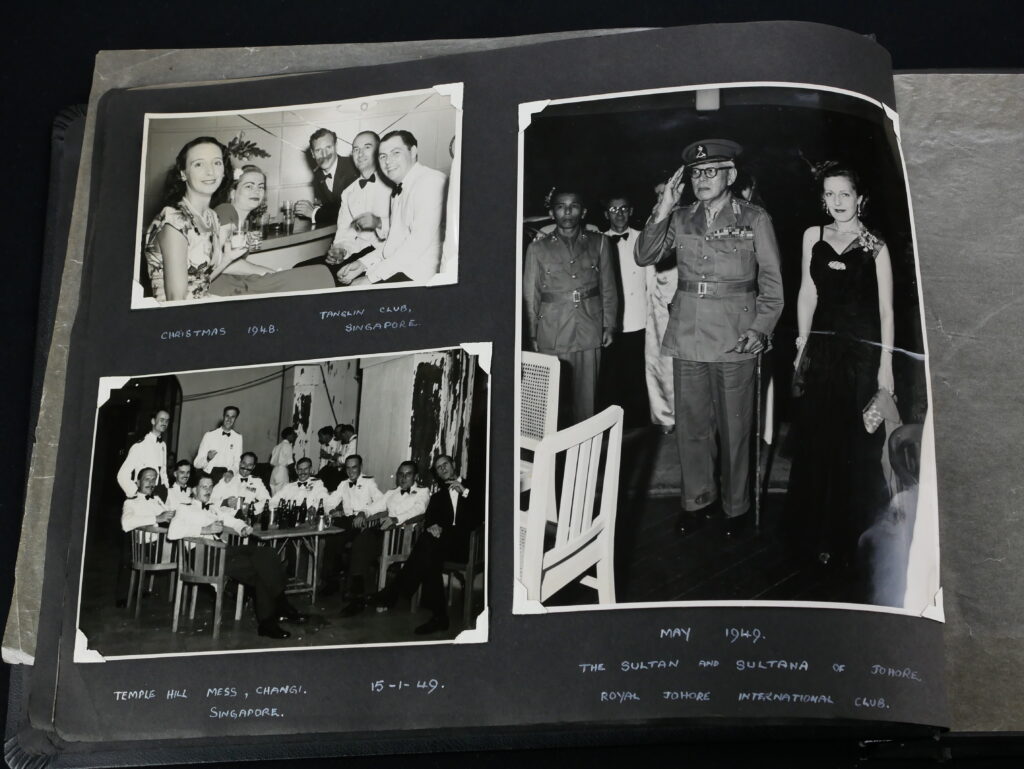
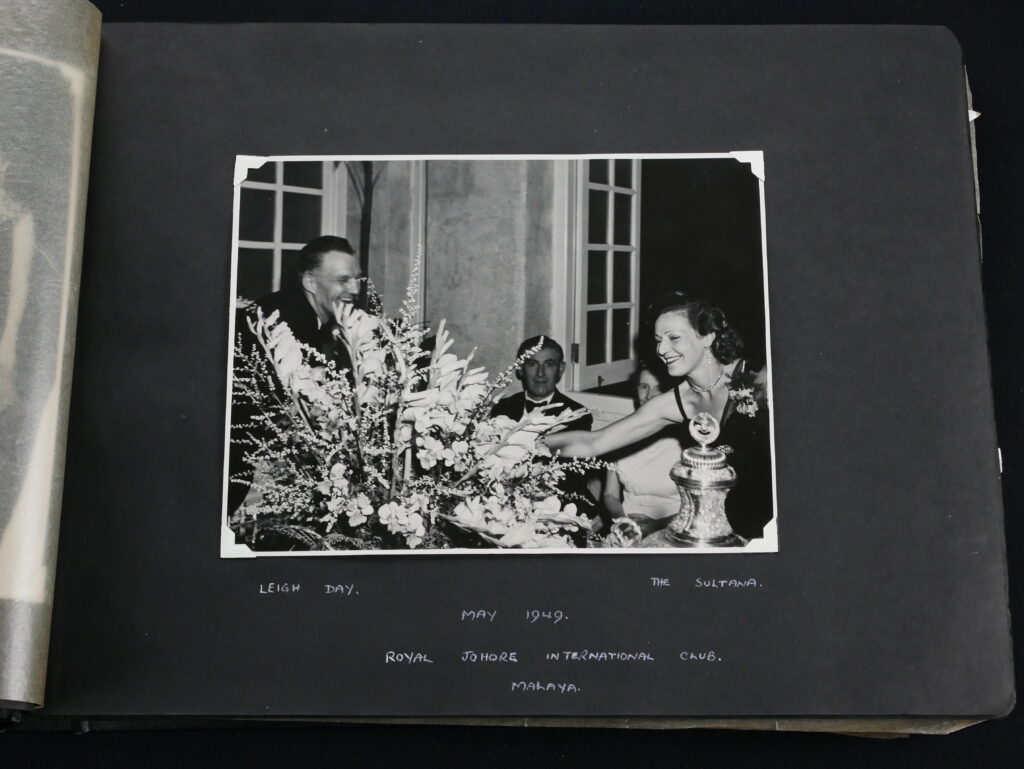
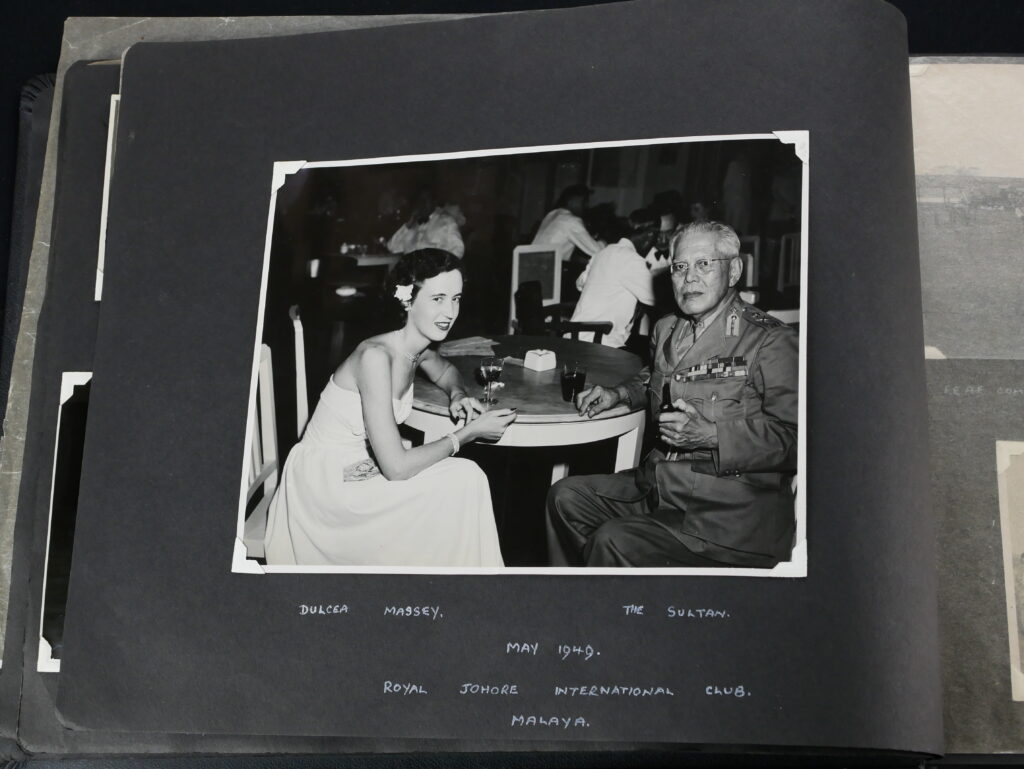
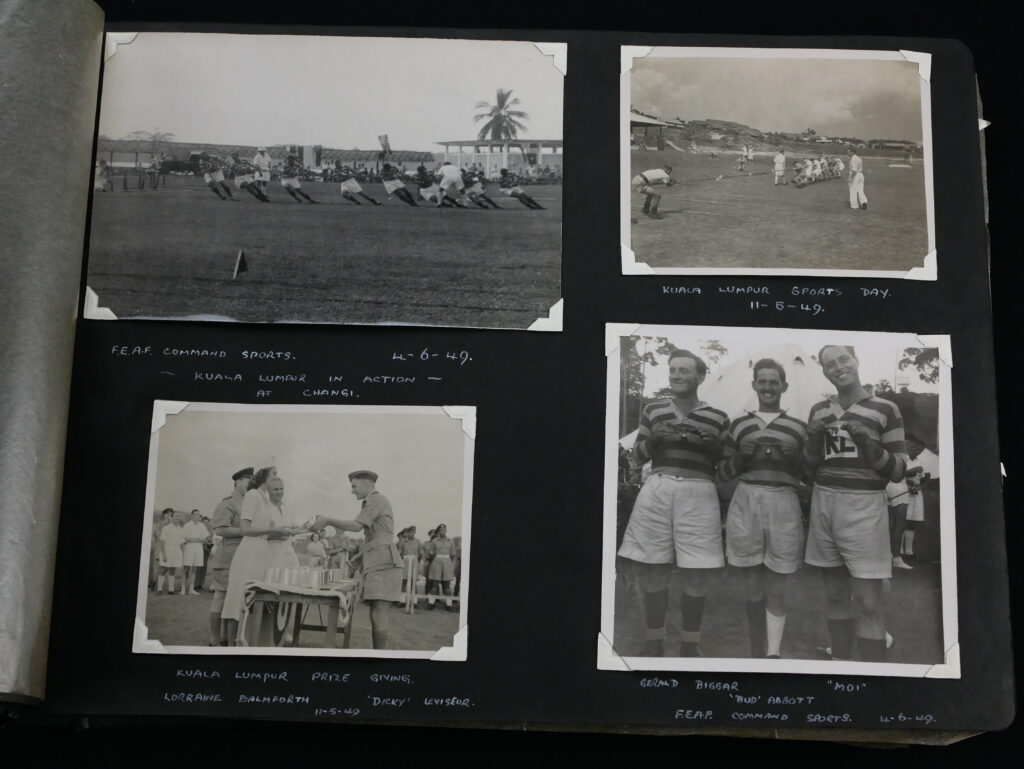
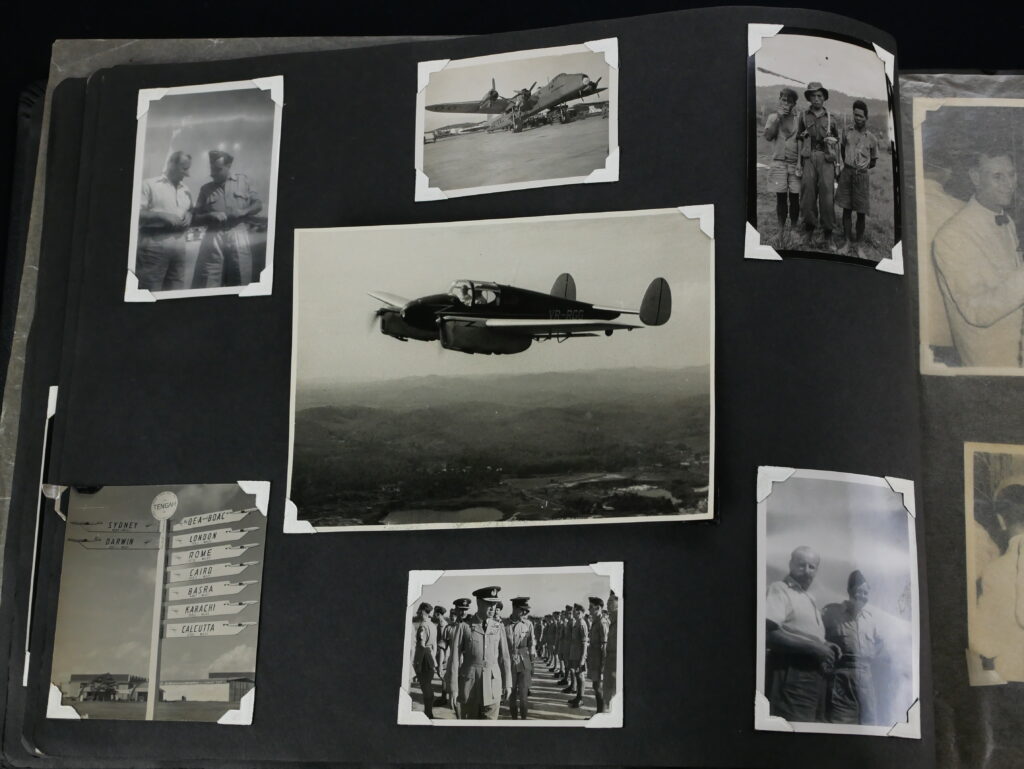
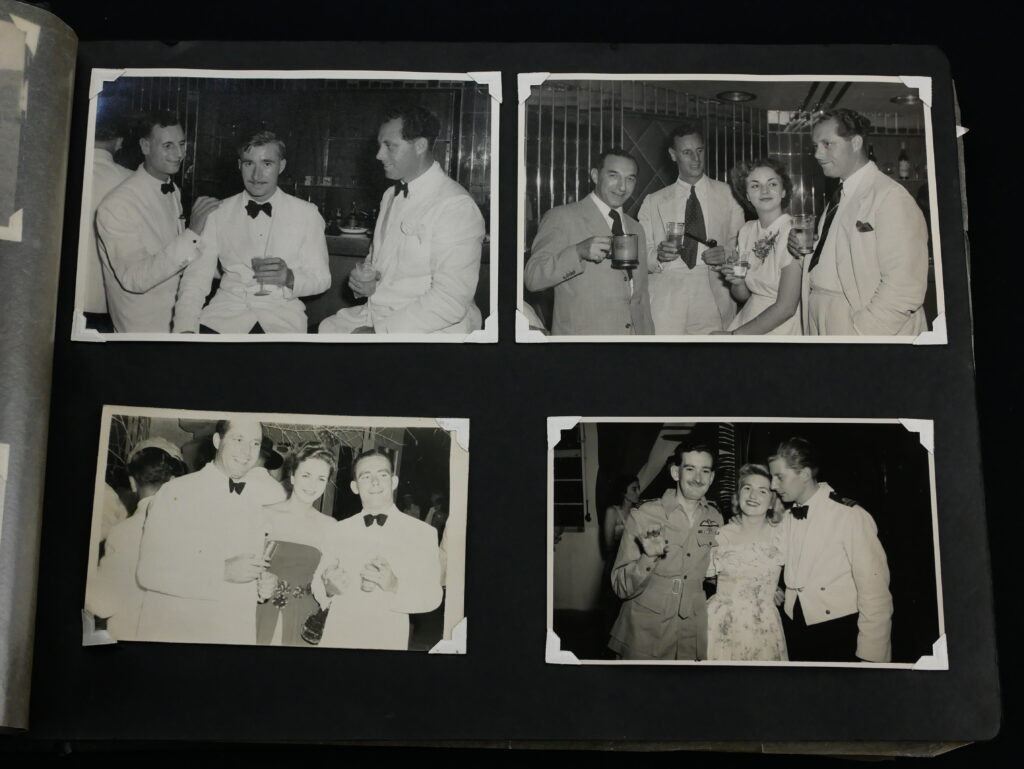
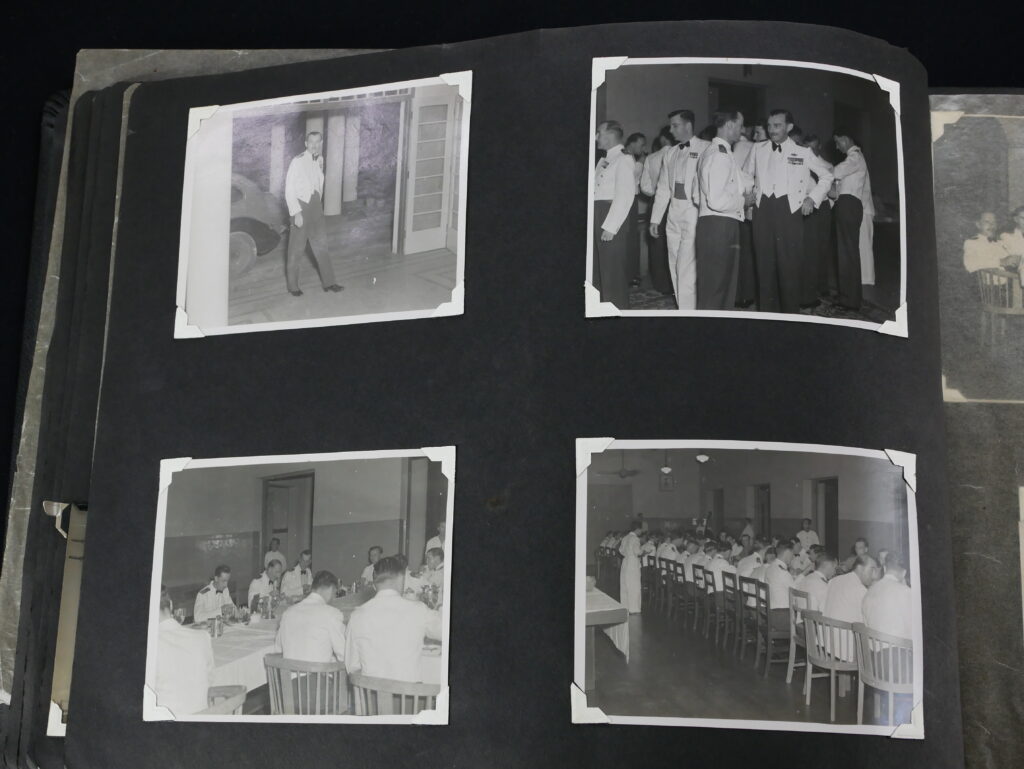
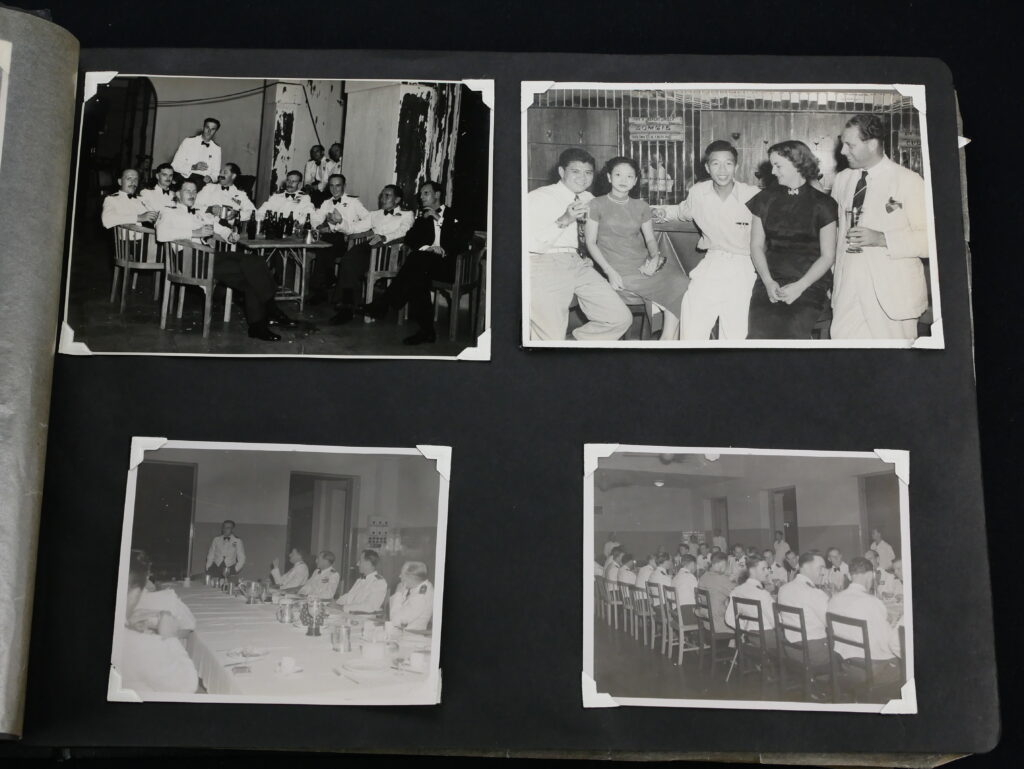
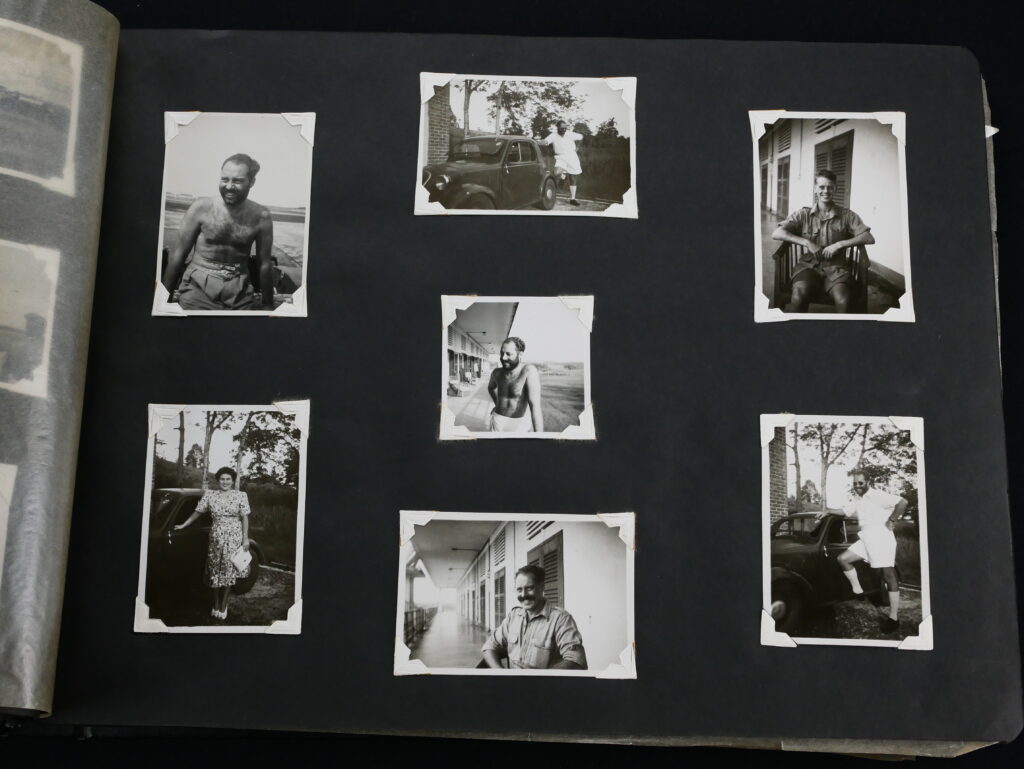
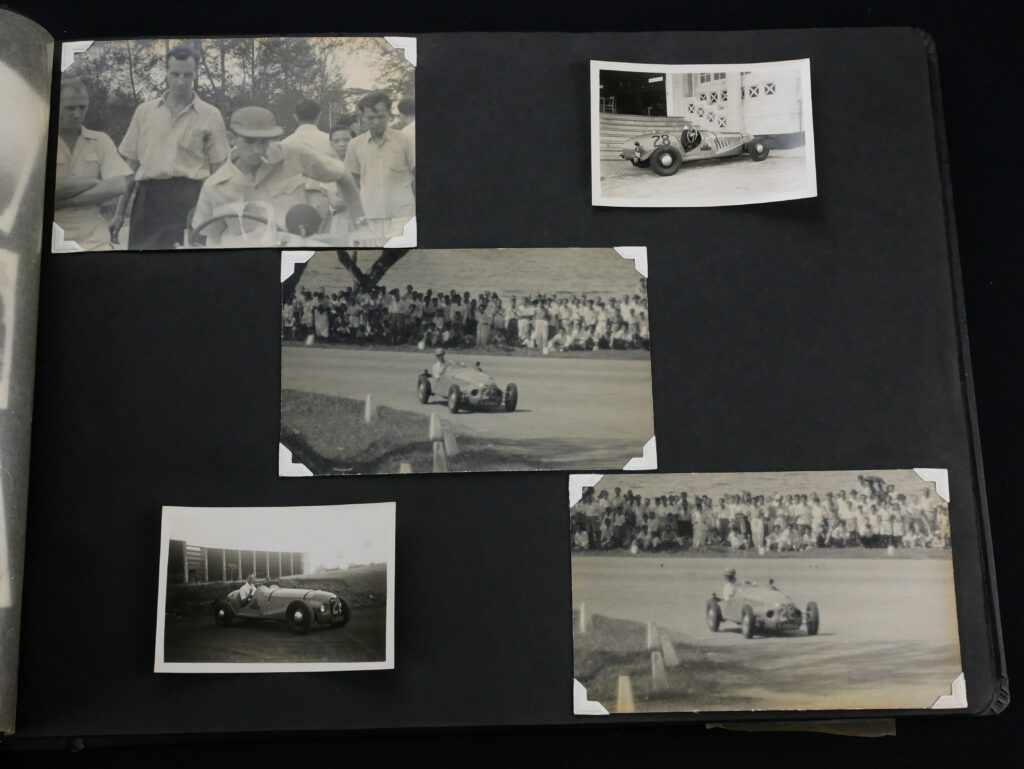
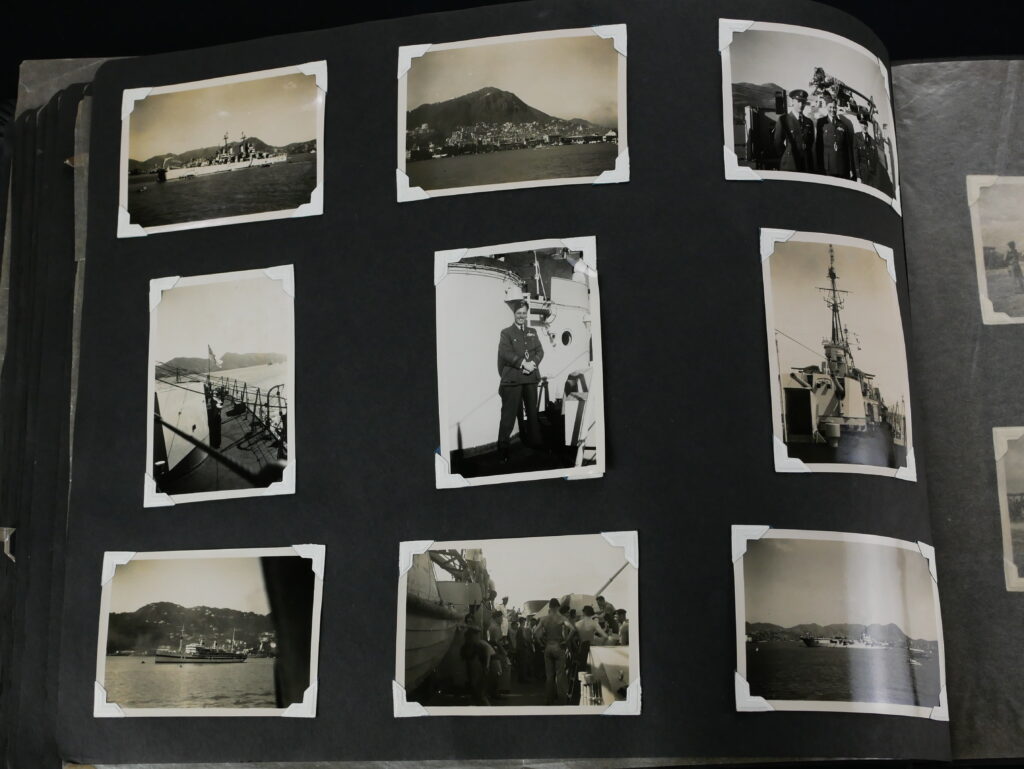
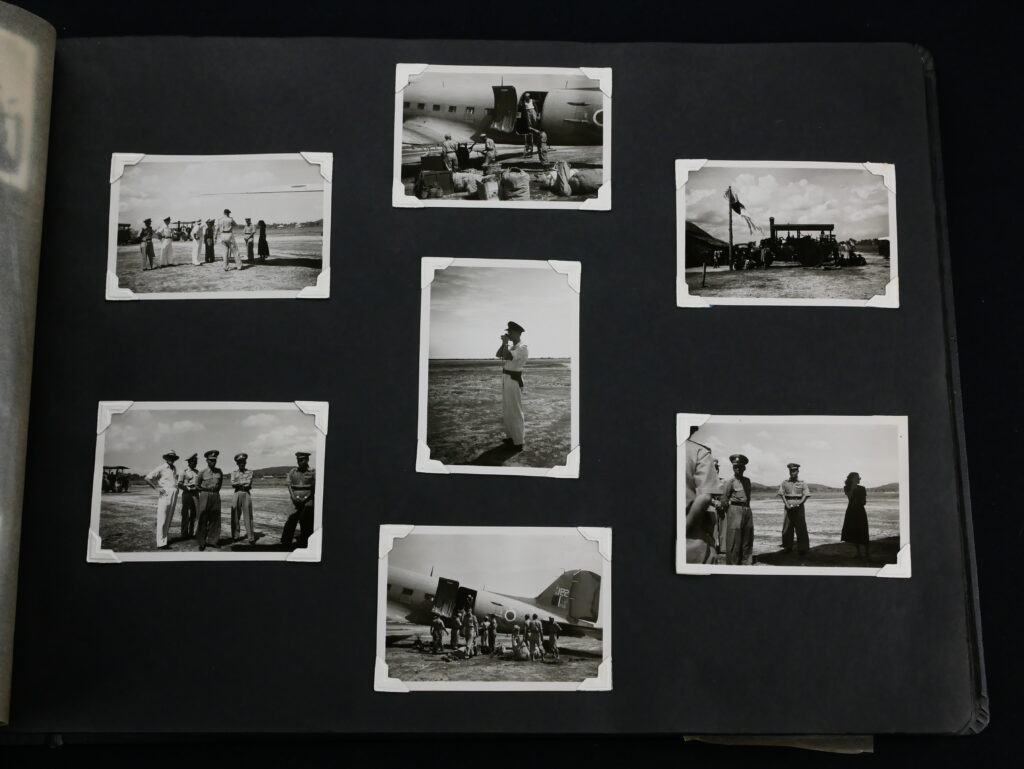

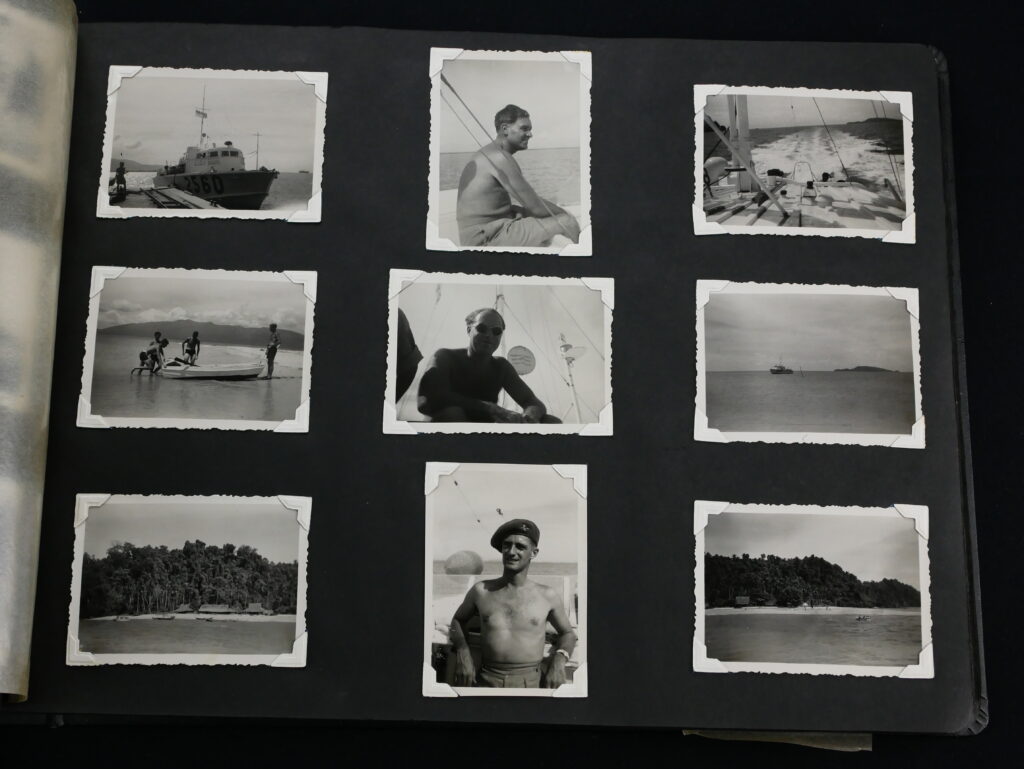
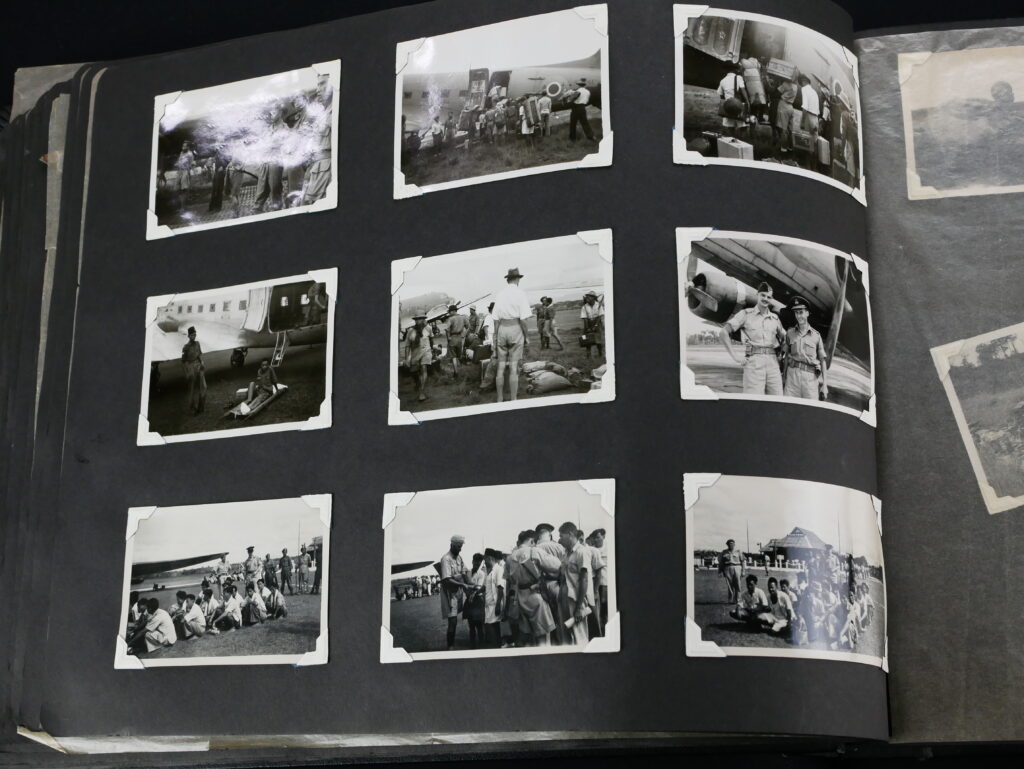
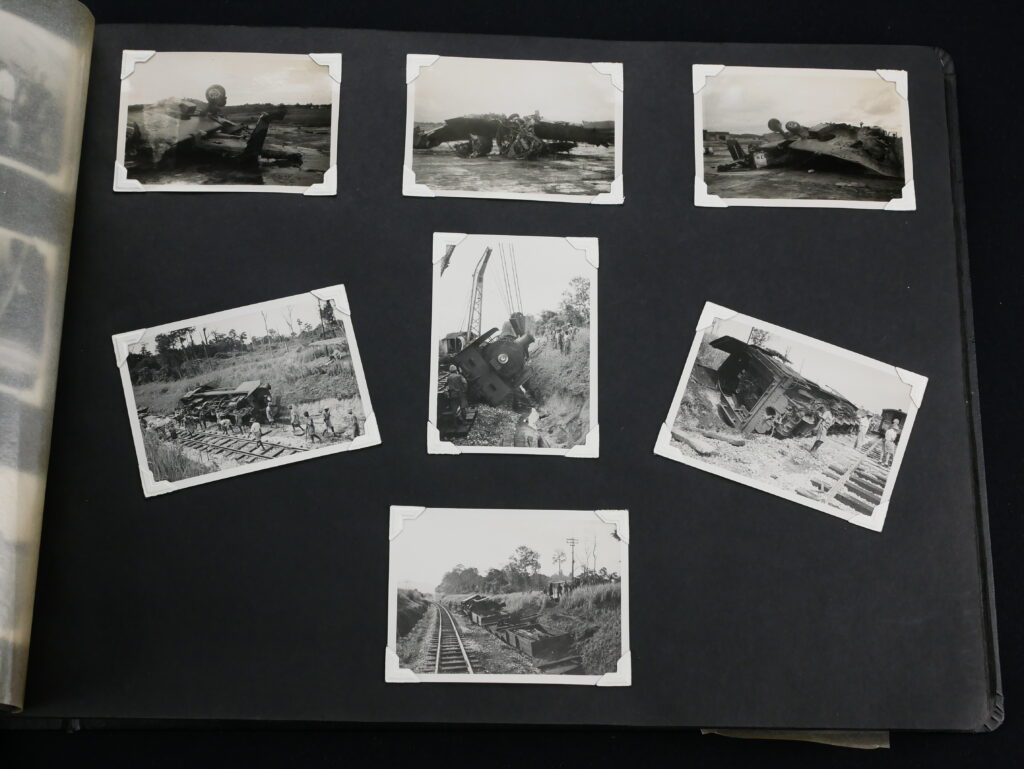
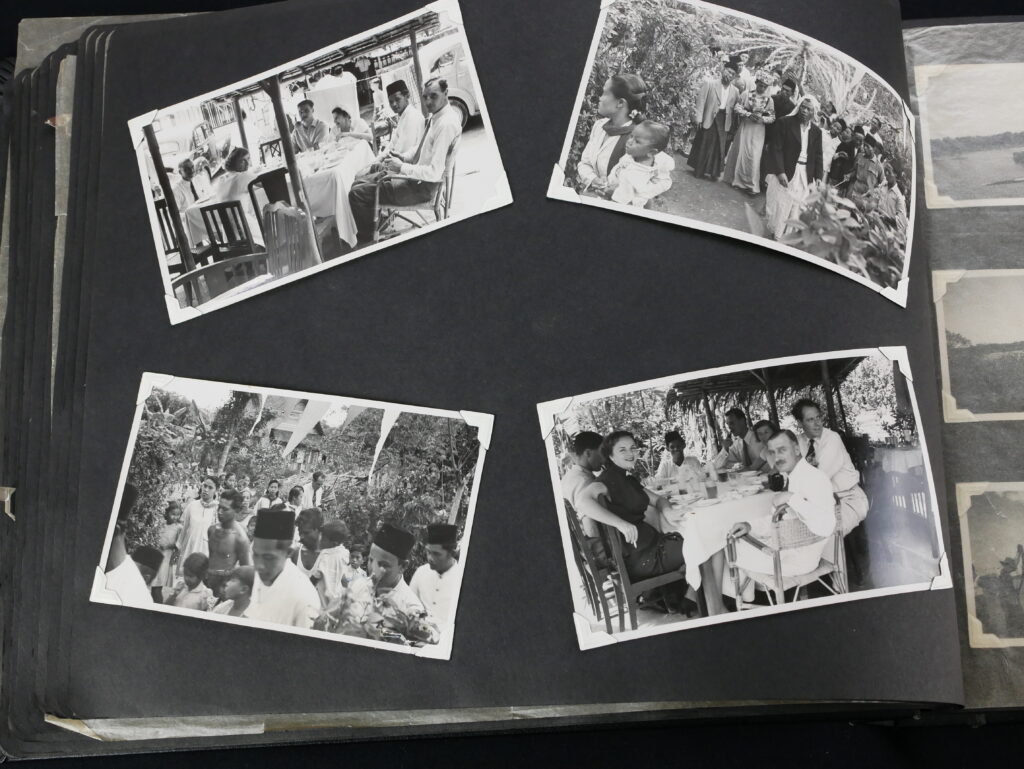
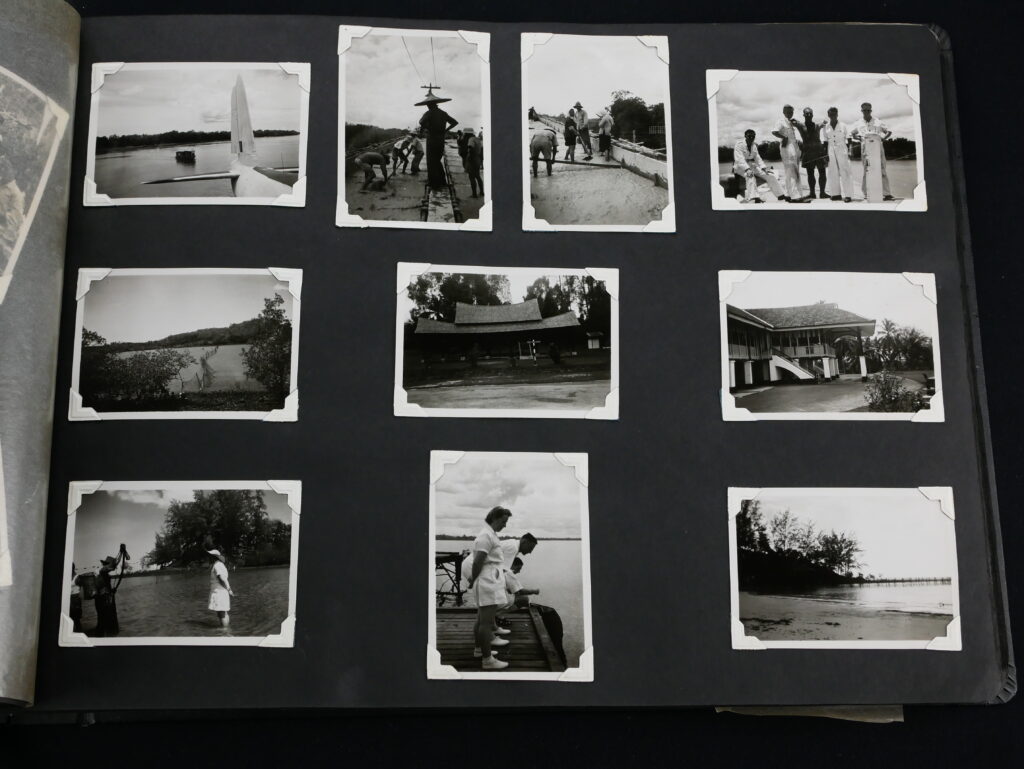
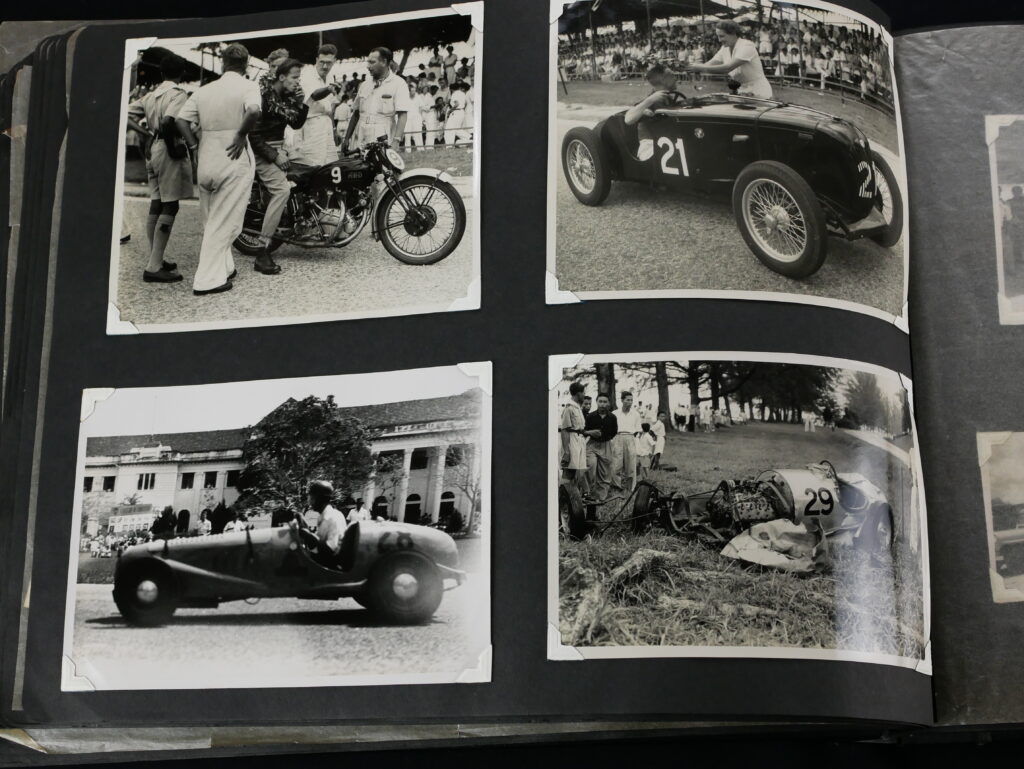
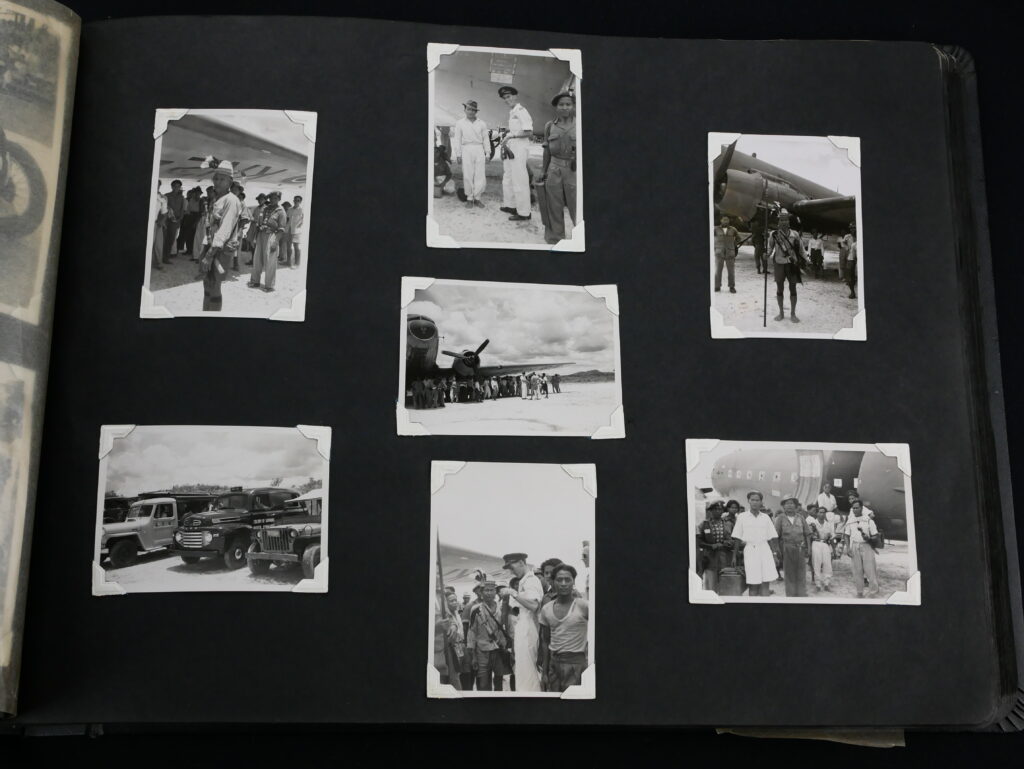

There are some striking photos taken from Hancock’s time in the Middle East around the time of El Alamein. Hancock and his crew were even featured in the Egyptian Times in 1941 and some original photos and blown-up copies are included within the collection together with original extracts from the newspaper.
There are also some rare and original Air Ministry photos of bombing targets marked “Secret”.
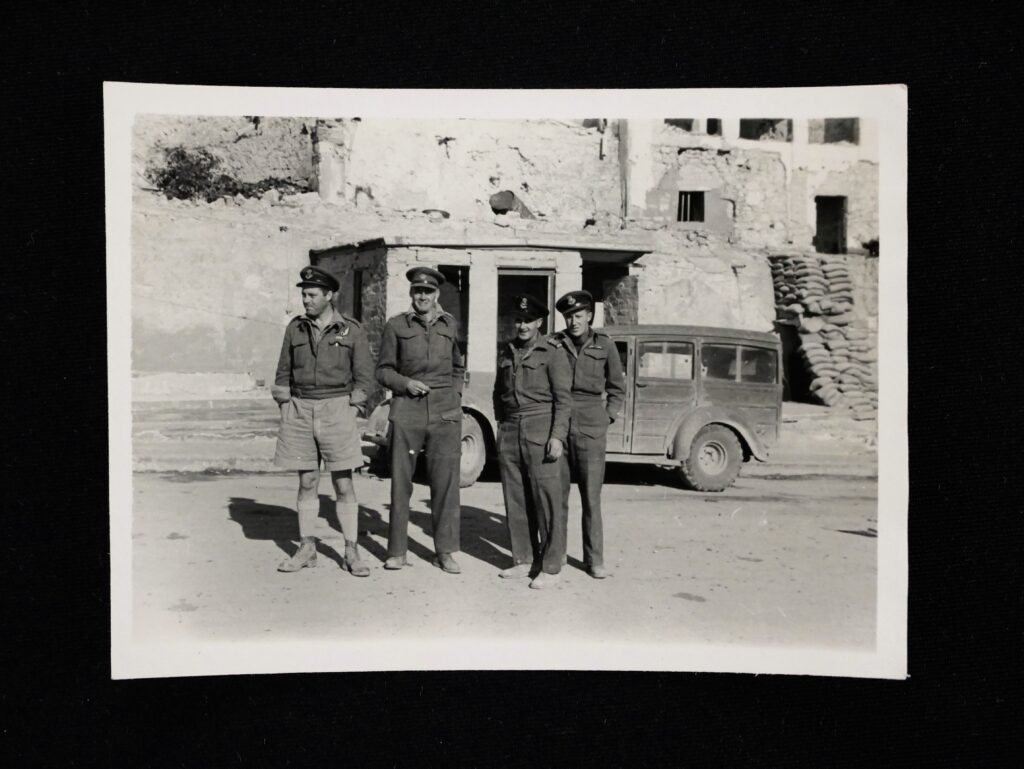
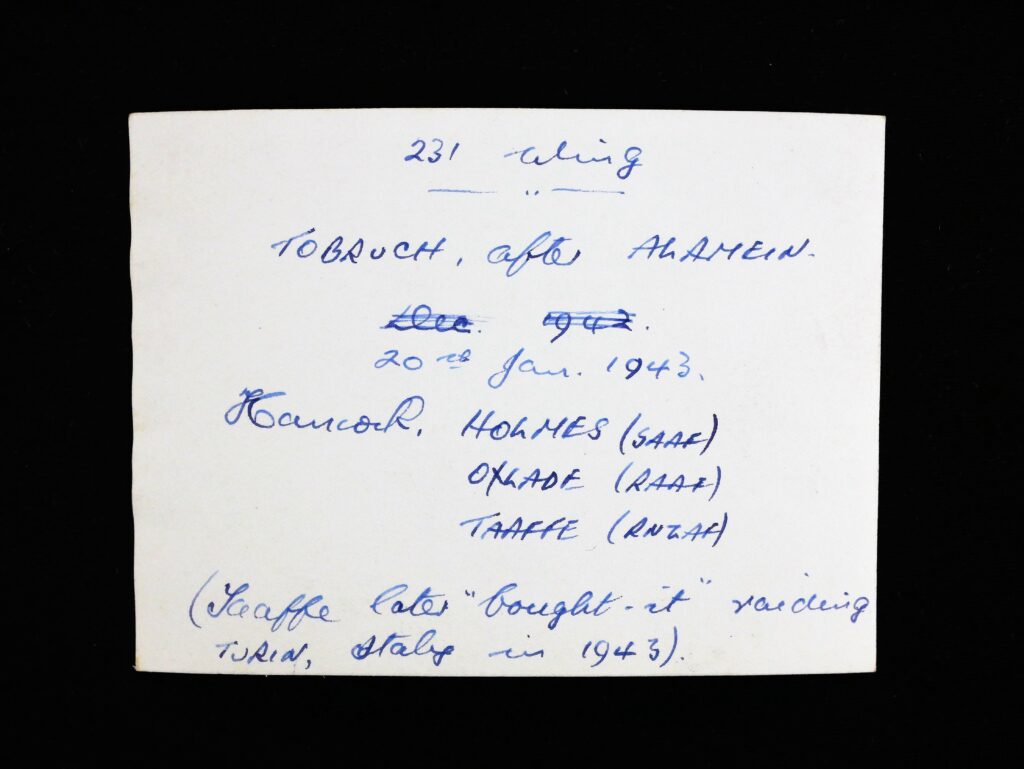
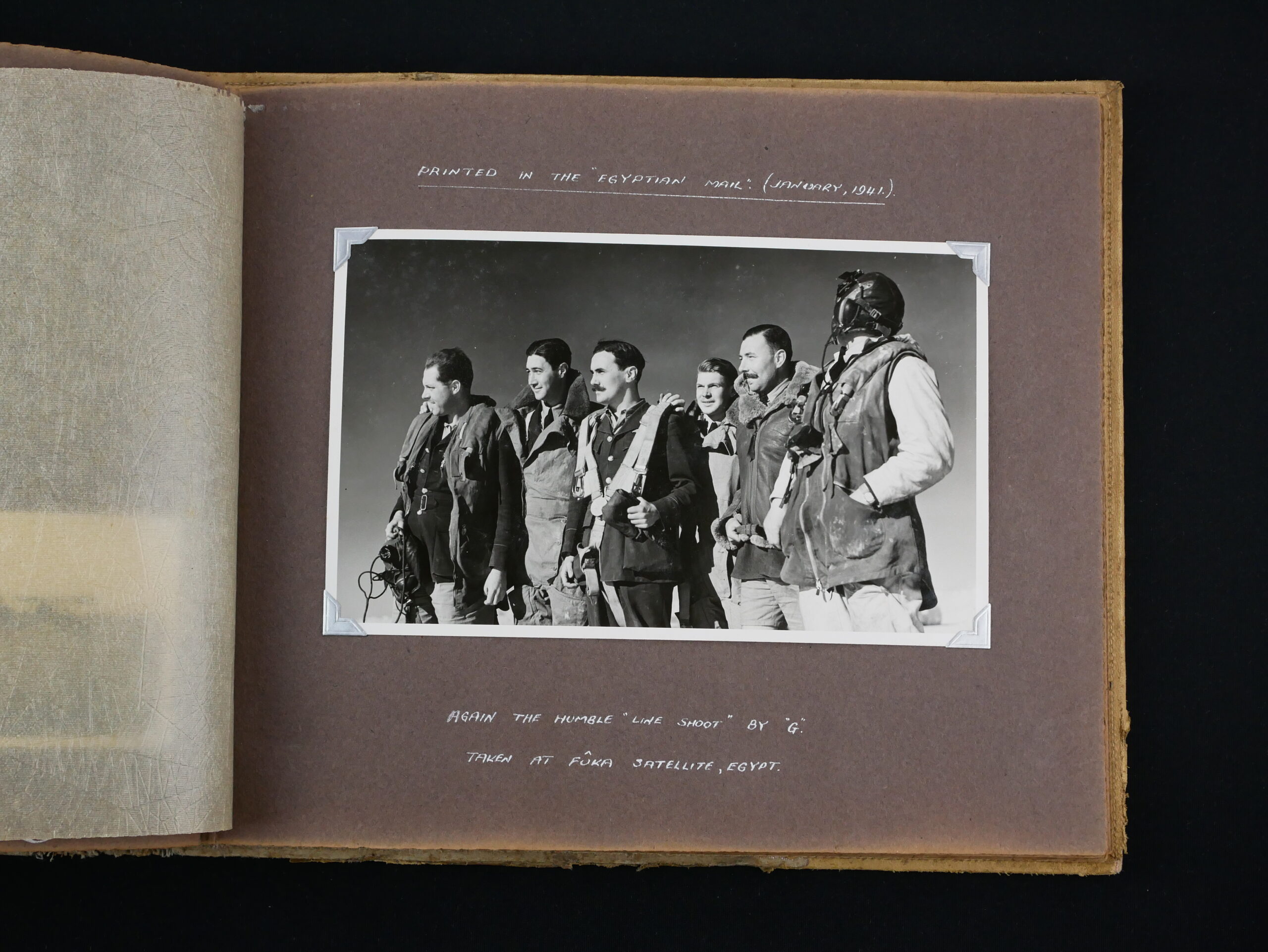
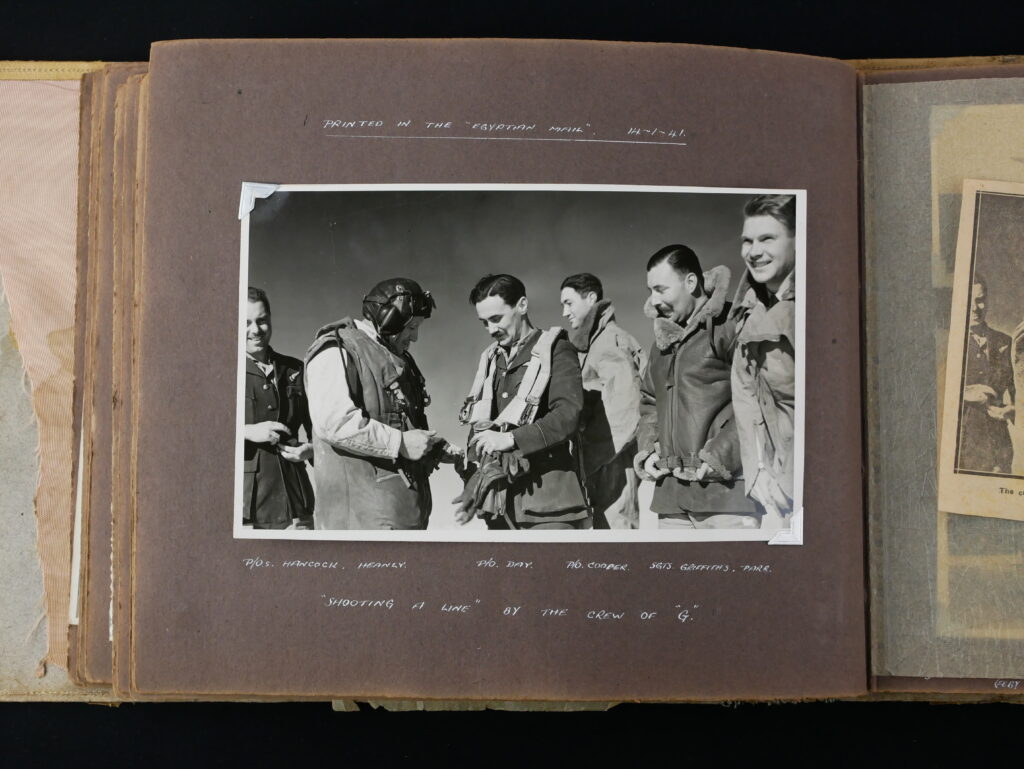
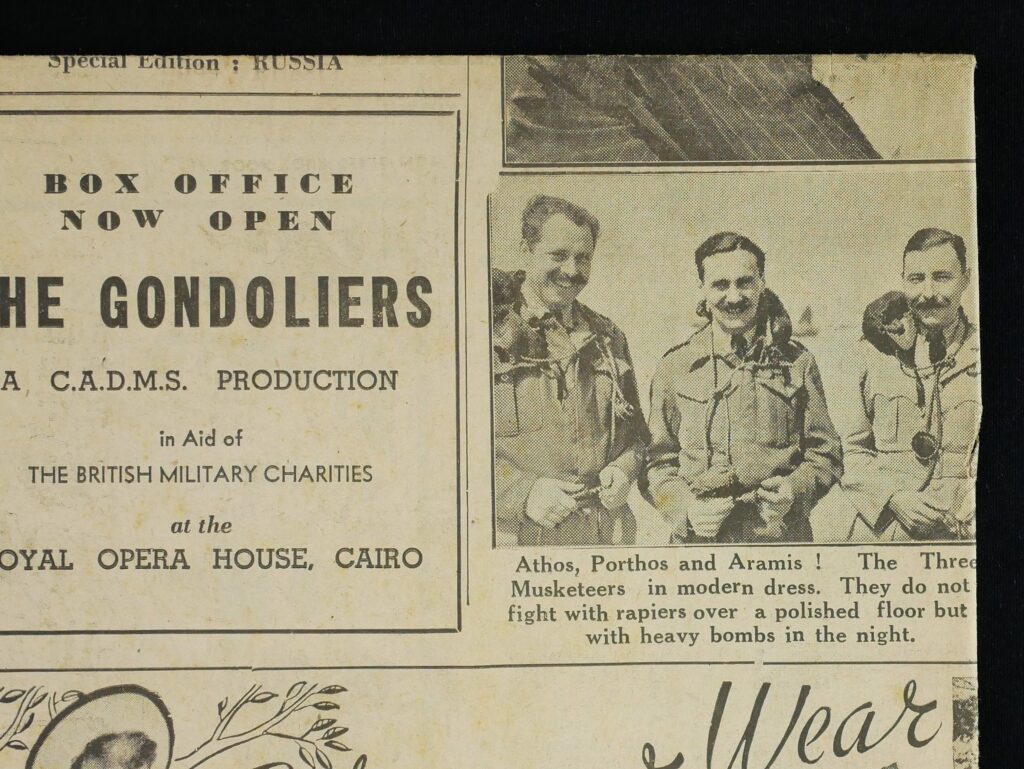

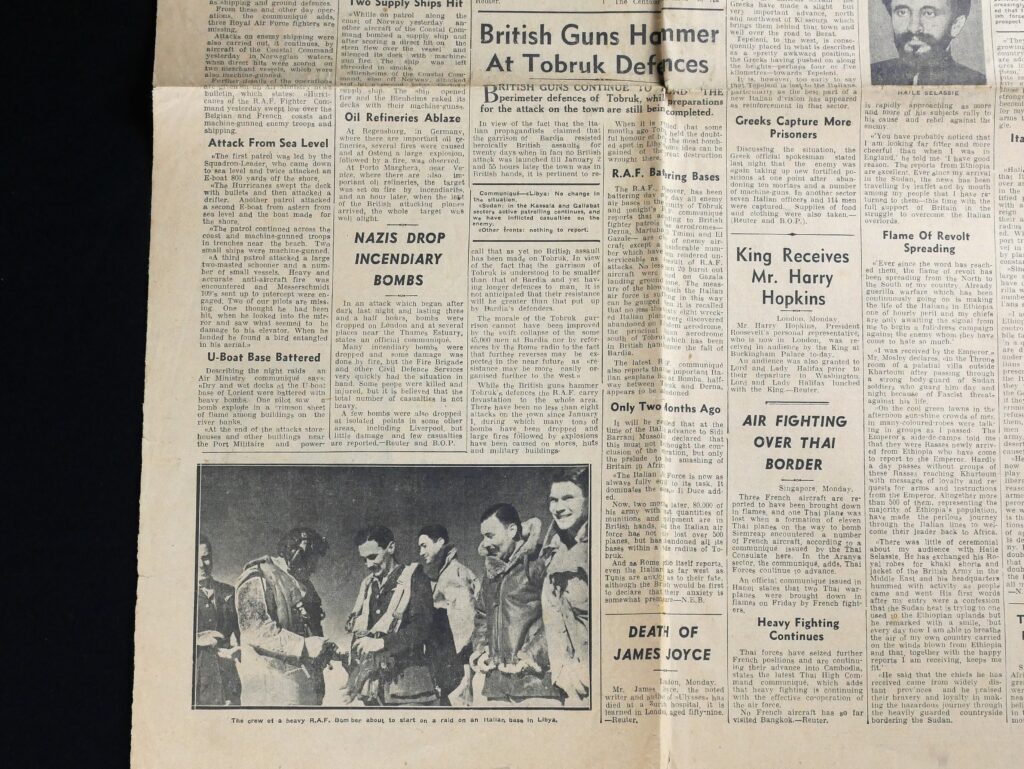
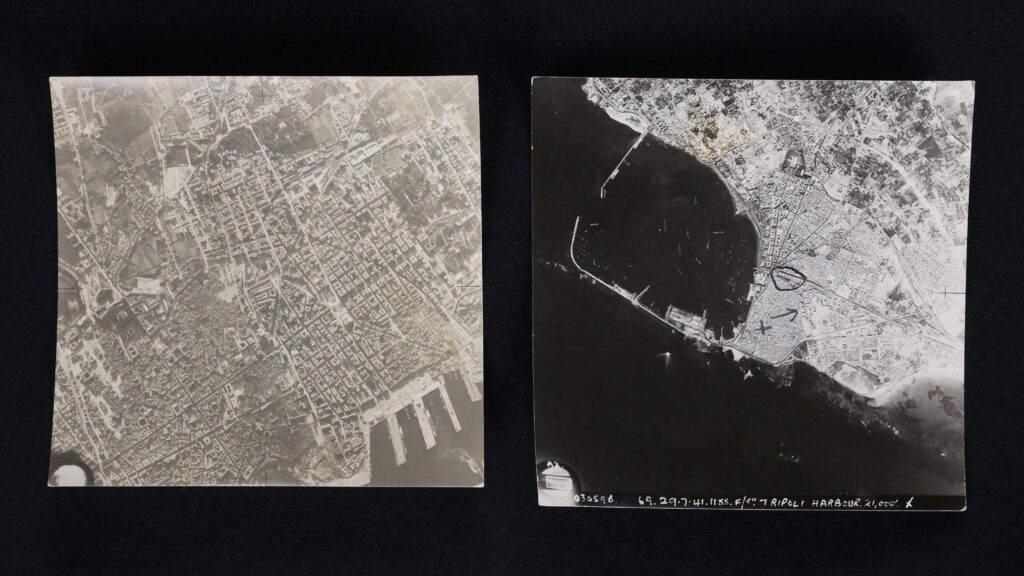
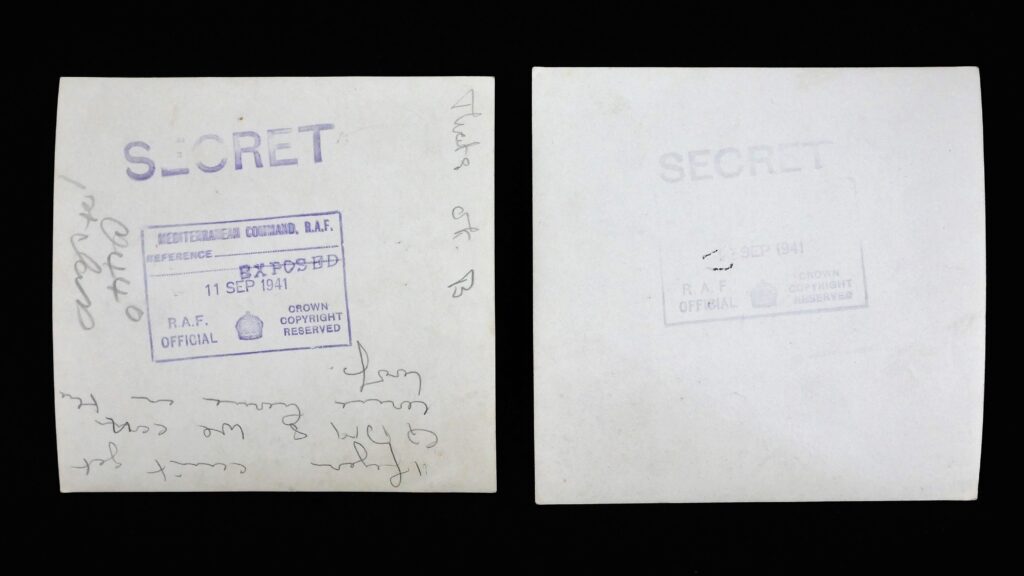
Perhaps the most special item of interest within the collection is the early original nose art depicting the popular and much-loved mascot of the day, “Jane”.
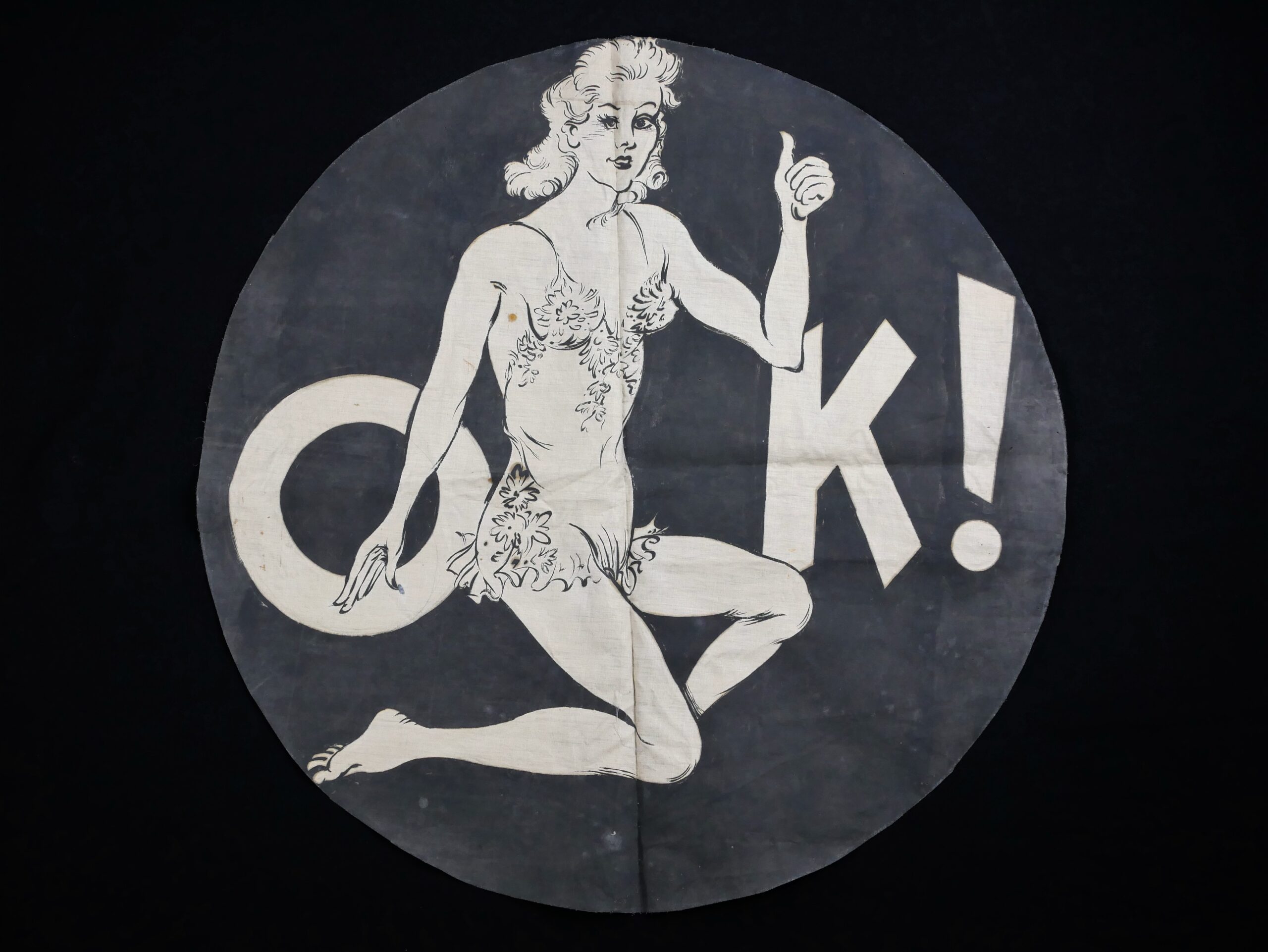
Jane was featured in a cartoon strip in the Daily Mirror and was something of a celebrity in her own right. Two very interesting articles on Jane can be found via the following links:
http://www.skylighters.org/jane/
https://geofframbler.blog/2020/01/16/a-rochester-woman-britains-ww2-secret-weapon/
Jane was a favourite with RAF crews and helped boost morale amongst the troops, so much so that Churchill famously stated Jane was “Britain’s secret weapon”. One MP in the Commons even referred to the British Army as “Janes fighting men”.
Apparently, a few days after the Normandy landings, planes dropped copies of the Daily Mirror at the famous Pegasus Bridge near Caen for the troops.
Measuring approximately 66cm in diameter, the nose art is a real rarity and is arguably the jewel in the crown of the collection.
It can be seen on the Wellington bombers featured in some of the photos of Hancock and his crew members.
One such photo dated November 1940 shows Hancock with his crew in front of a Wellington. The photo is entitled “Avec Jane”, which refers to the image/aircraft in the background.
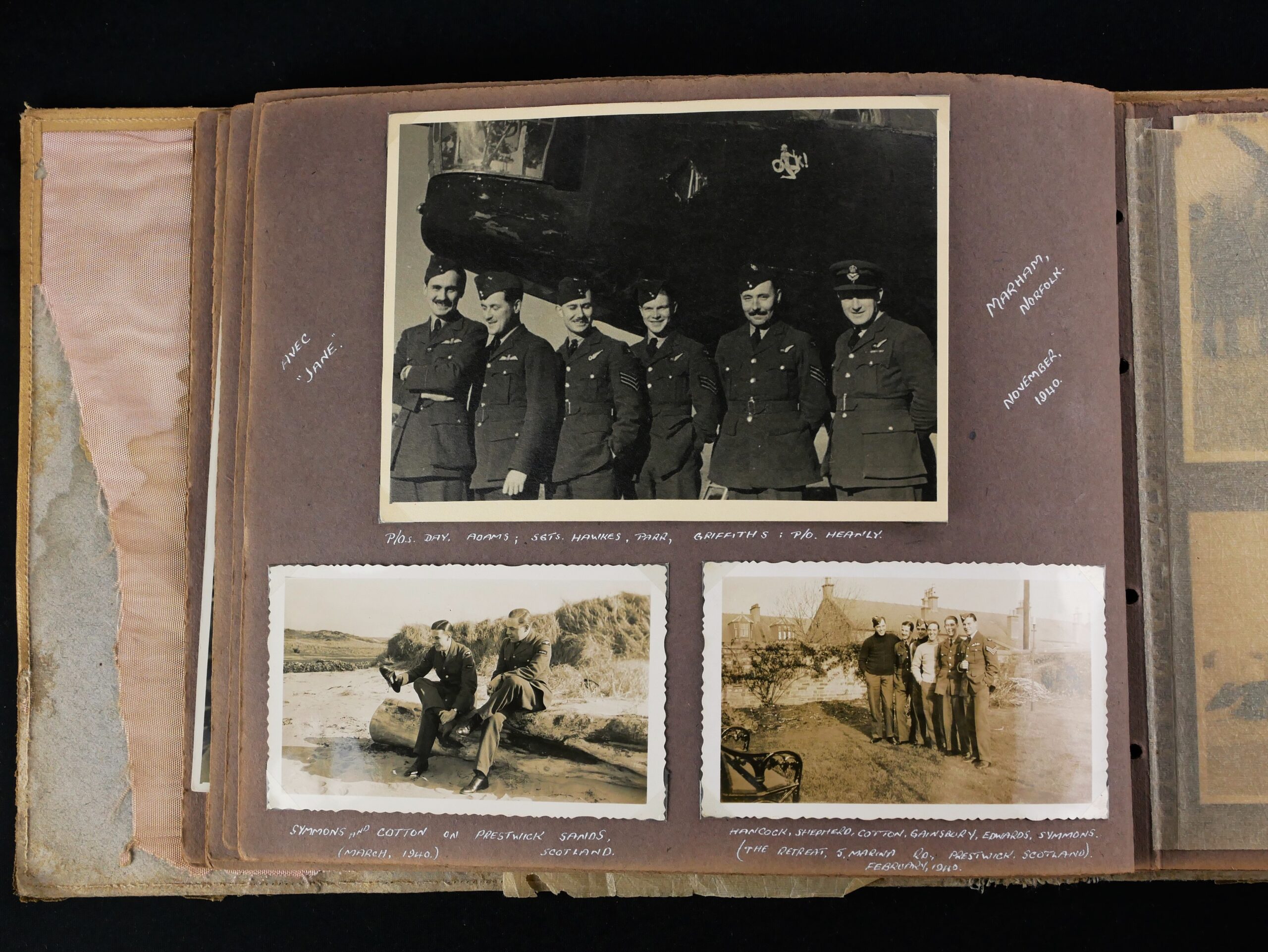
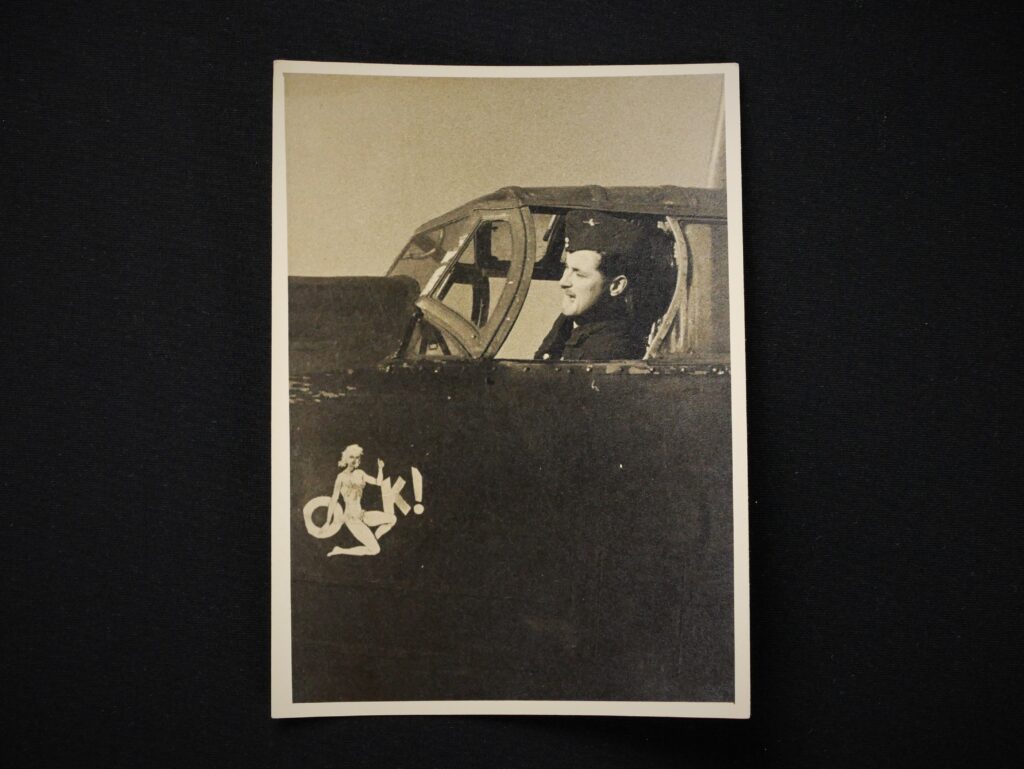
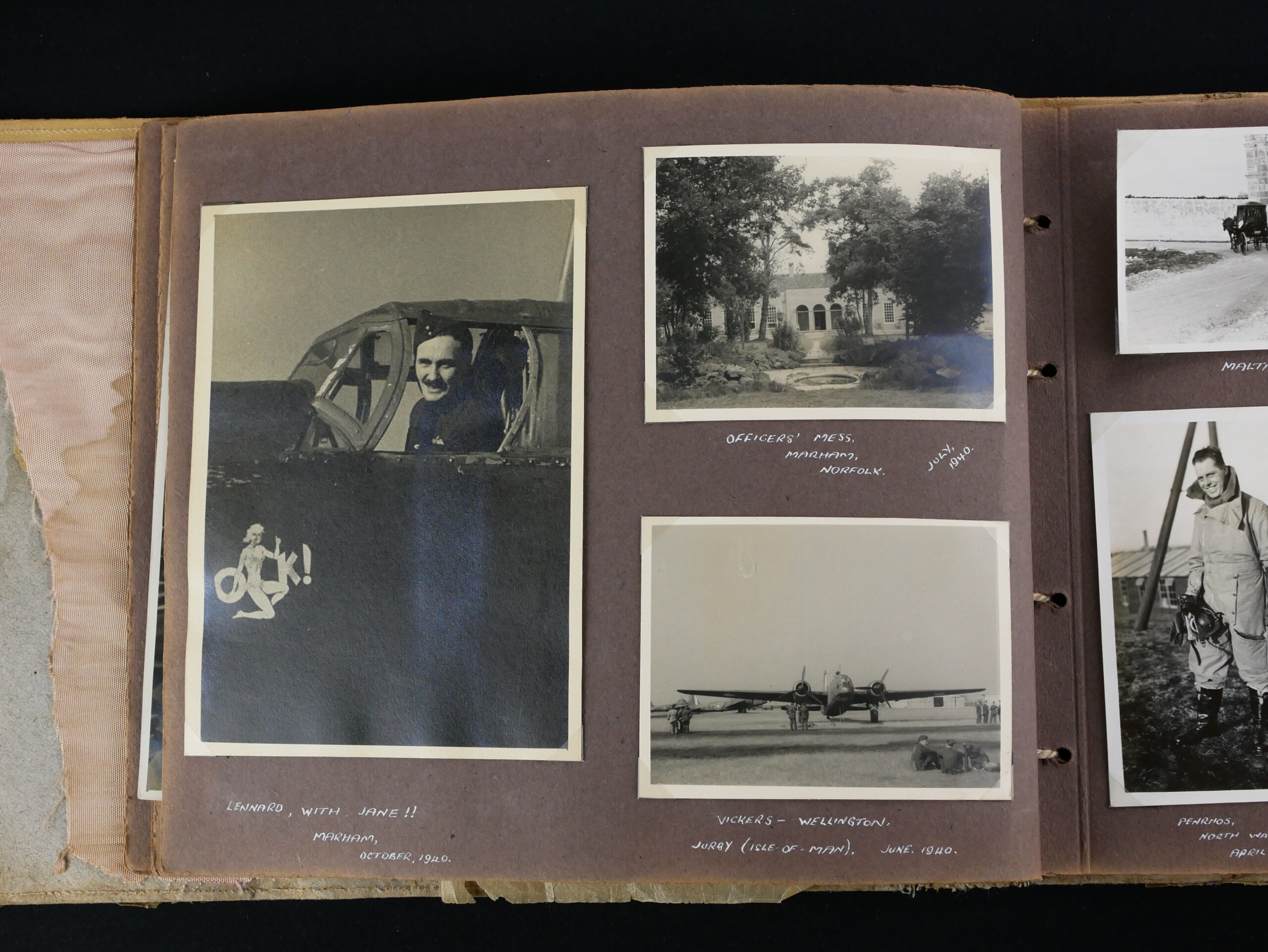
Hancock rose to the rank of Squadron Leader and following a long and distinguished career spanning over 22 years, he retired from the RAF on 2 September 1961. He later joined the Royal Auxiliary Air Force in 1963 and later became mess manager at RAF Mountbatten in Plymouth. He continued an interest in flying and the last entry in his logbook confirms his flight as a passenger in a civilian Twin Otter on 7 April 1986.
Hancock also served in the St Johns Ambulance before and after the war and was invested as a Knight of the Order of St John in 1976.
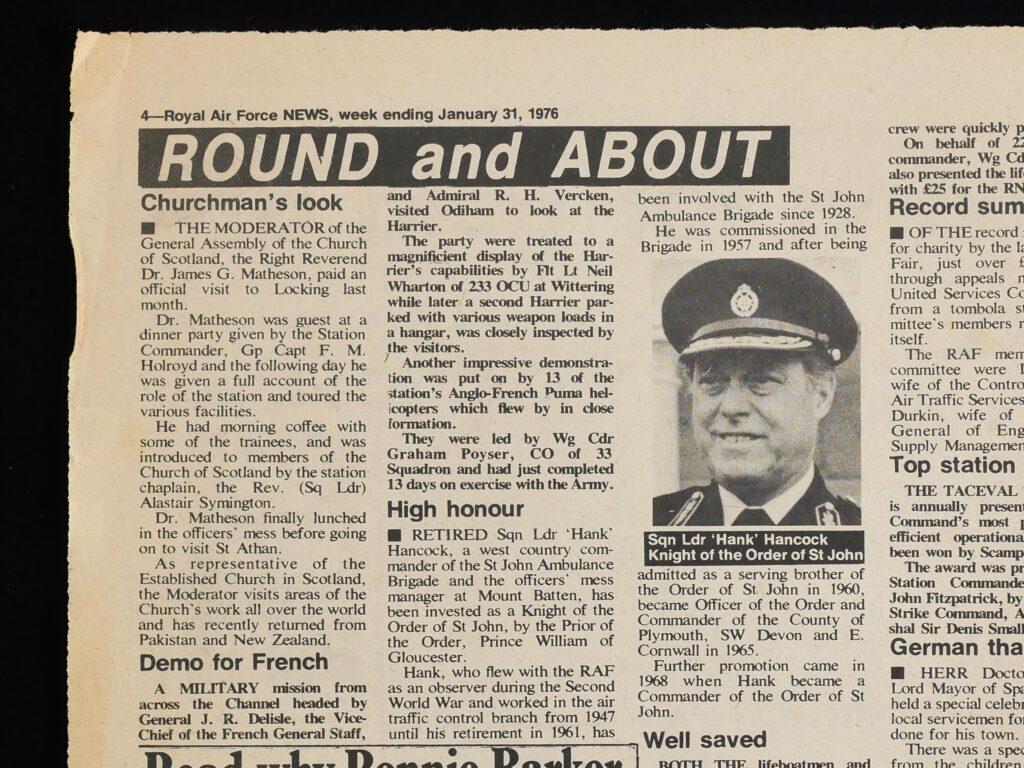
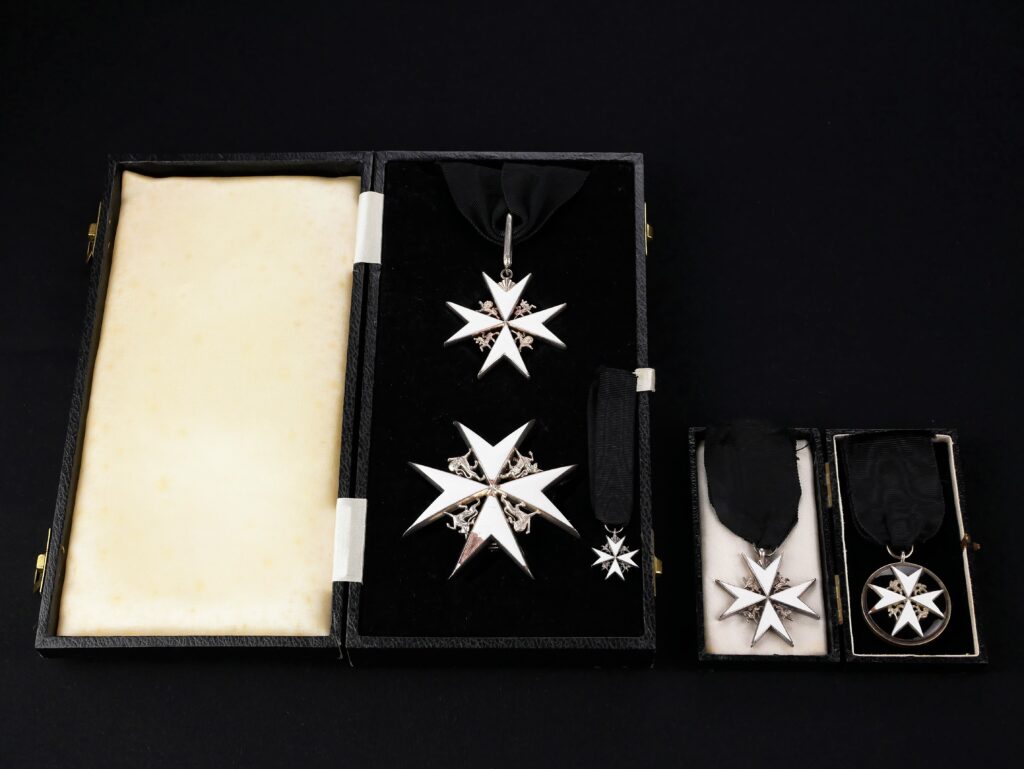
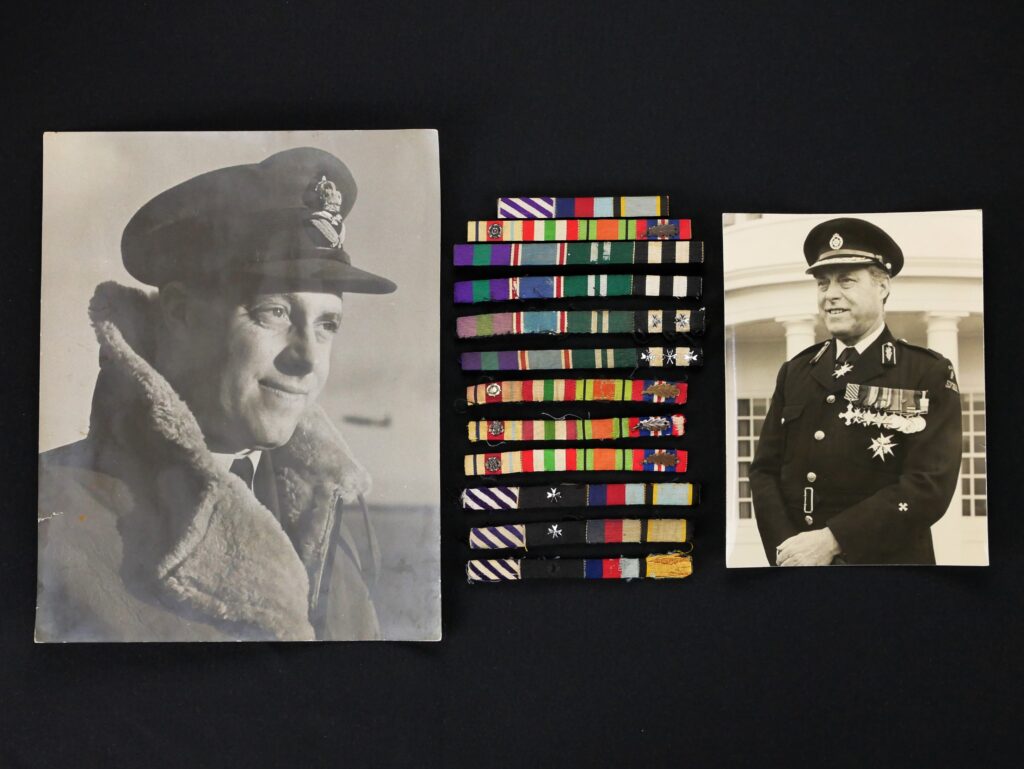
We cannot recall such a fascinating and comprehensive collection ever being offered for sale. It is entirely new to the market, having been stored away by Hancock’s family since his death.
The collection has something for everyone, whether they be a military watch collector, medal collector, aviation enthusiast or vintage comic fan.
Hancock’s long and distinguished RAF career and the crucial operations in which he served are nothing short of remarkable. The collection has immense historical importance and as such, it deserves to be kept together and preserved for future generations.
The collection will be listed for sale shortly and it is our sincere wish it will go to someone who will truly appreciate it and Jessie Hancock’s courage, determination and devotion to duty for which his DFC was well won.
Thank you for your interest.